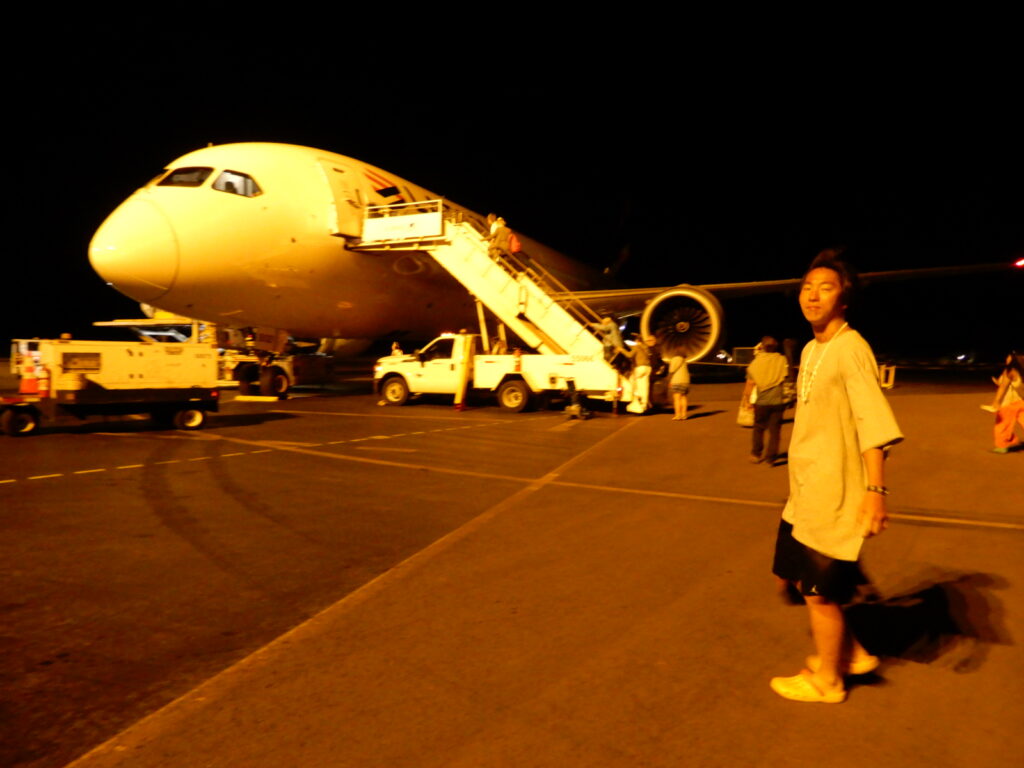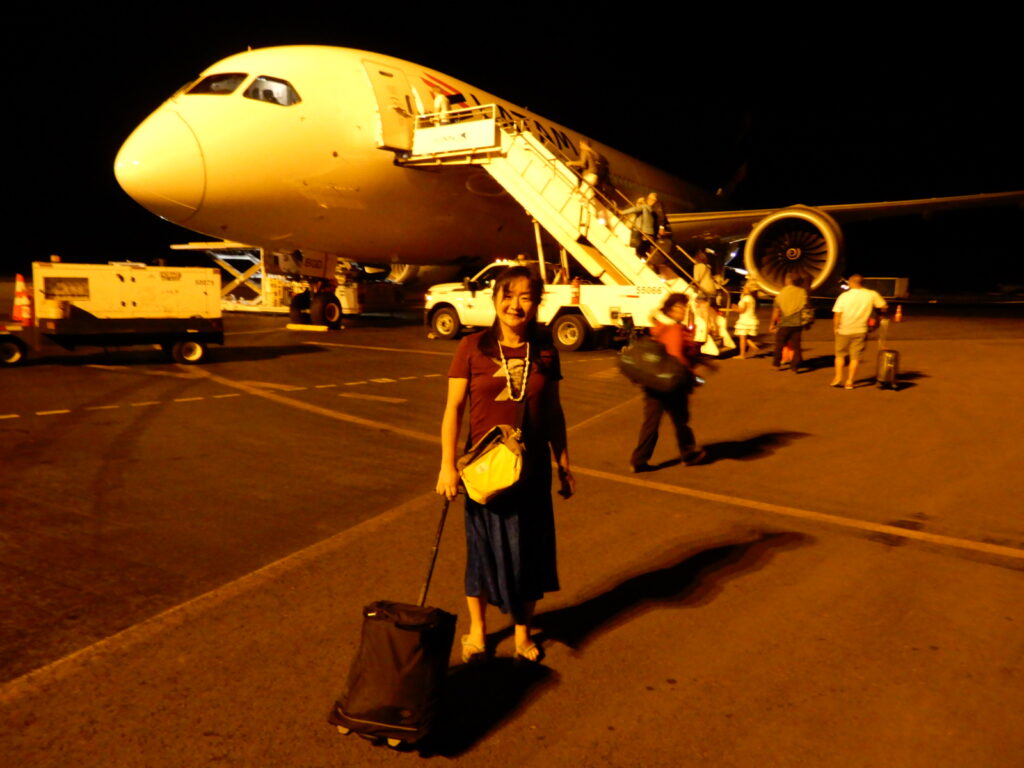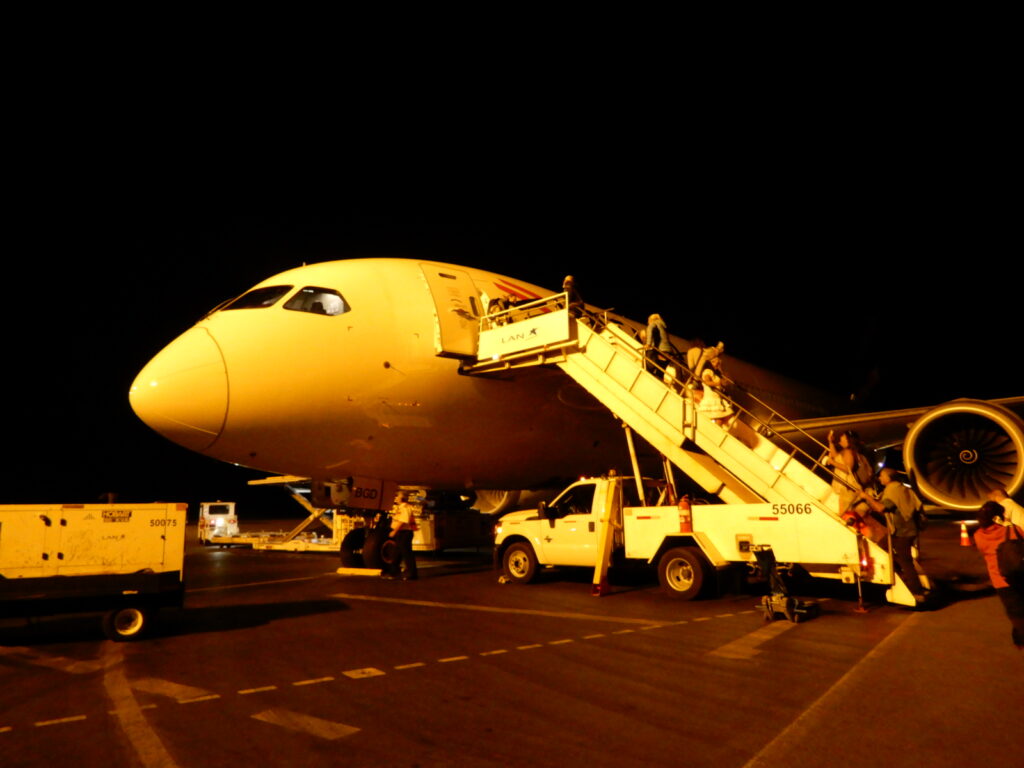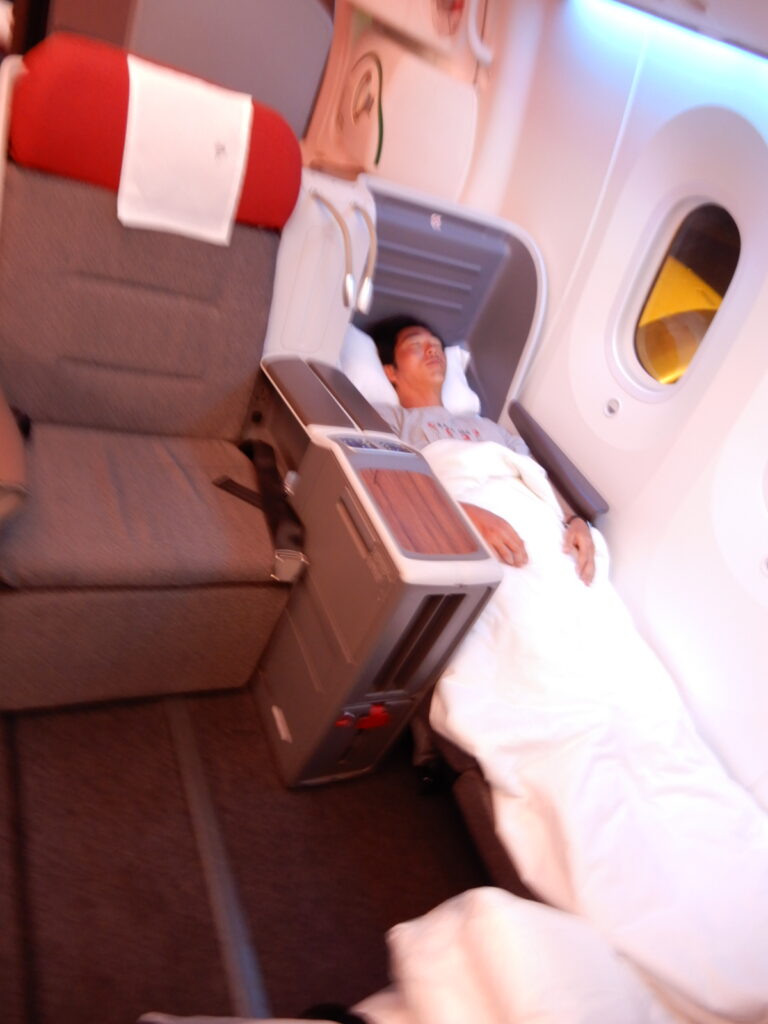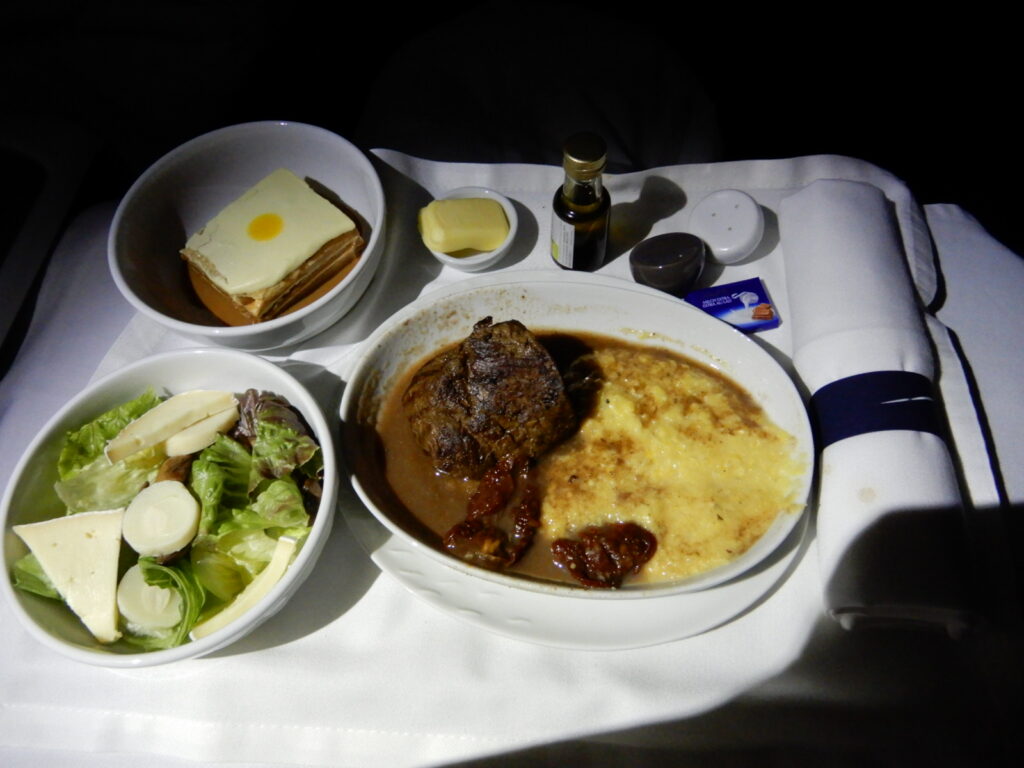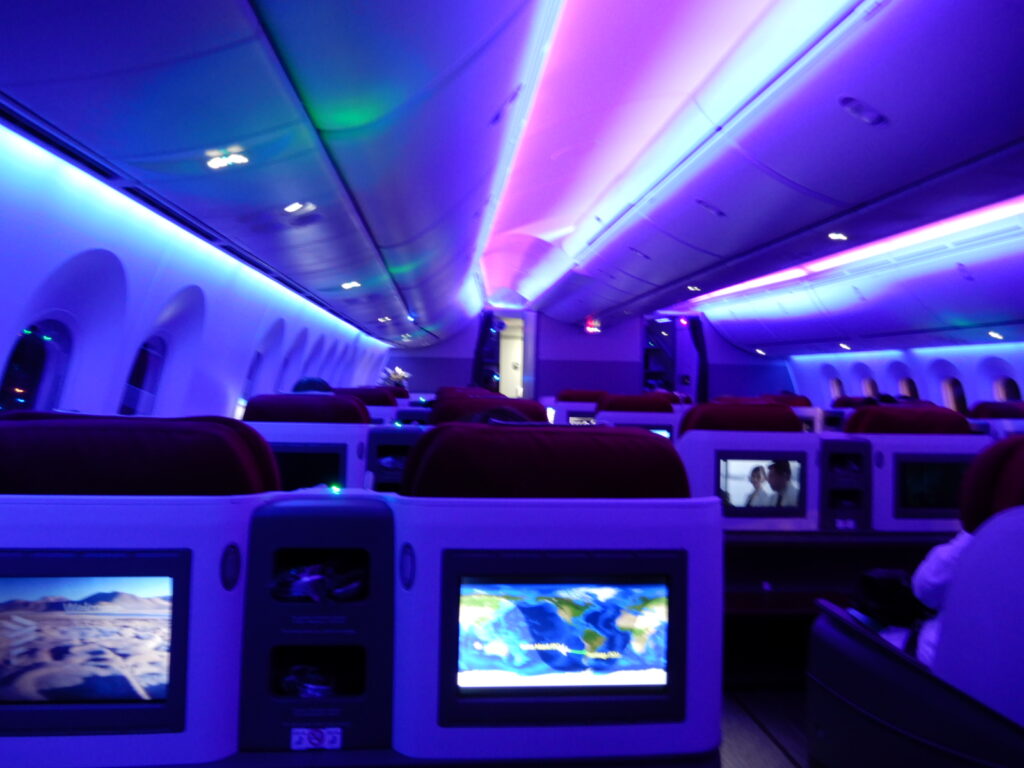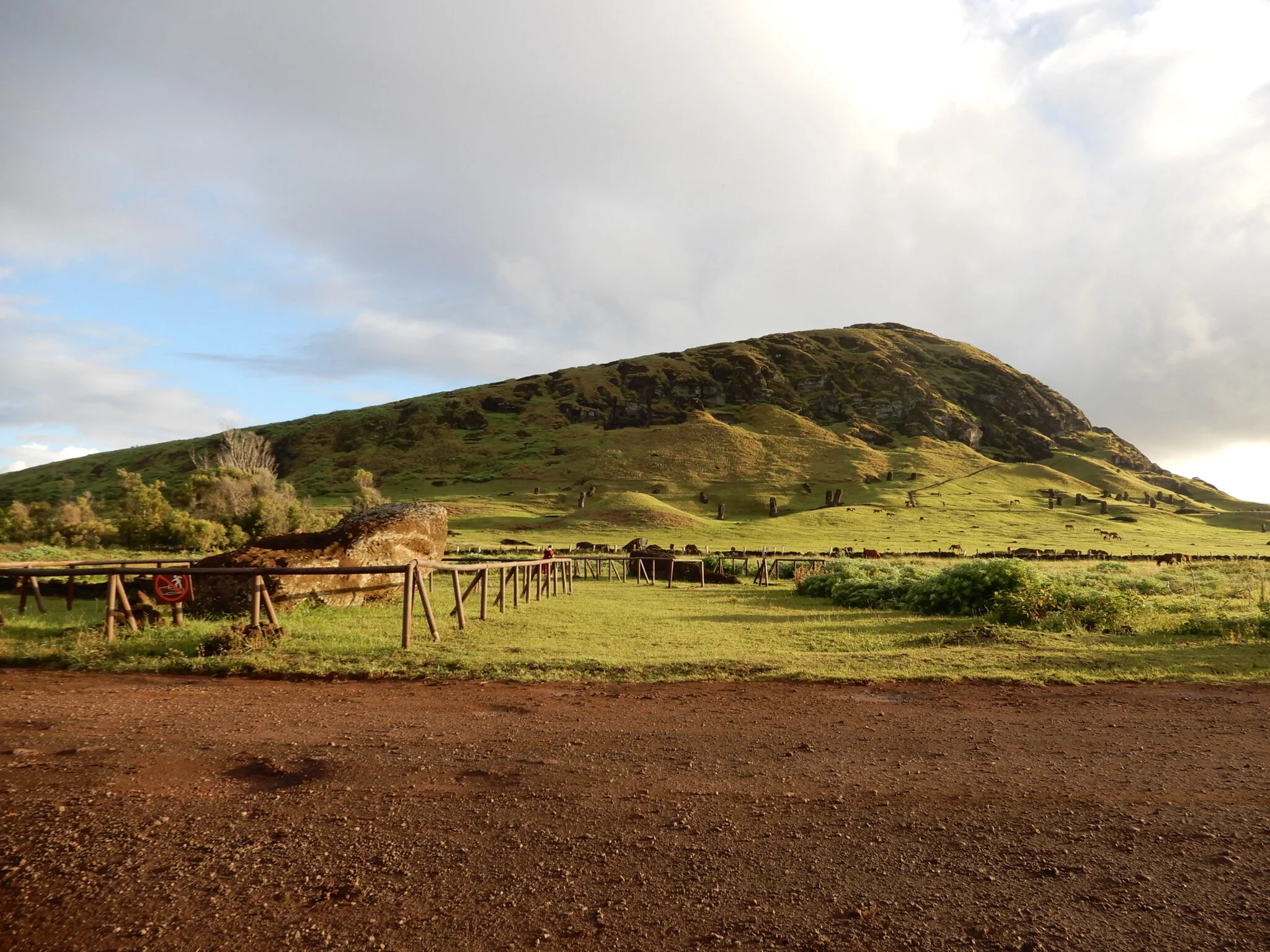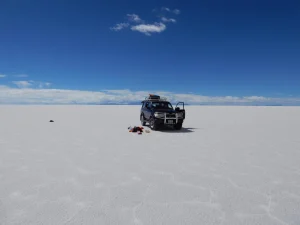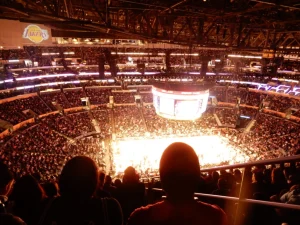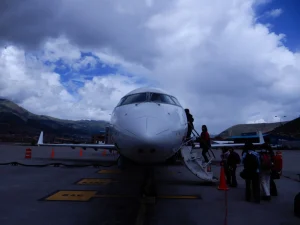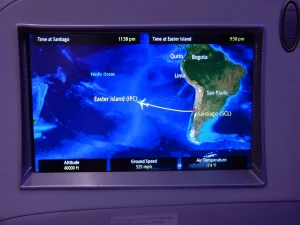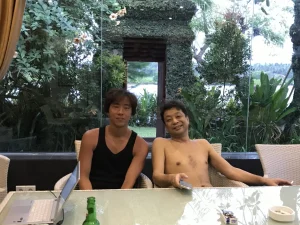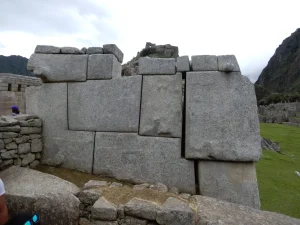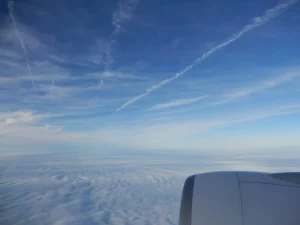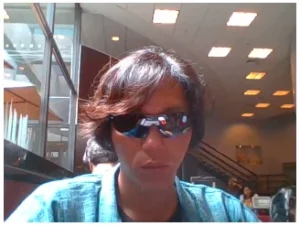Around the World for the 1st time [Day 11] Rapa Nui, Day 4
View of Rano Raraku from afar
Went to Rano Raraku in the early morning. It was very quiet and the sound of insects was pleasant. I felt very peaceful here quietly looking at the moai and horses. In front of me was a moai lying face forward. It looks like a person who is not a good sleeper. Rano Raraku has not yet opened its reception desk, and horses are grazing beside the moai. With horses, there is no need to cut the grass.
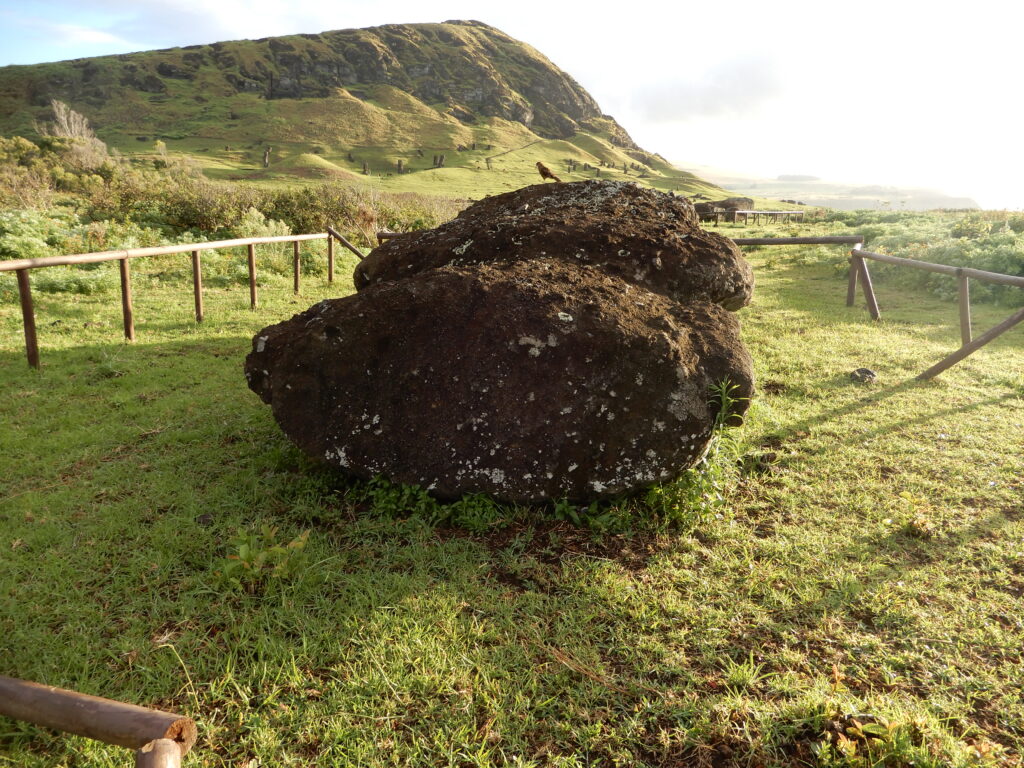

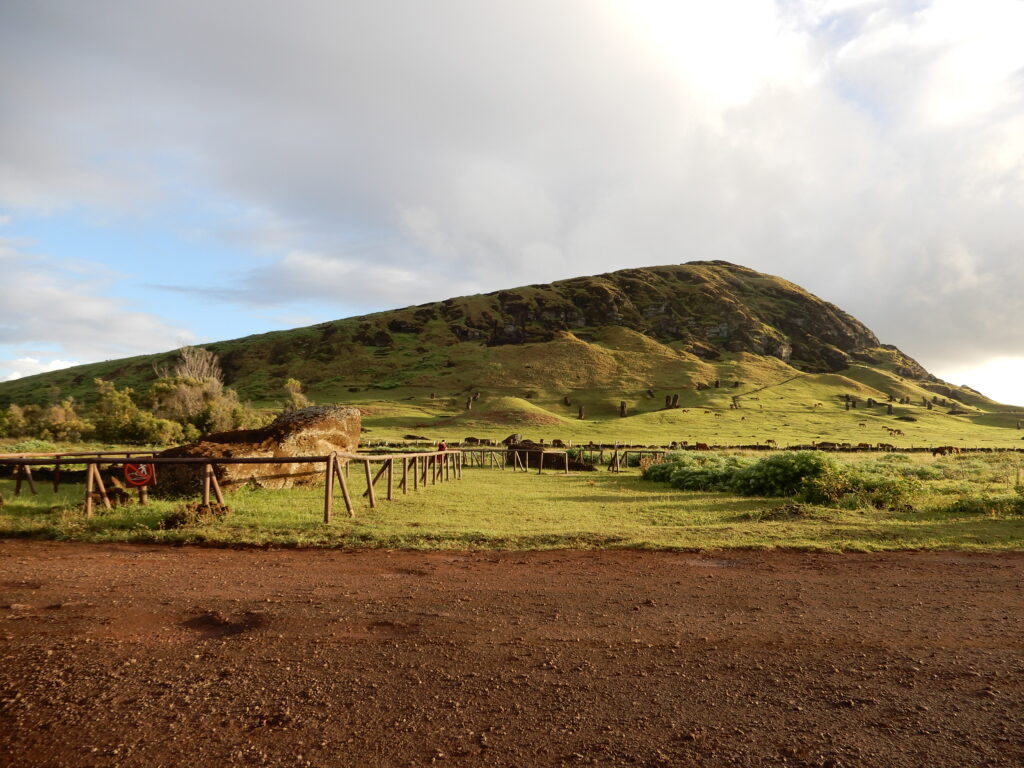
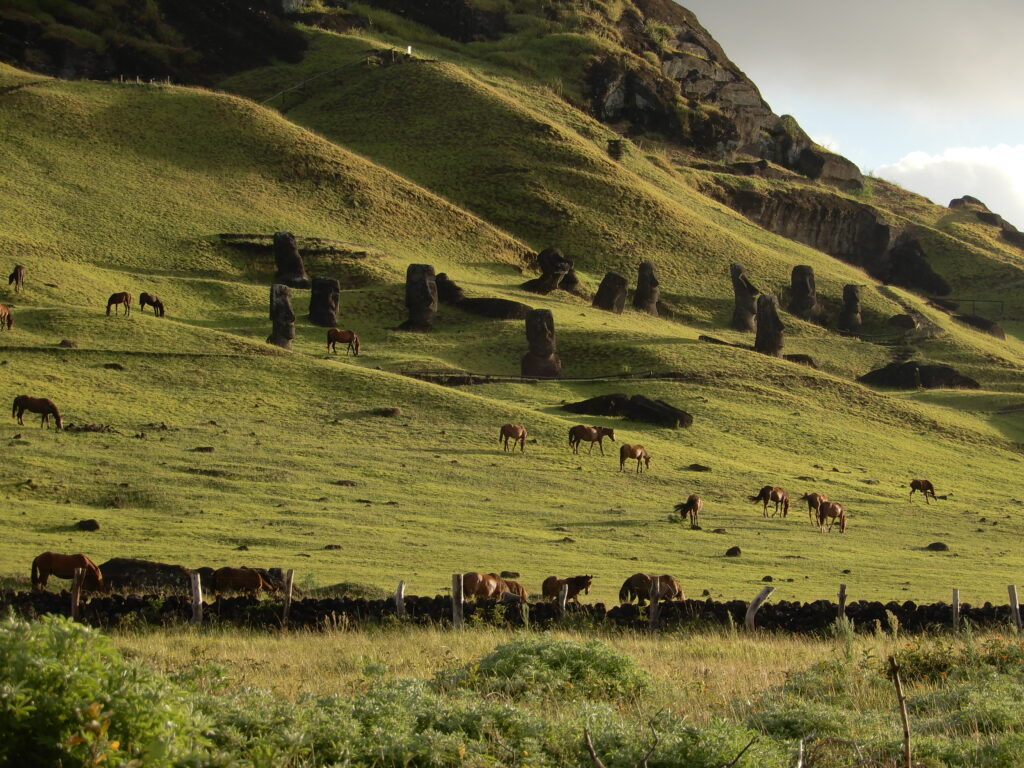
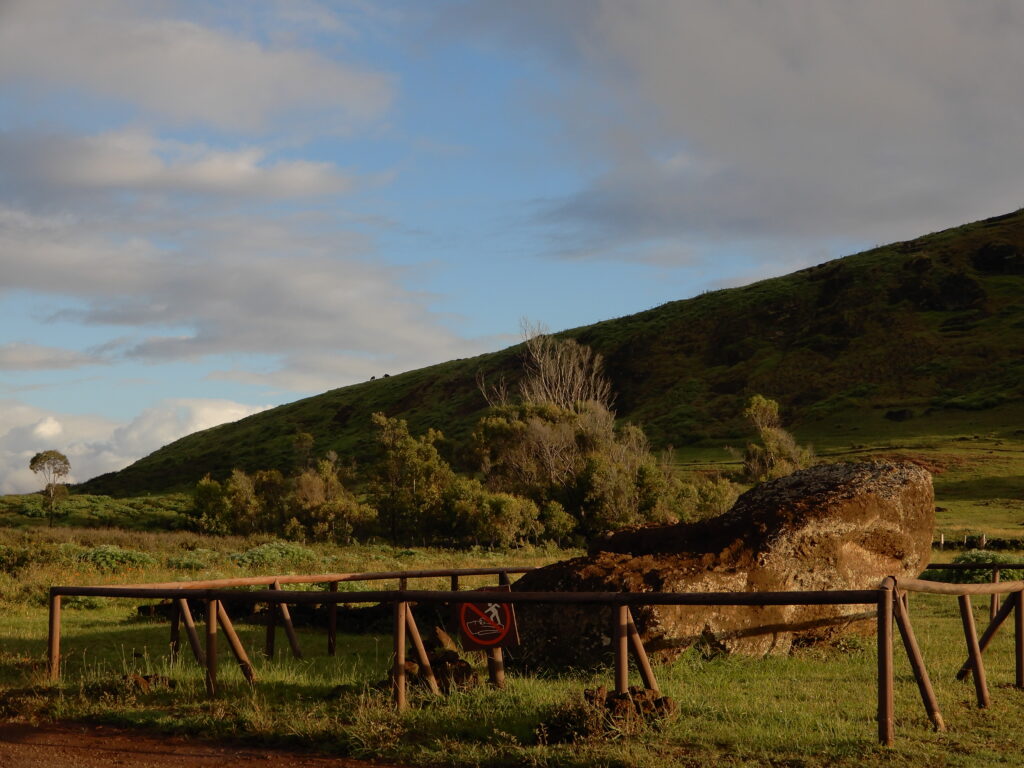

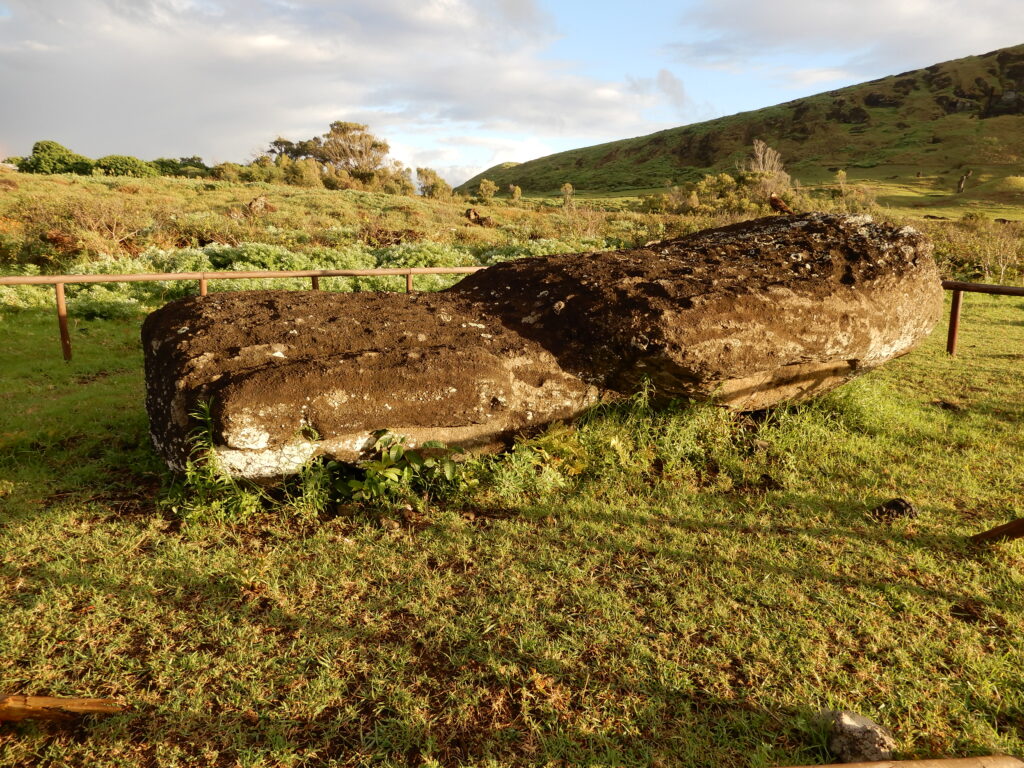
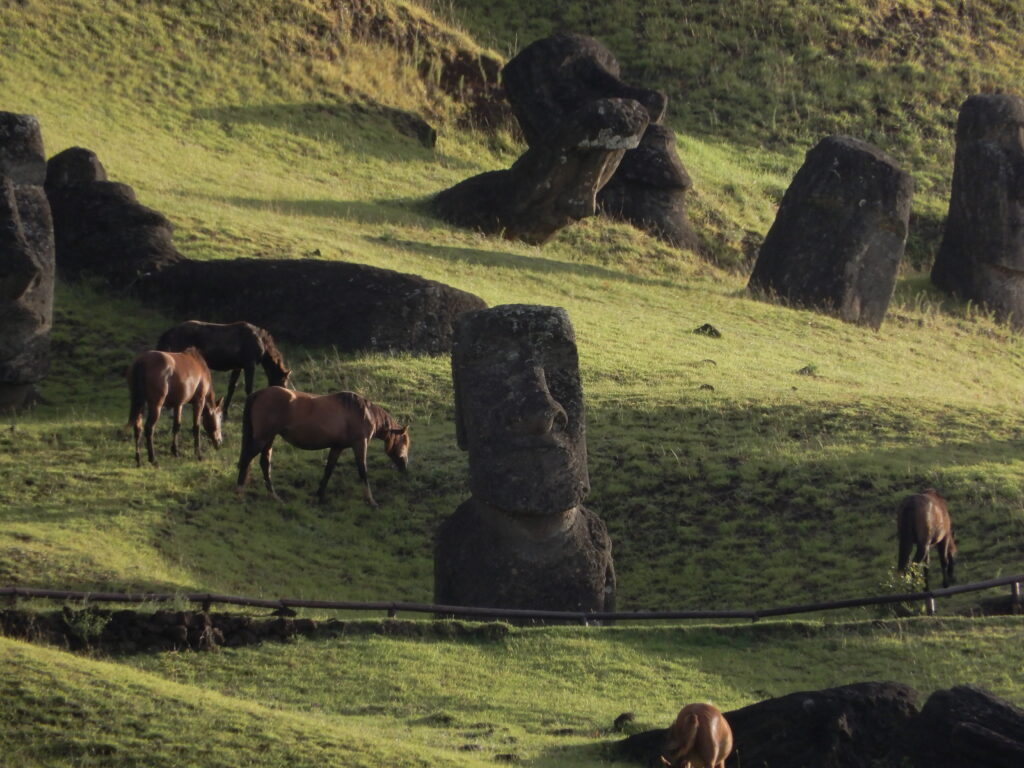

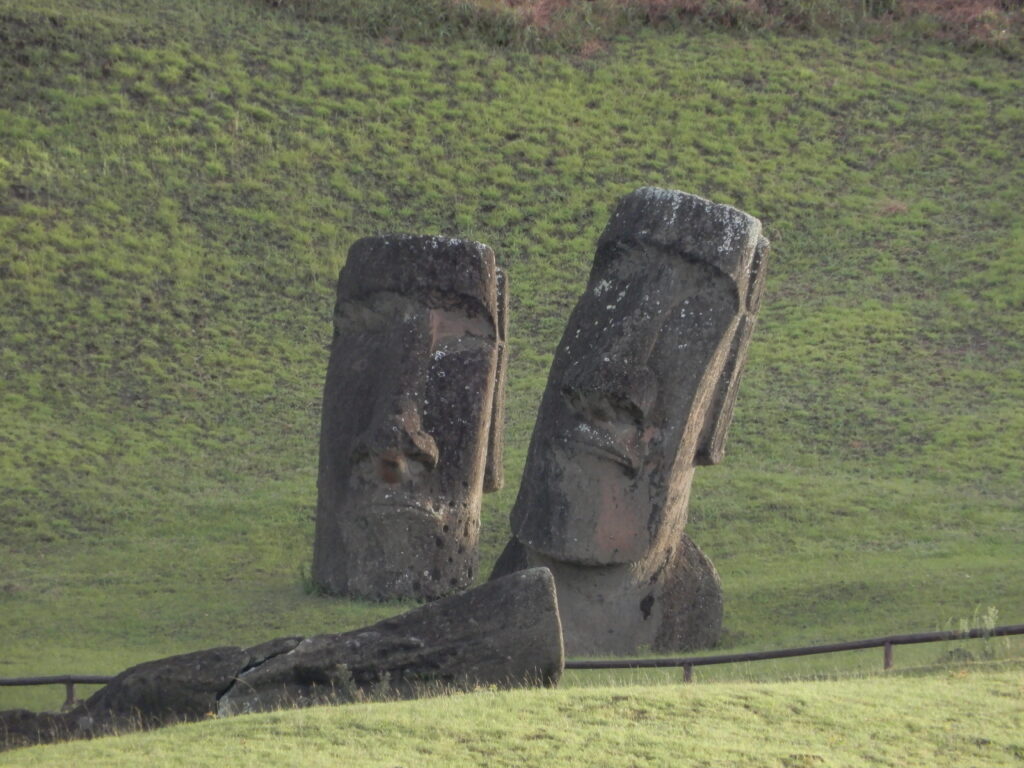
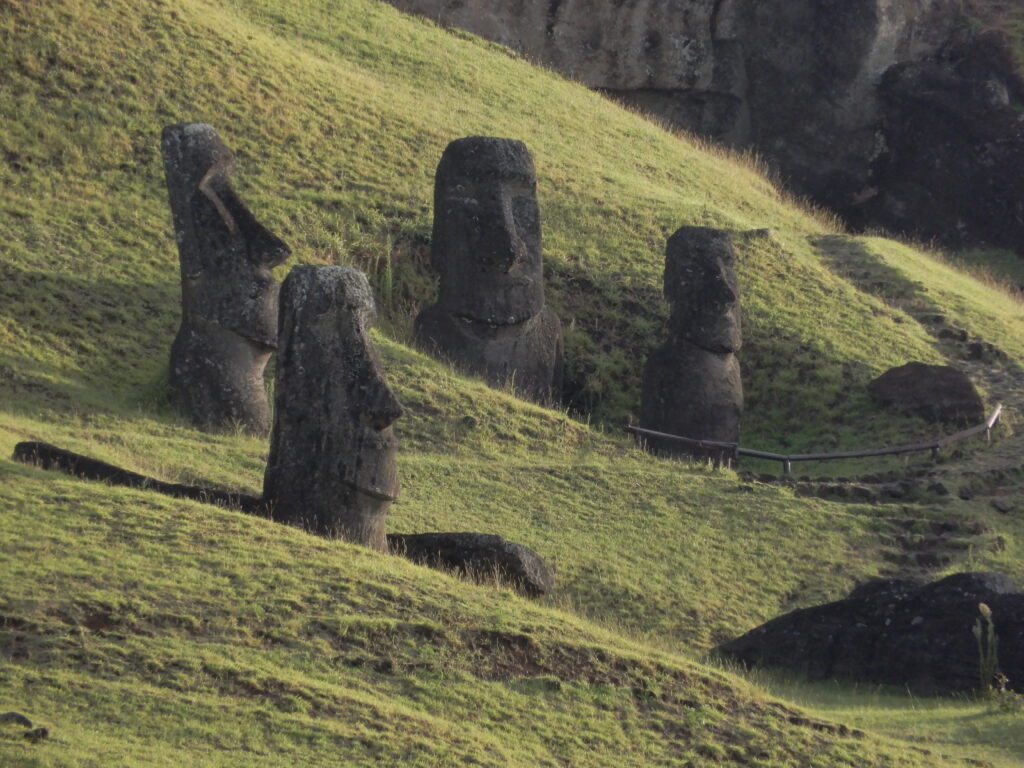
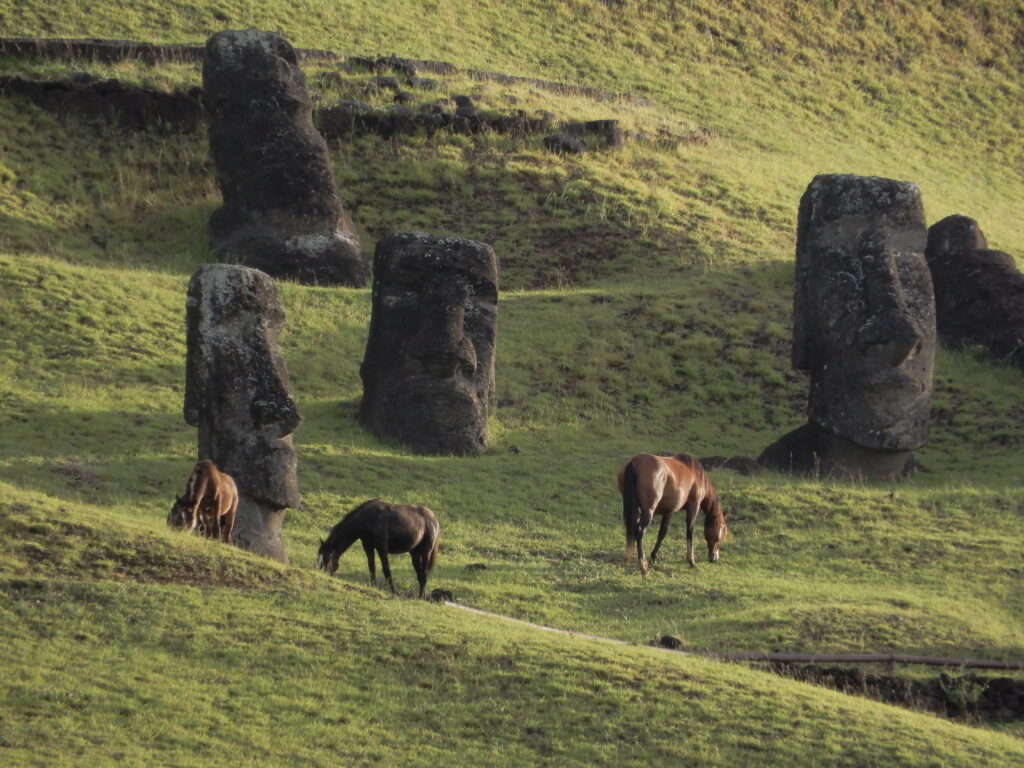

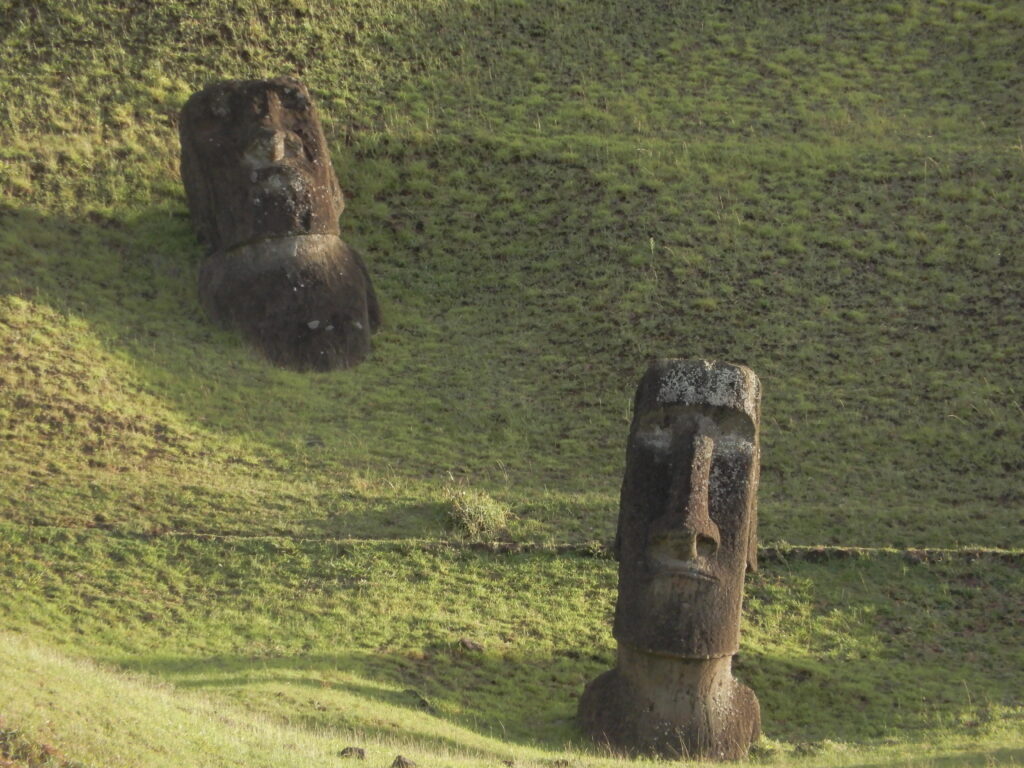
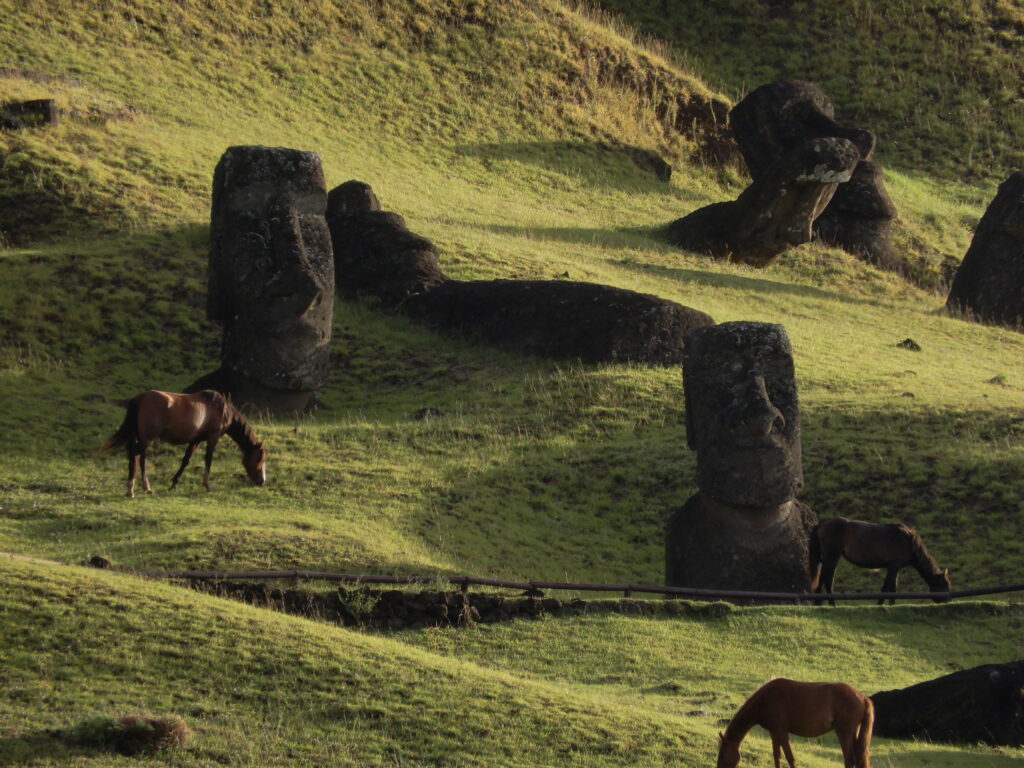
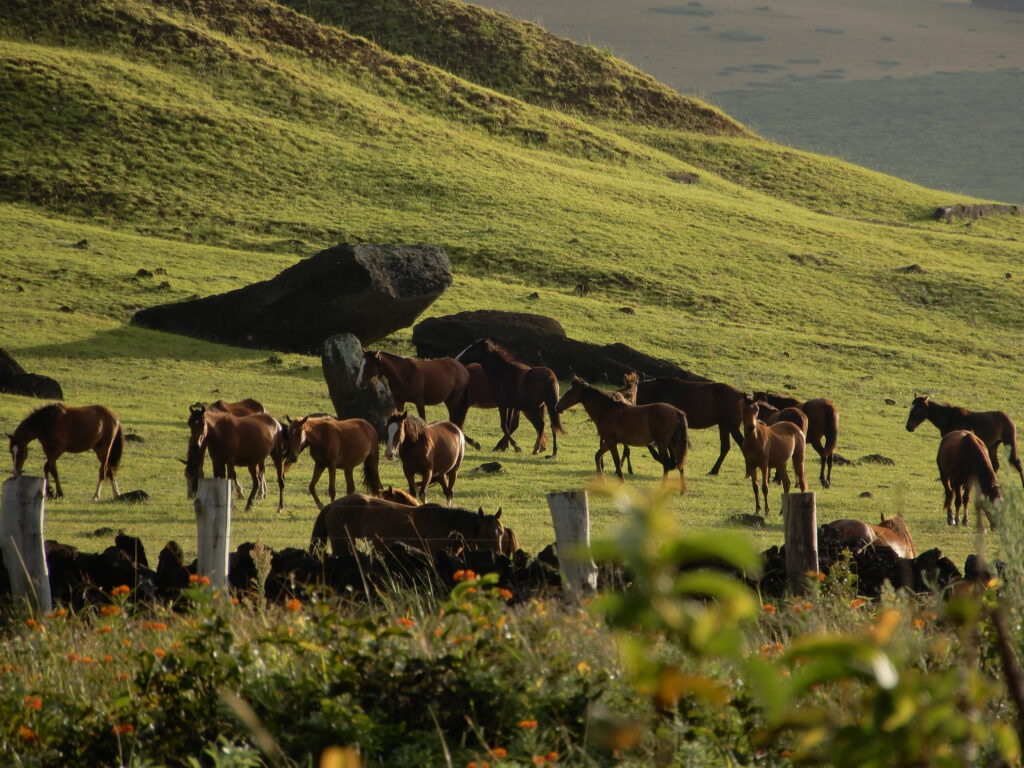
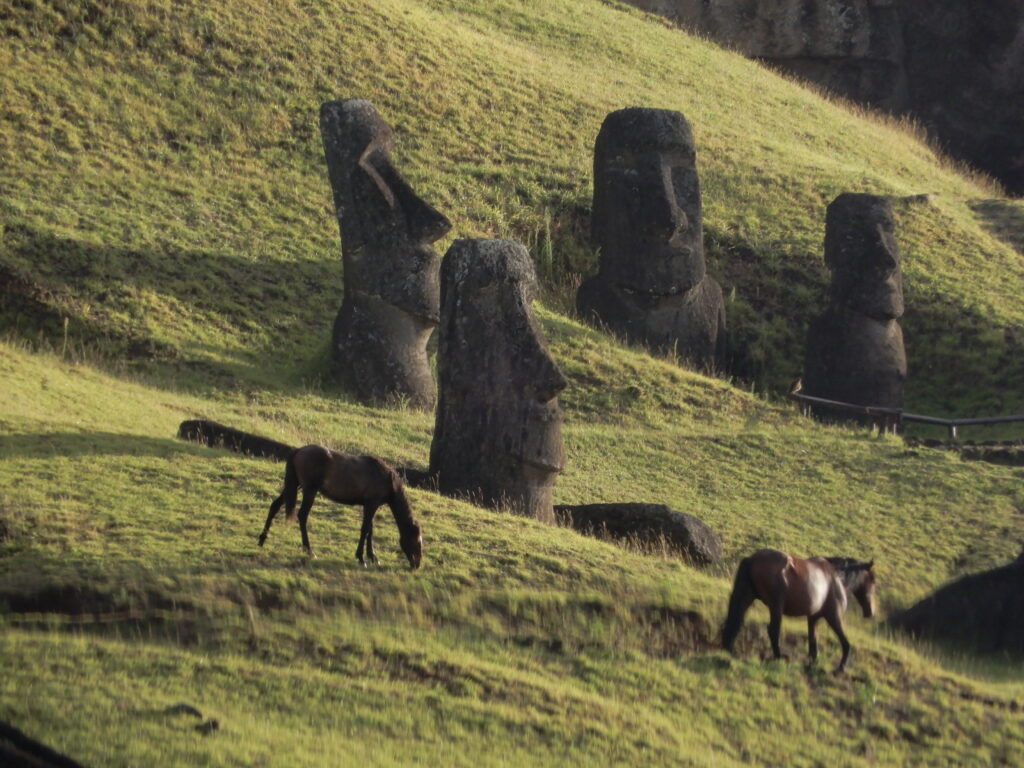
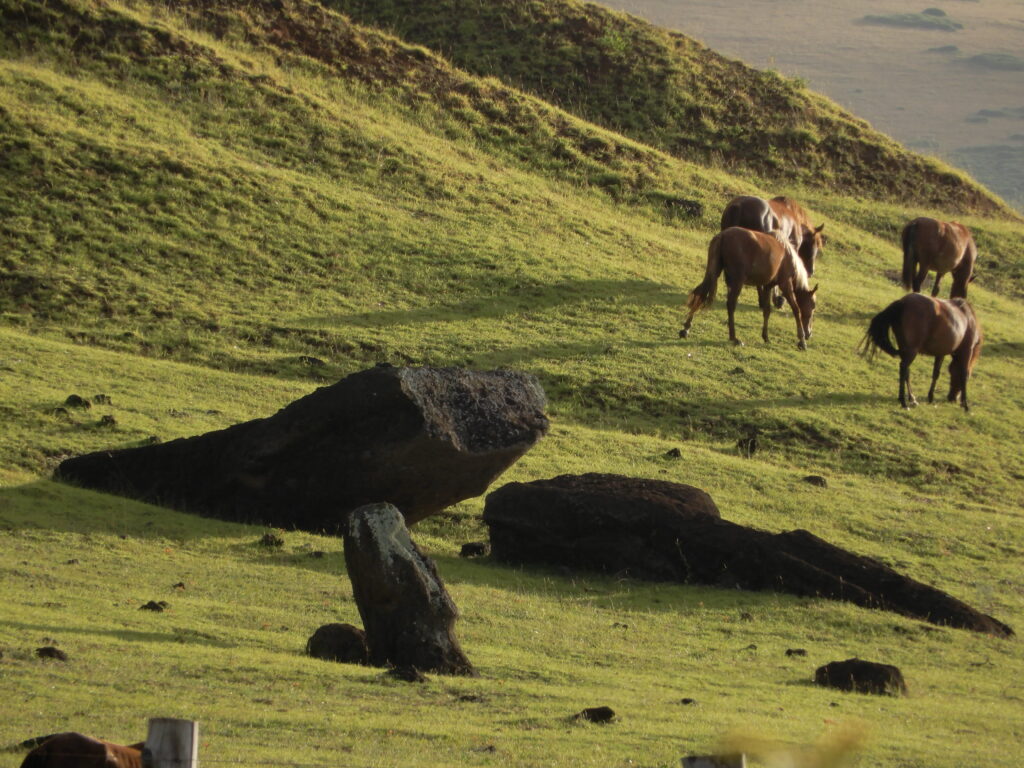
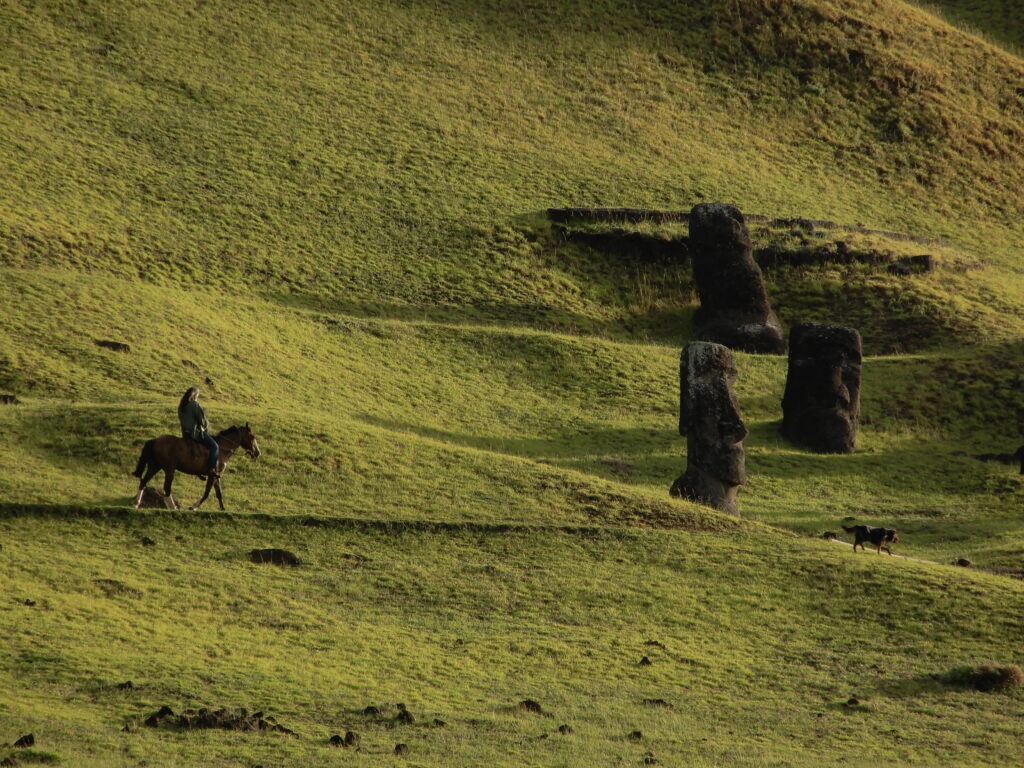
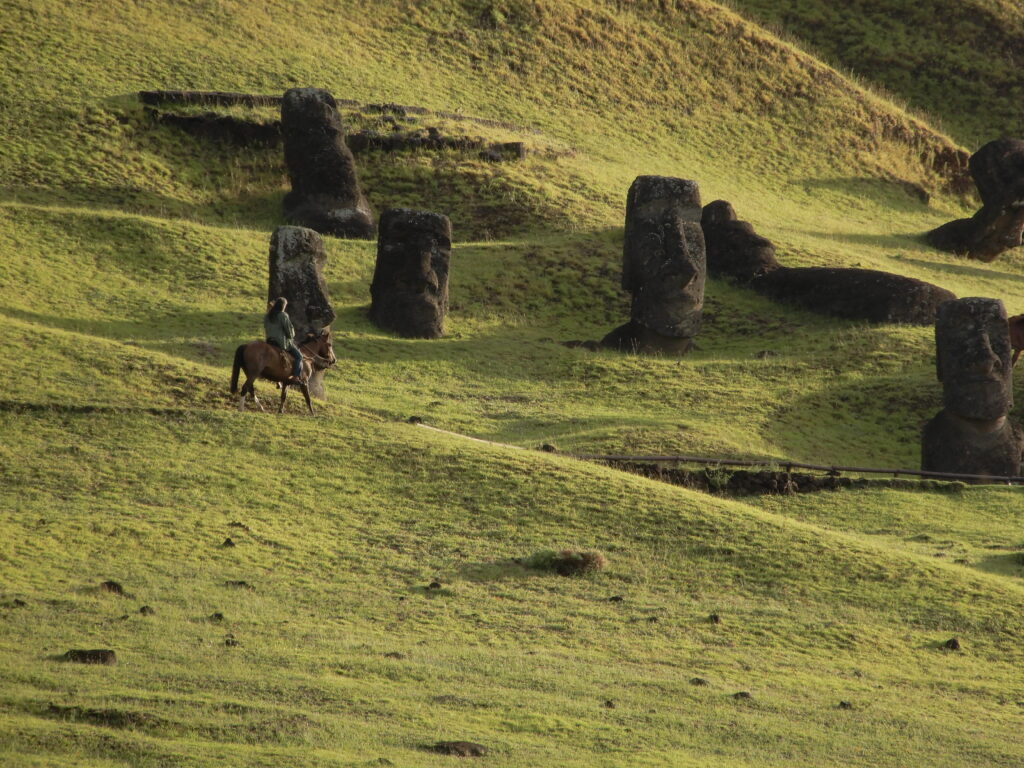
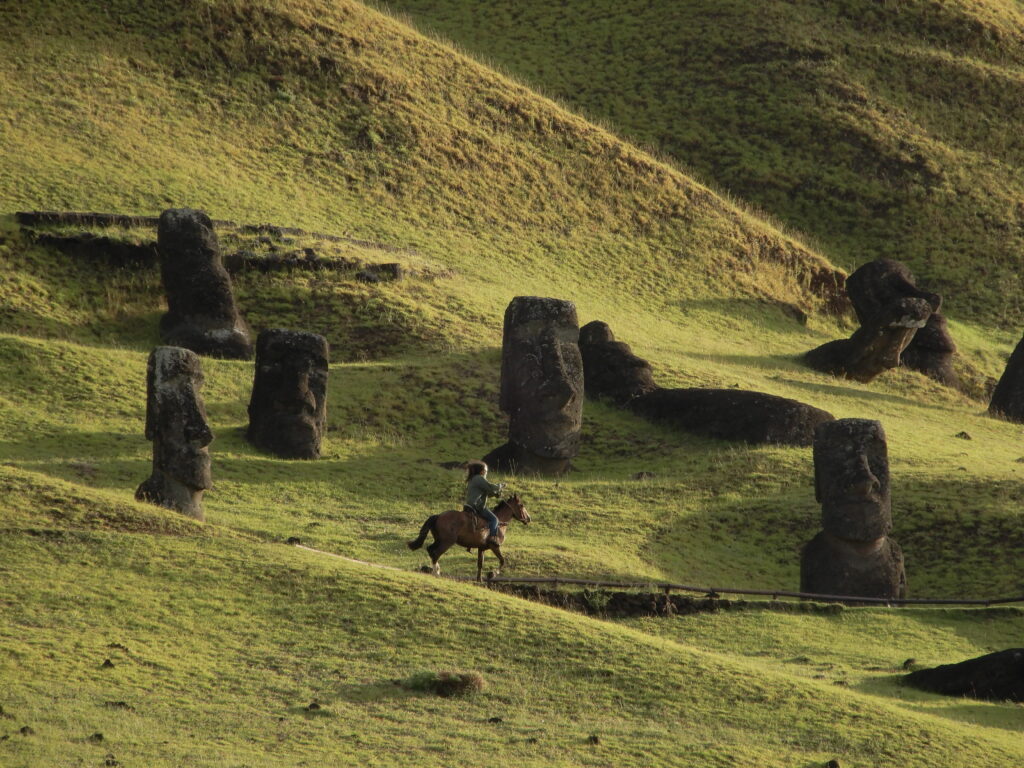
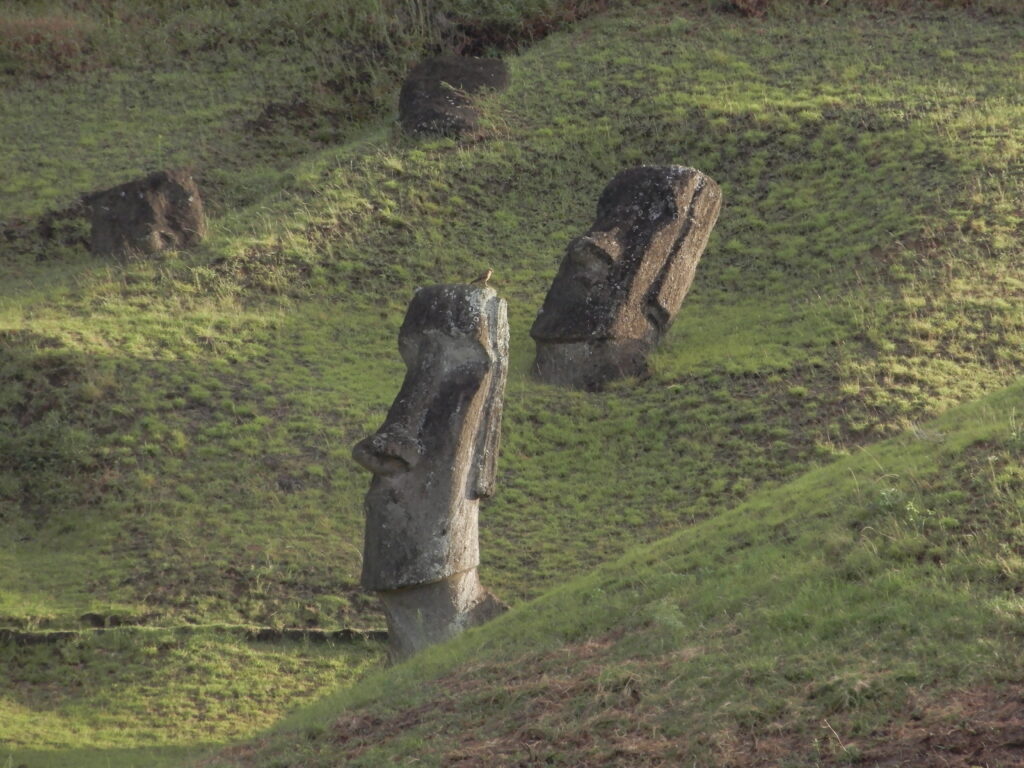


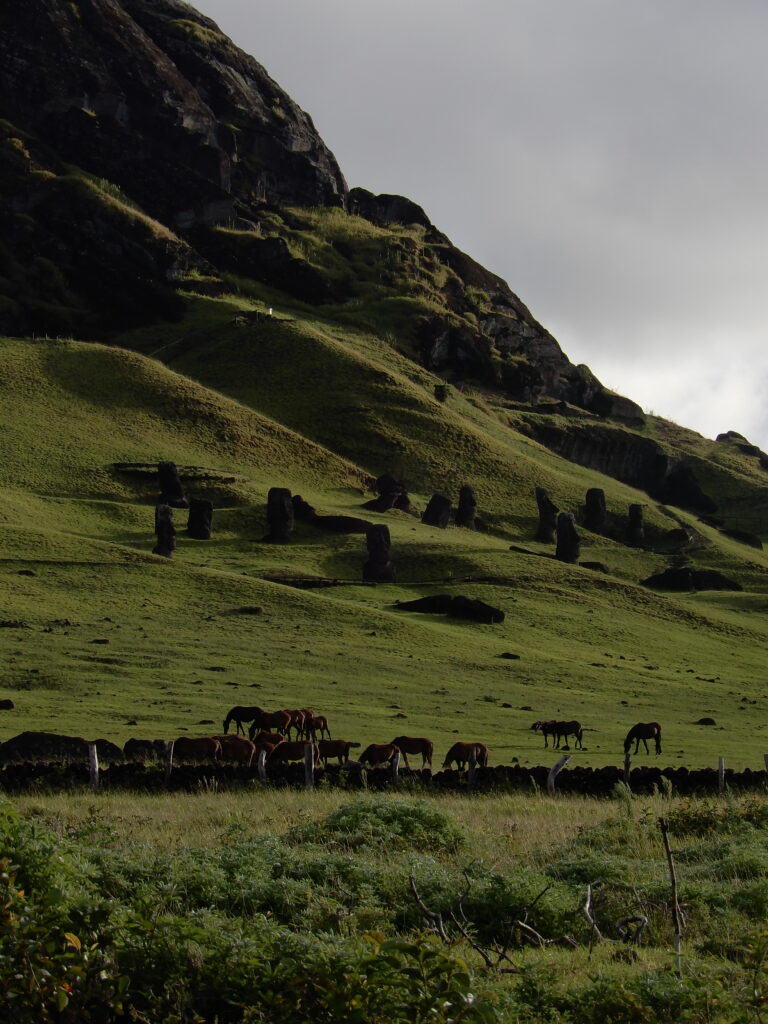
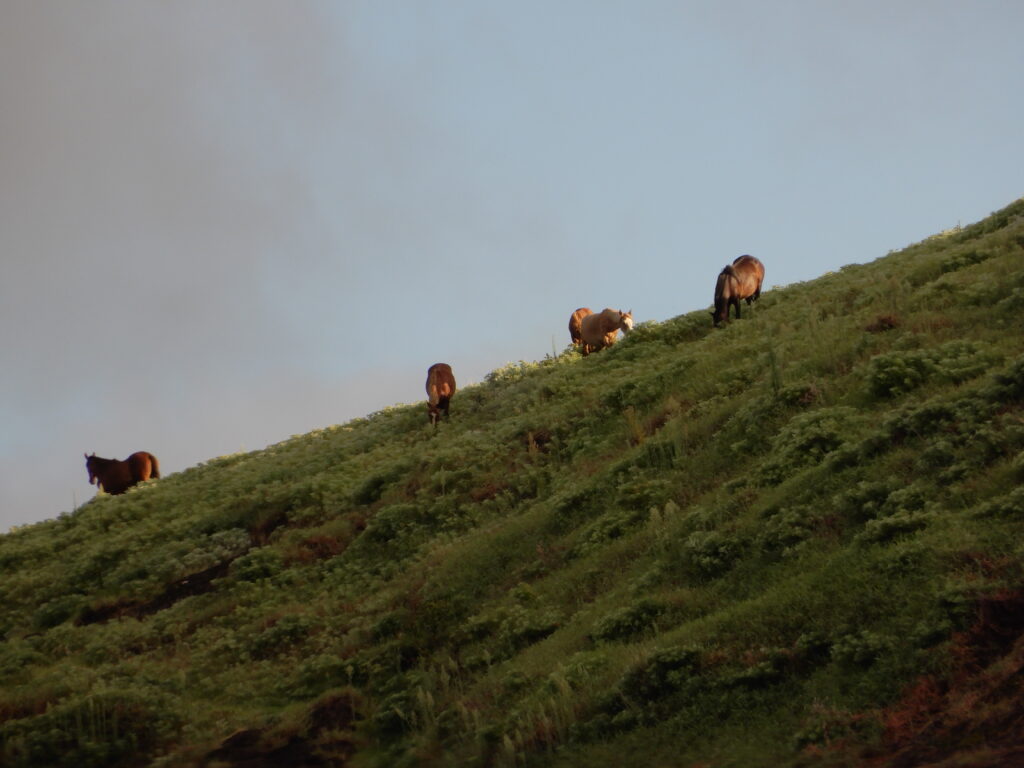
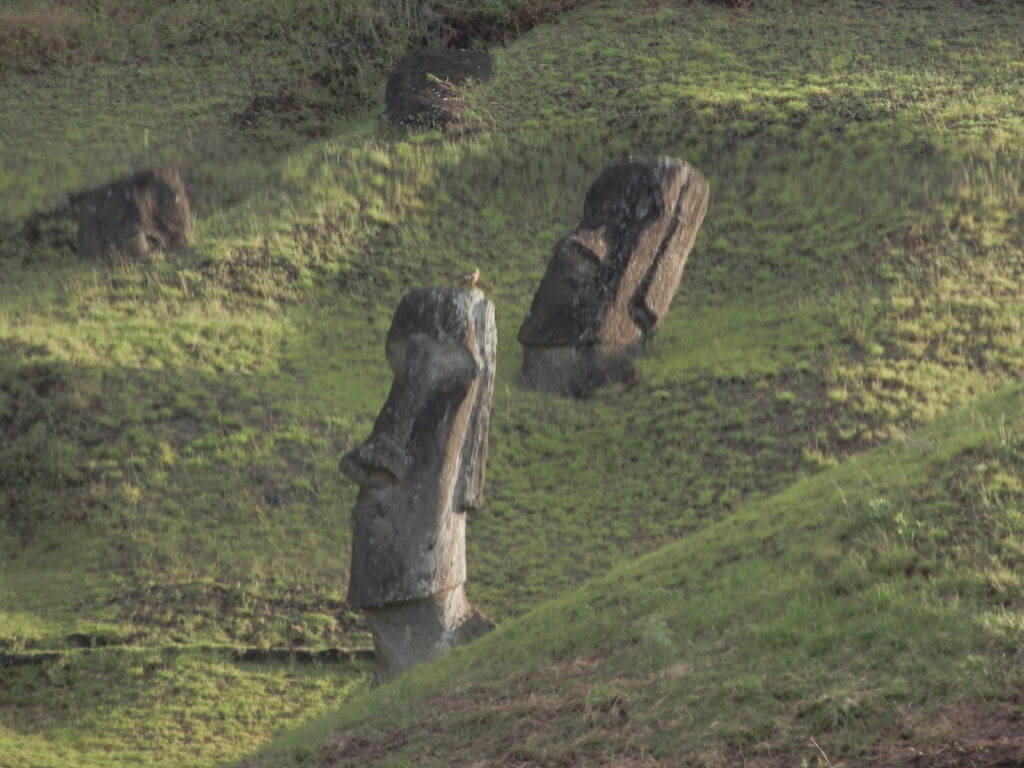

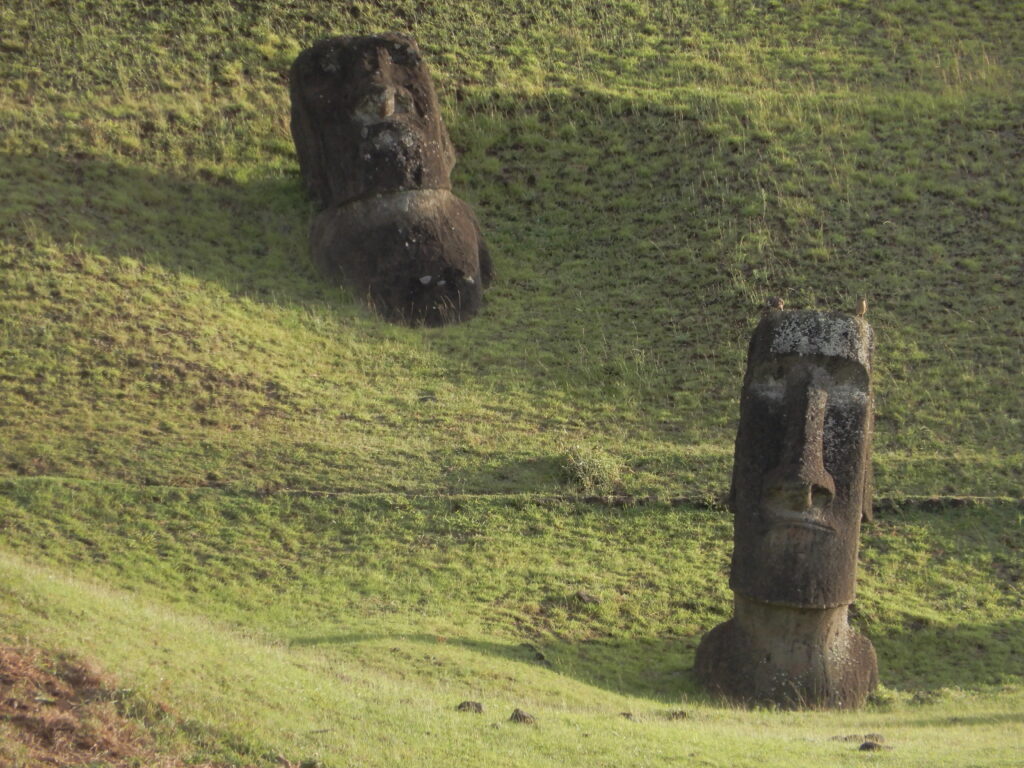
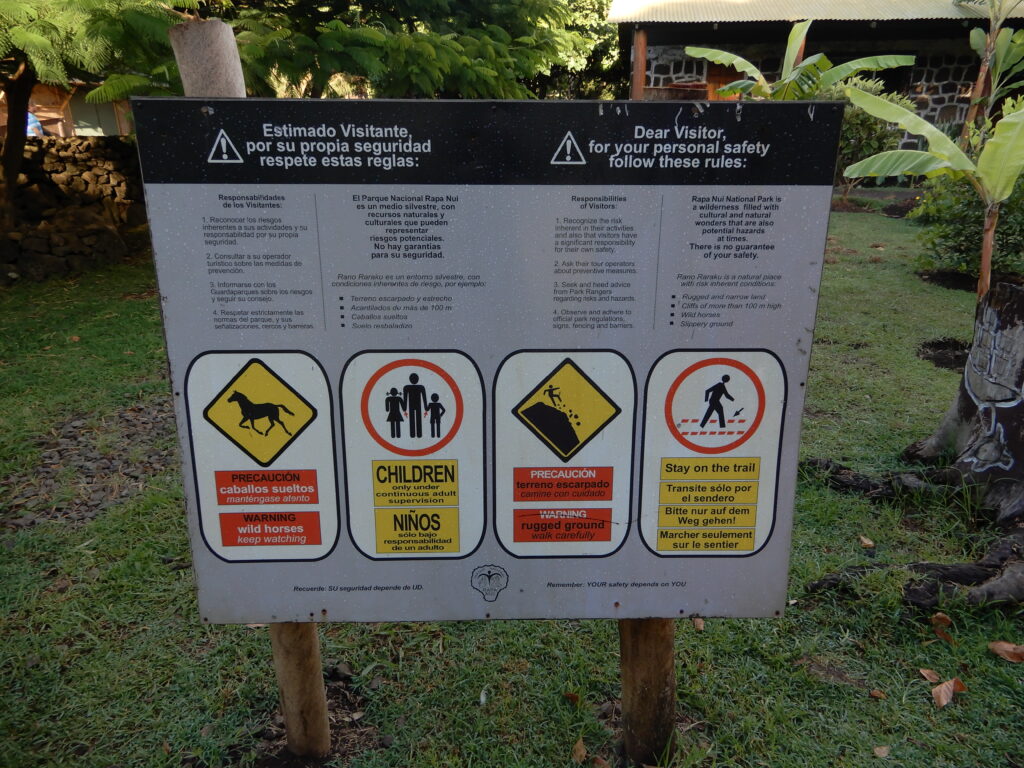
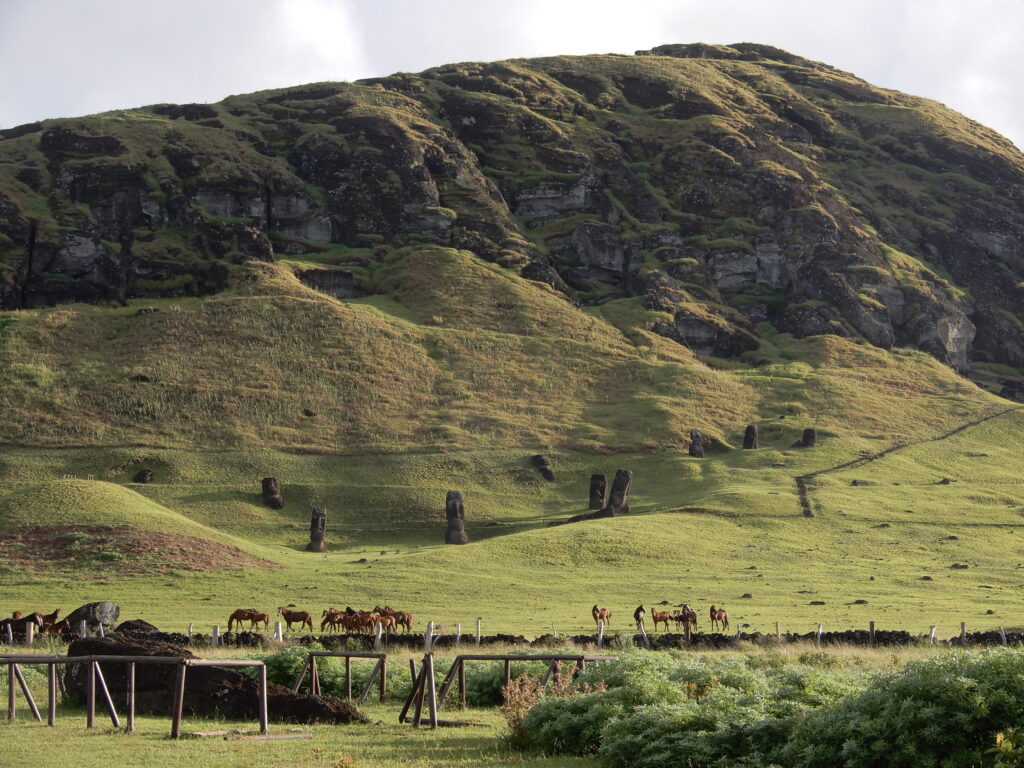
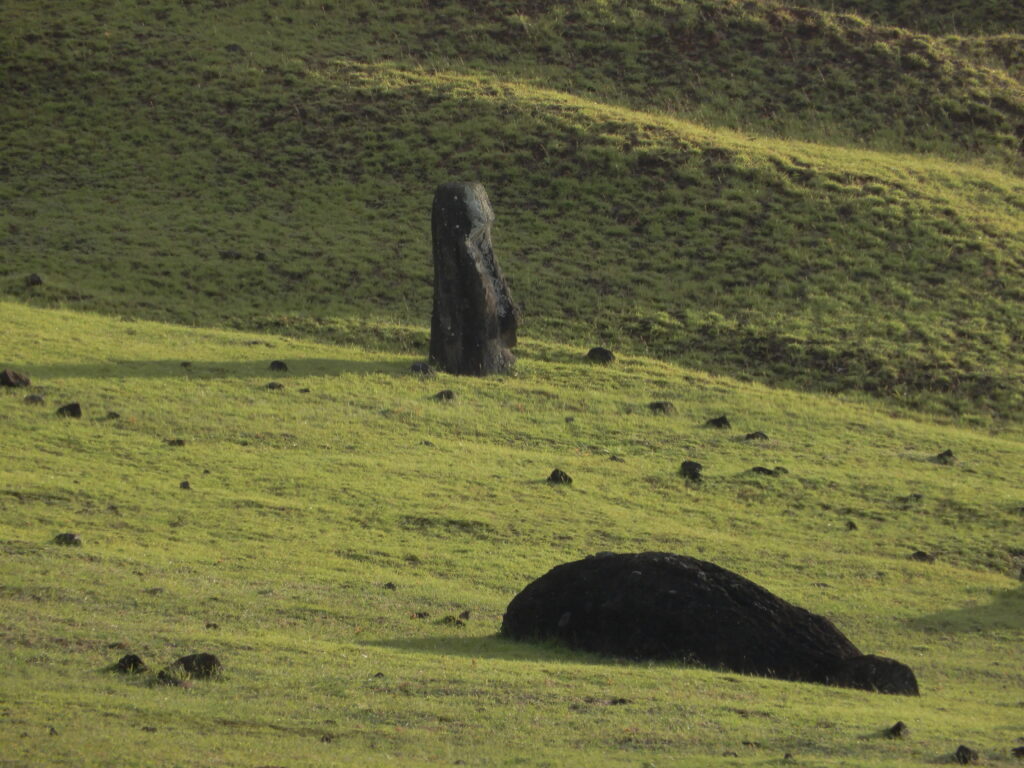
Rano Raraku
We waited until the reception desk opened and entered Rano Raraku first. There was no one there, and the weather was better than on the first day at Rano Raraku, so we had plenty of time to enjoy the moai. I also took a picture of the moai sitting on the ground, which I could not take on the first day.
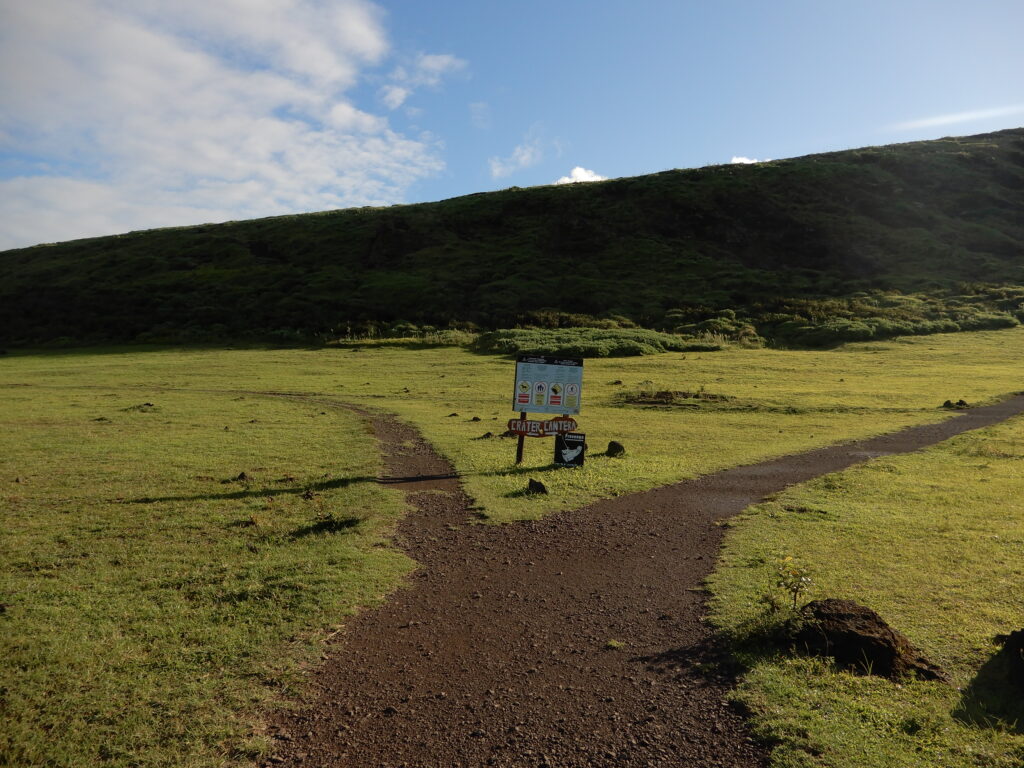
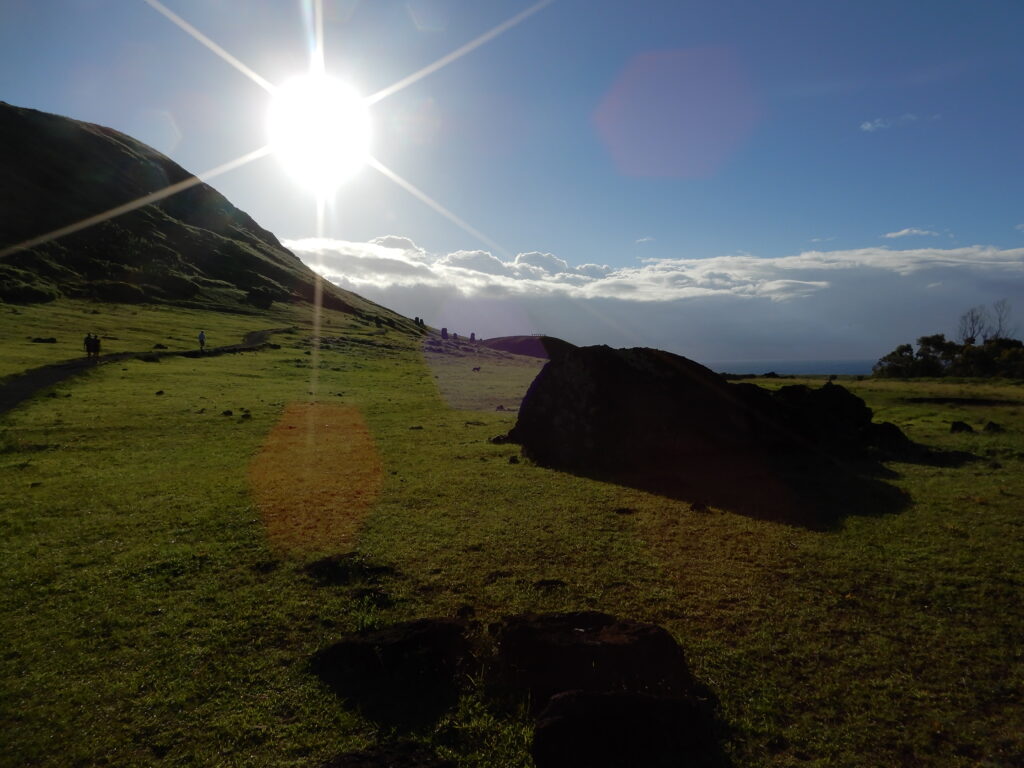
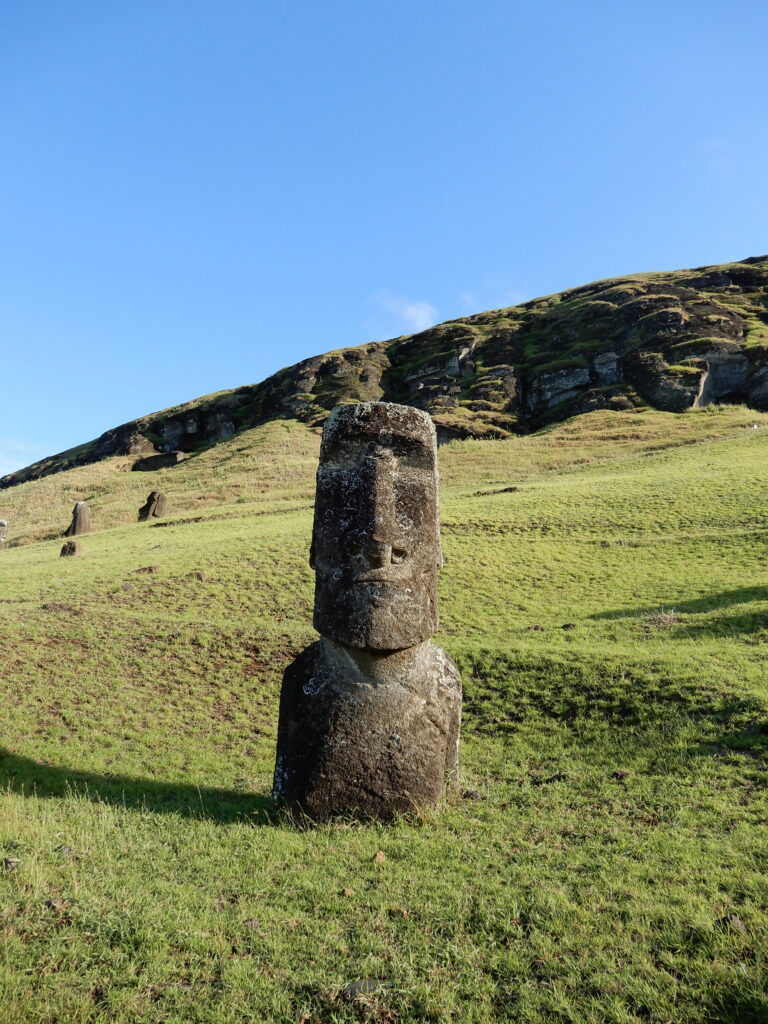


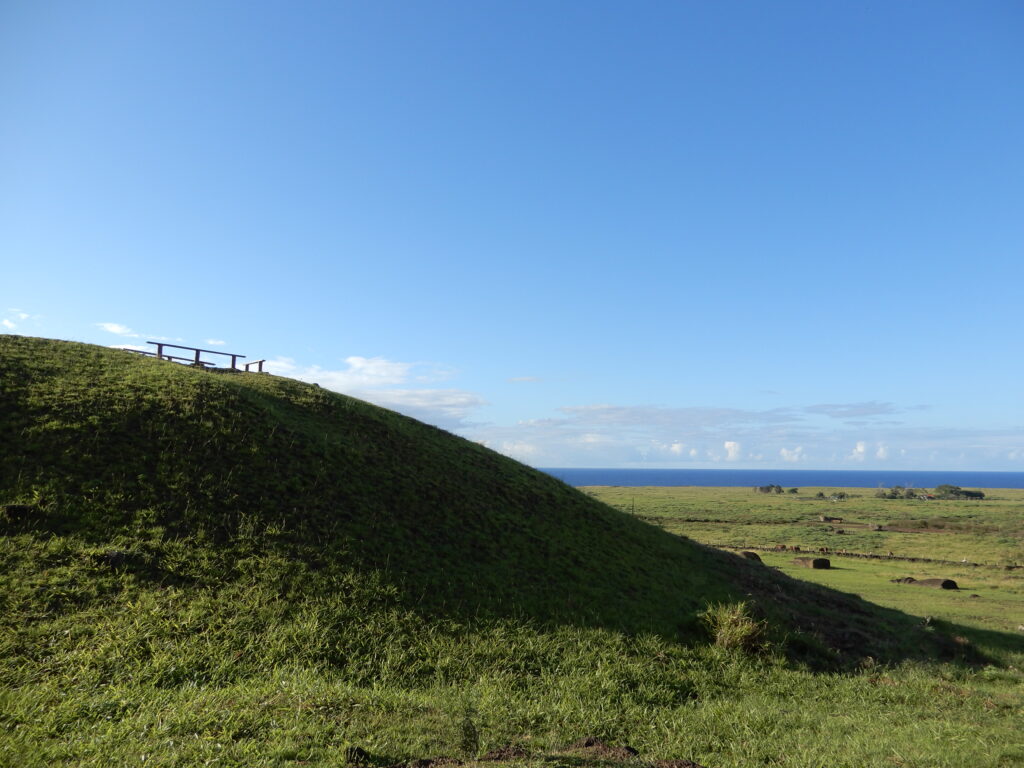
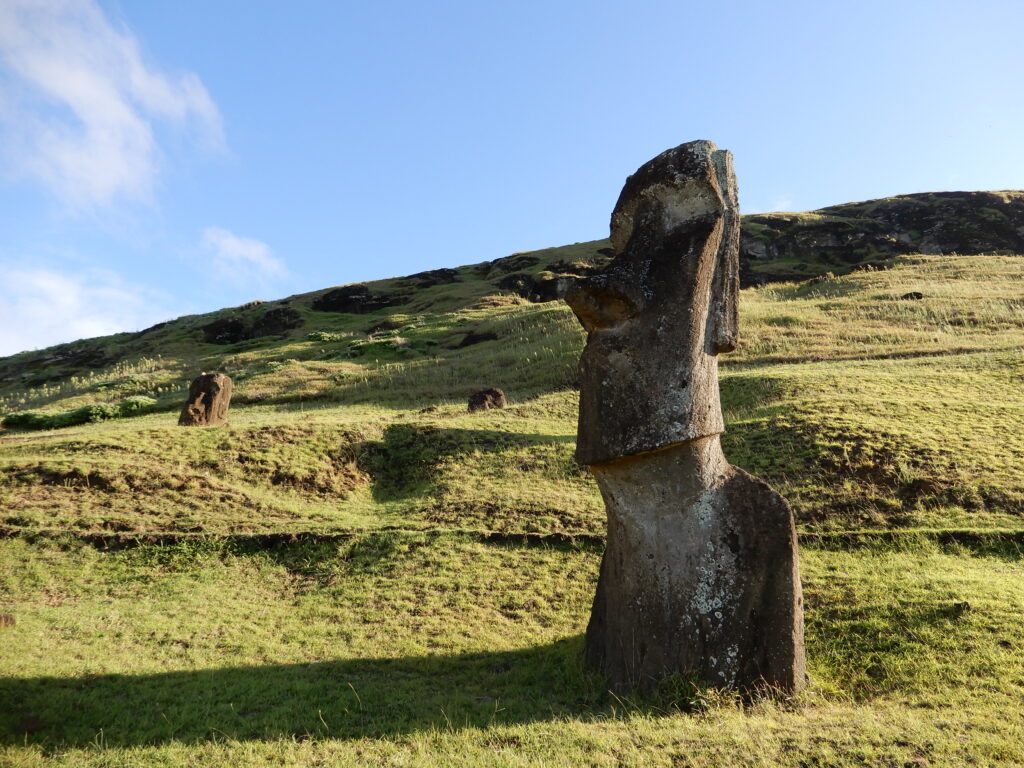
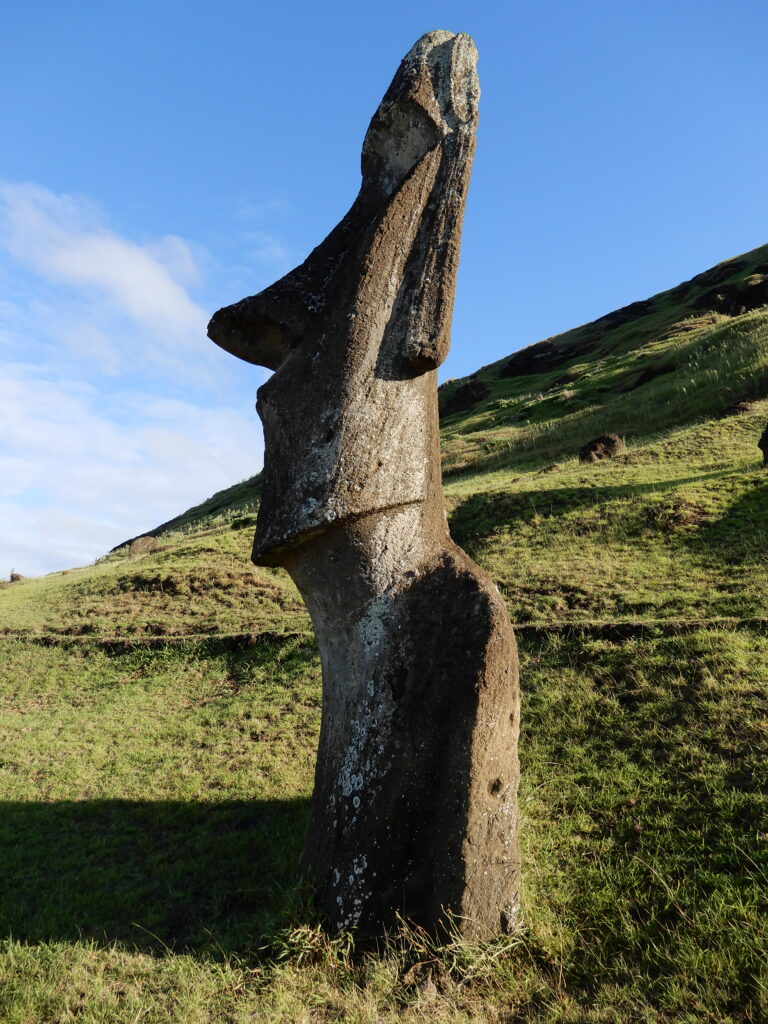
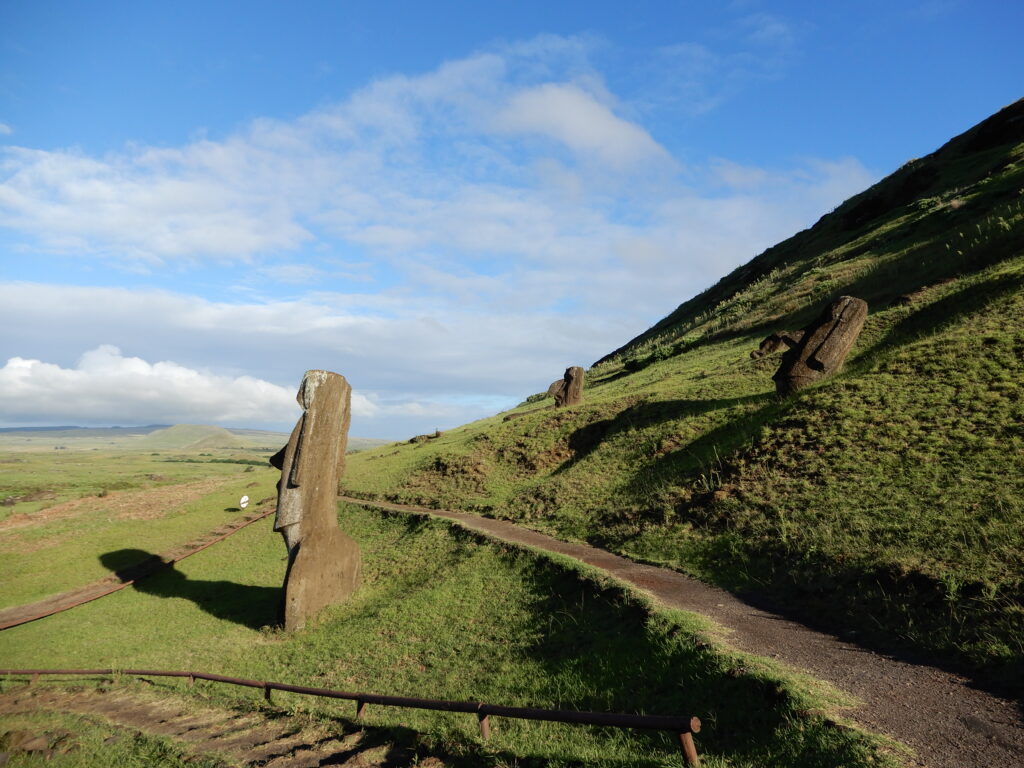
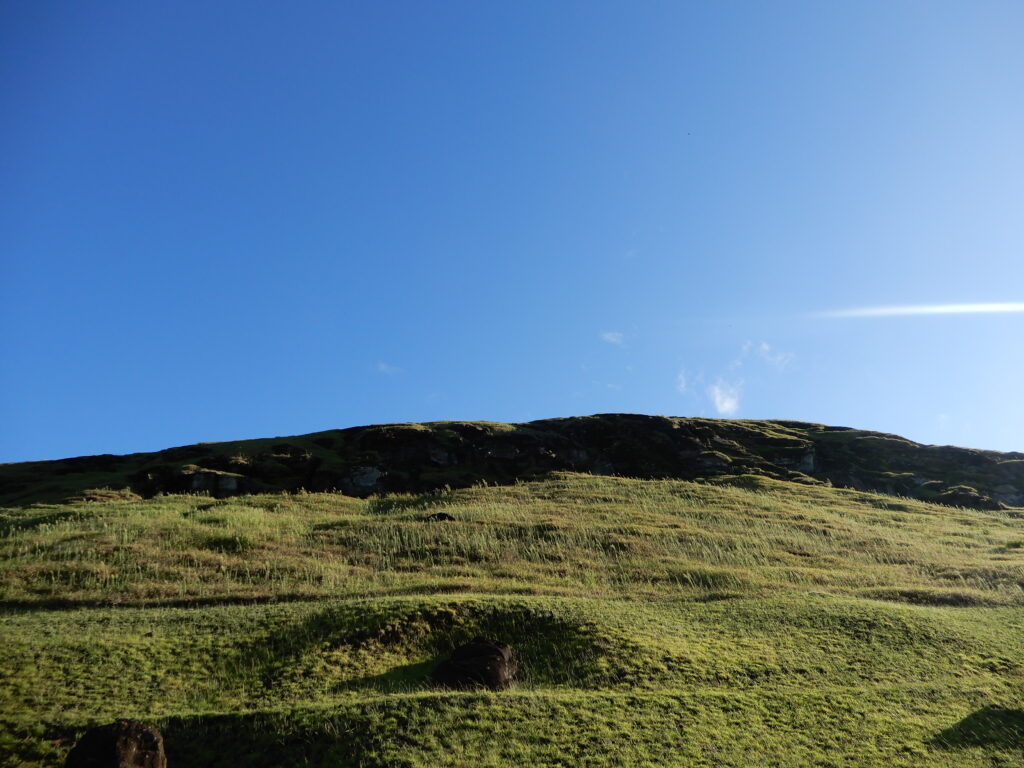
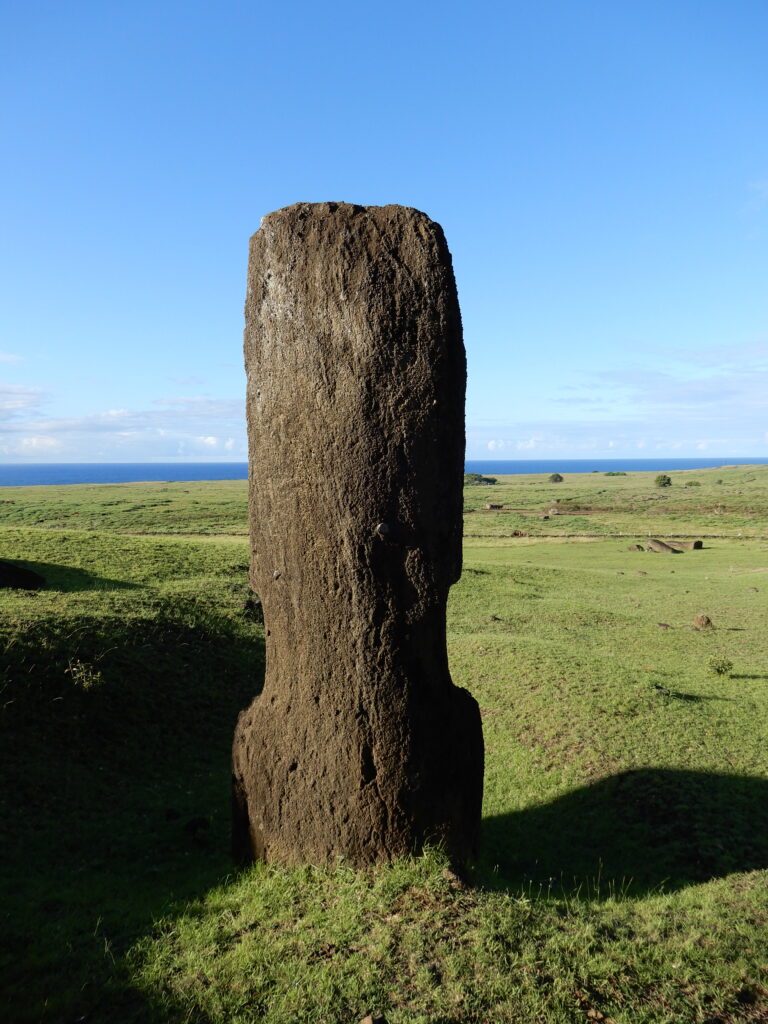

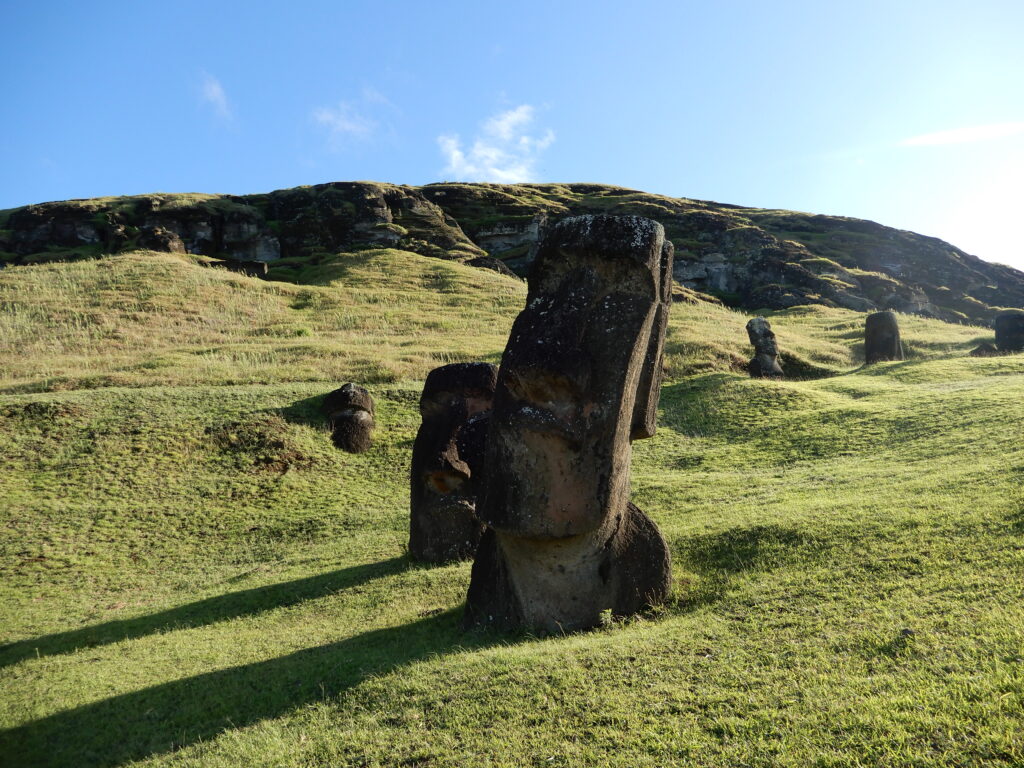
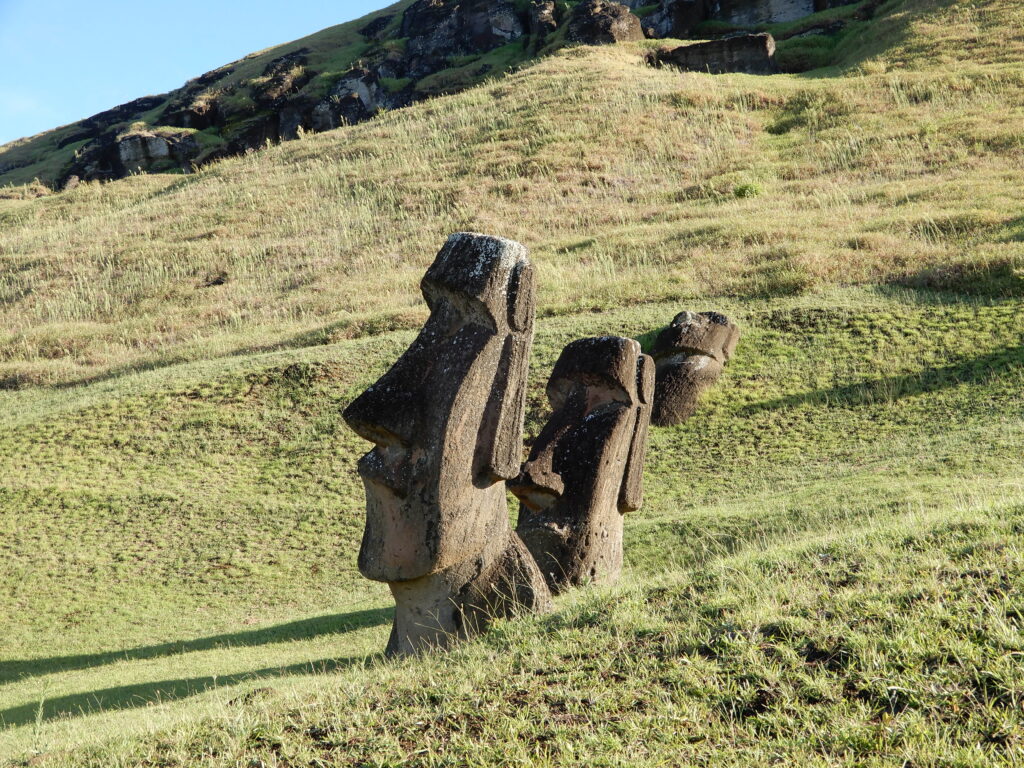
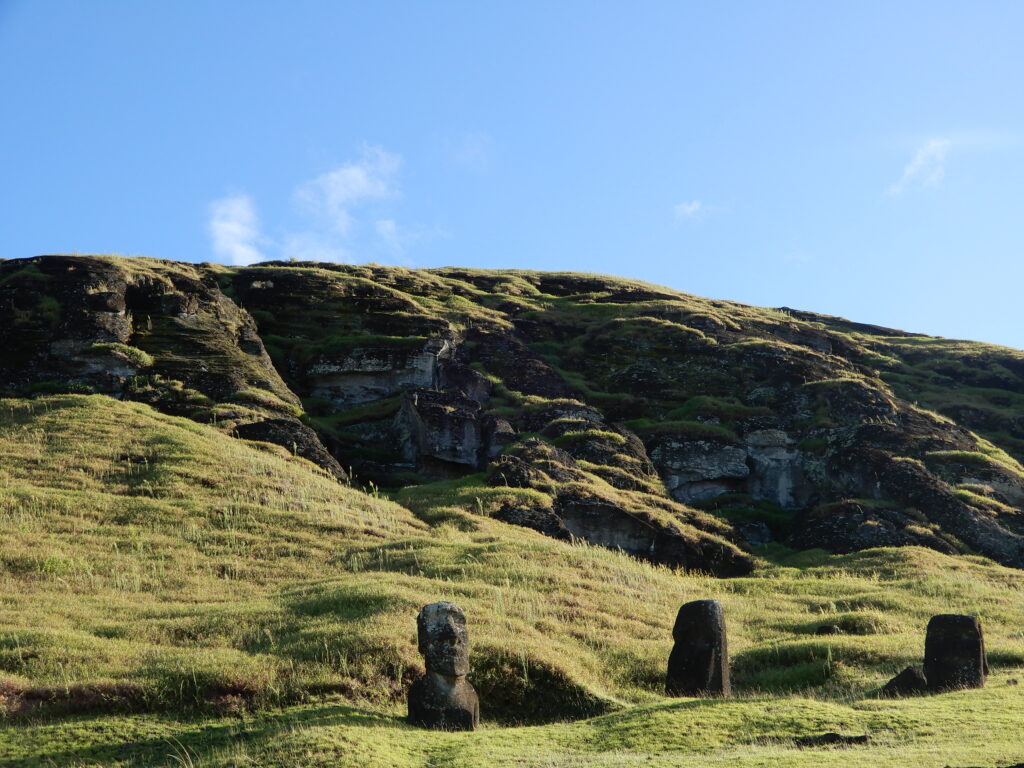
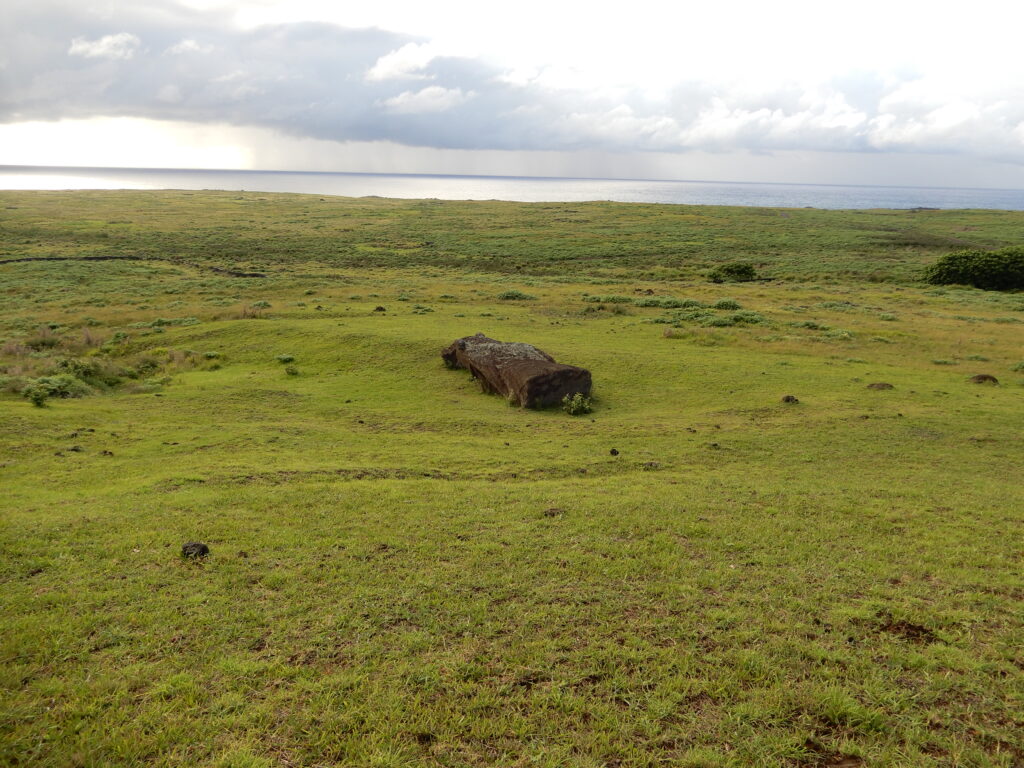

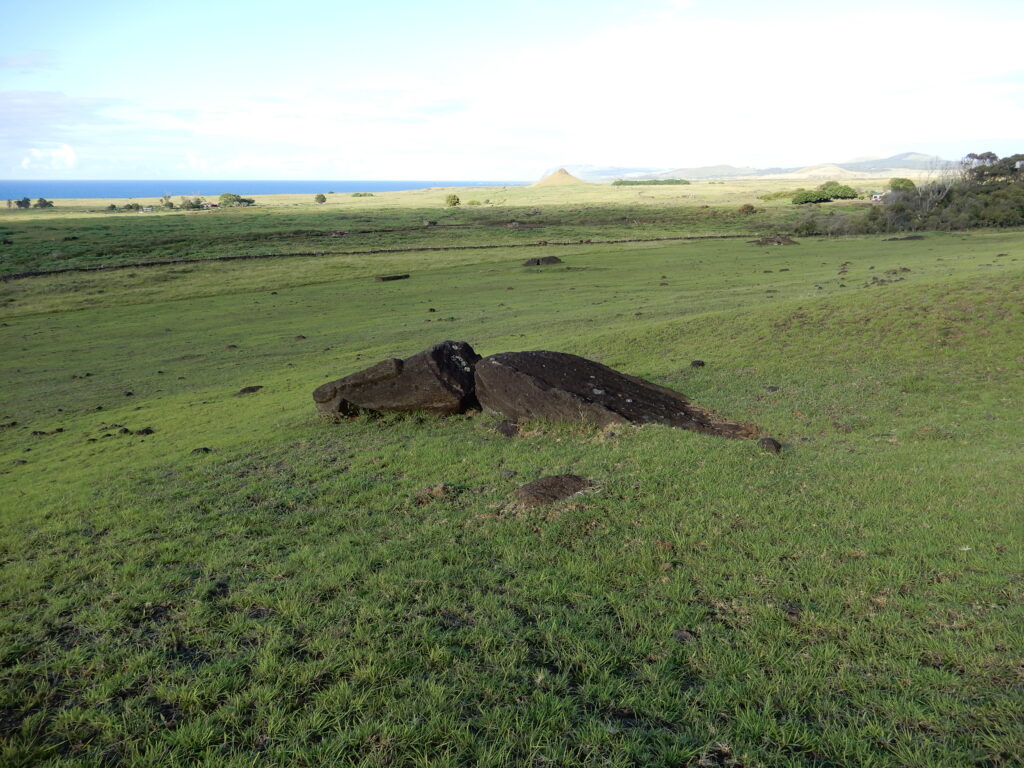
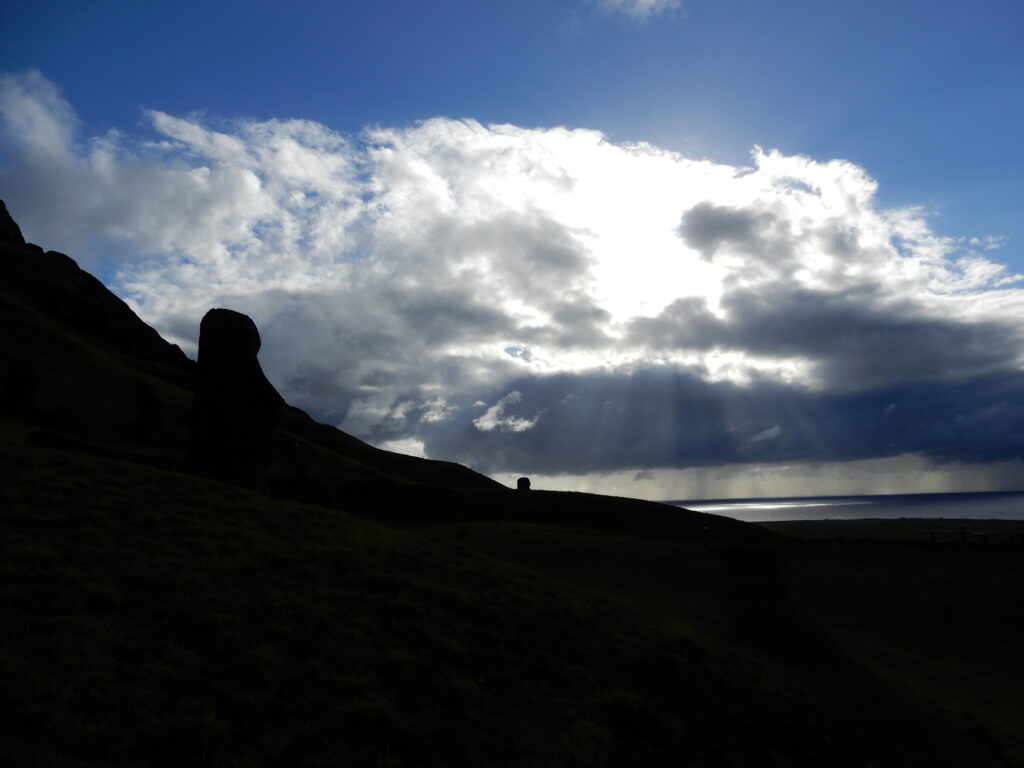
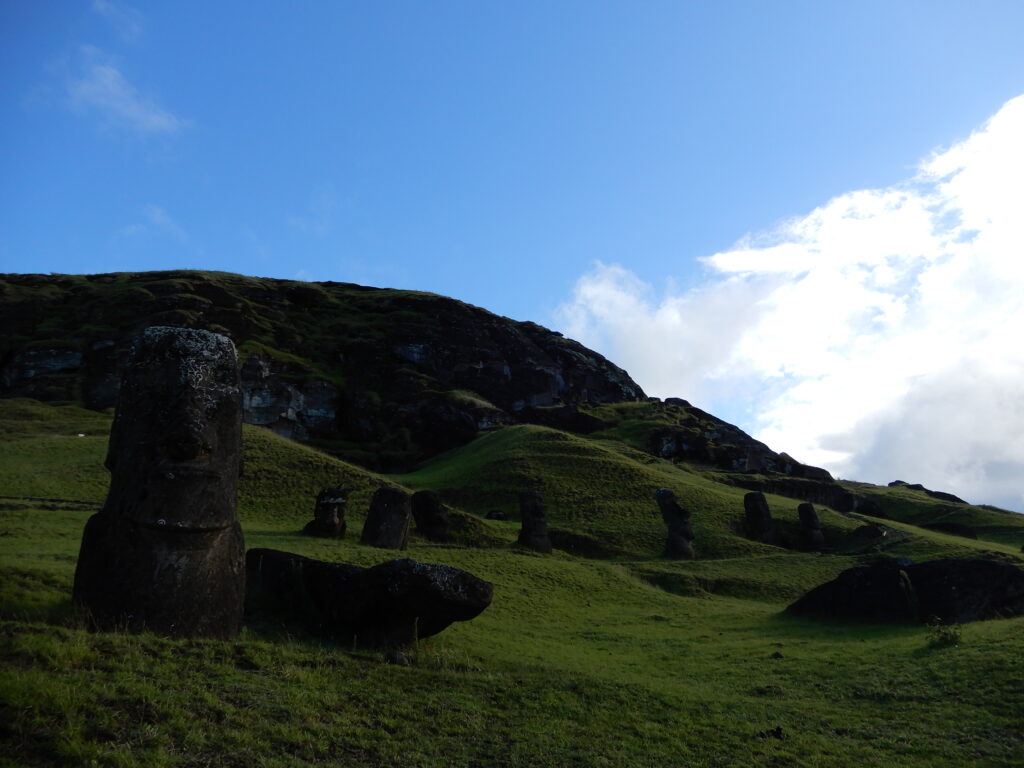

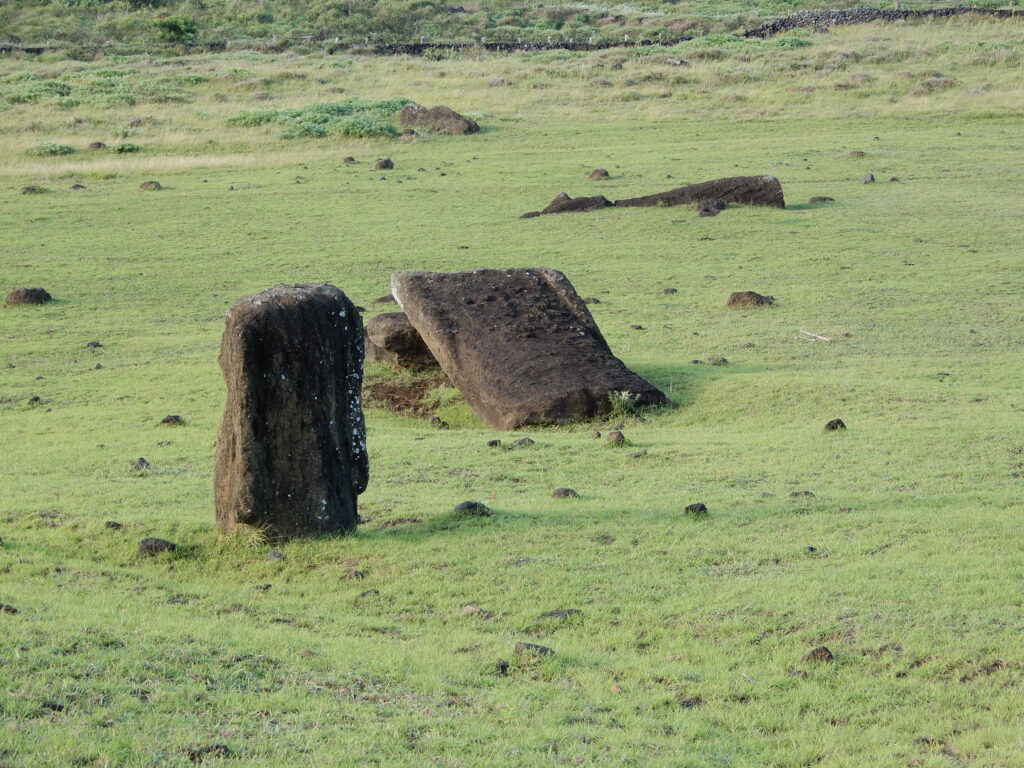
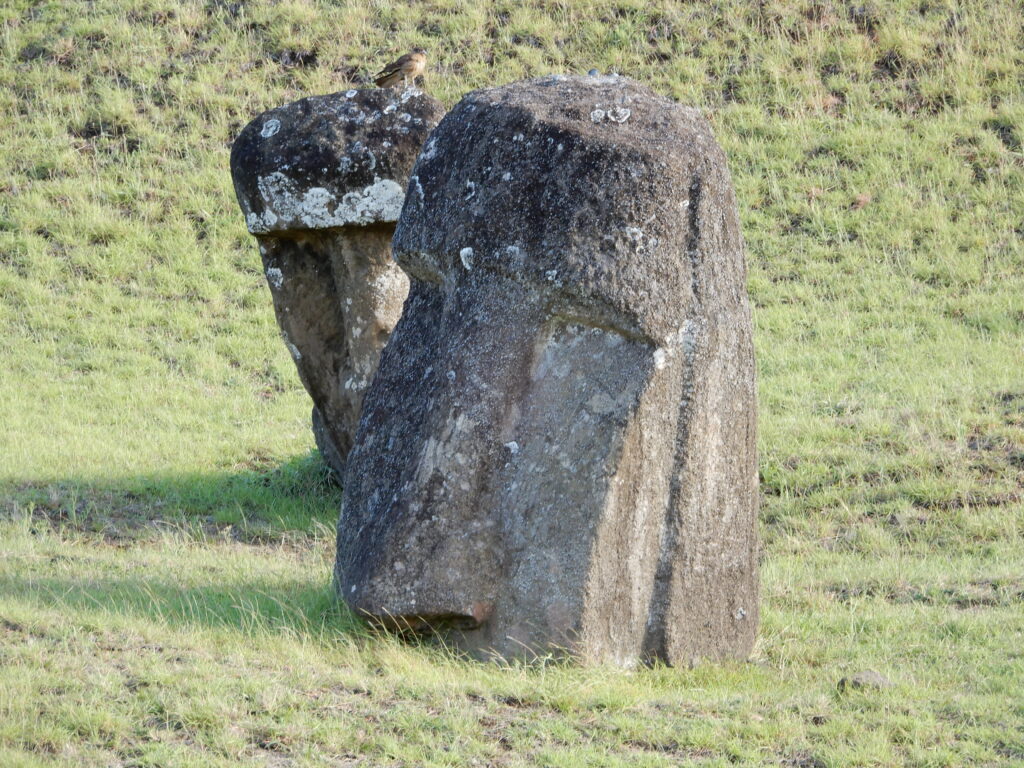





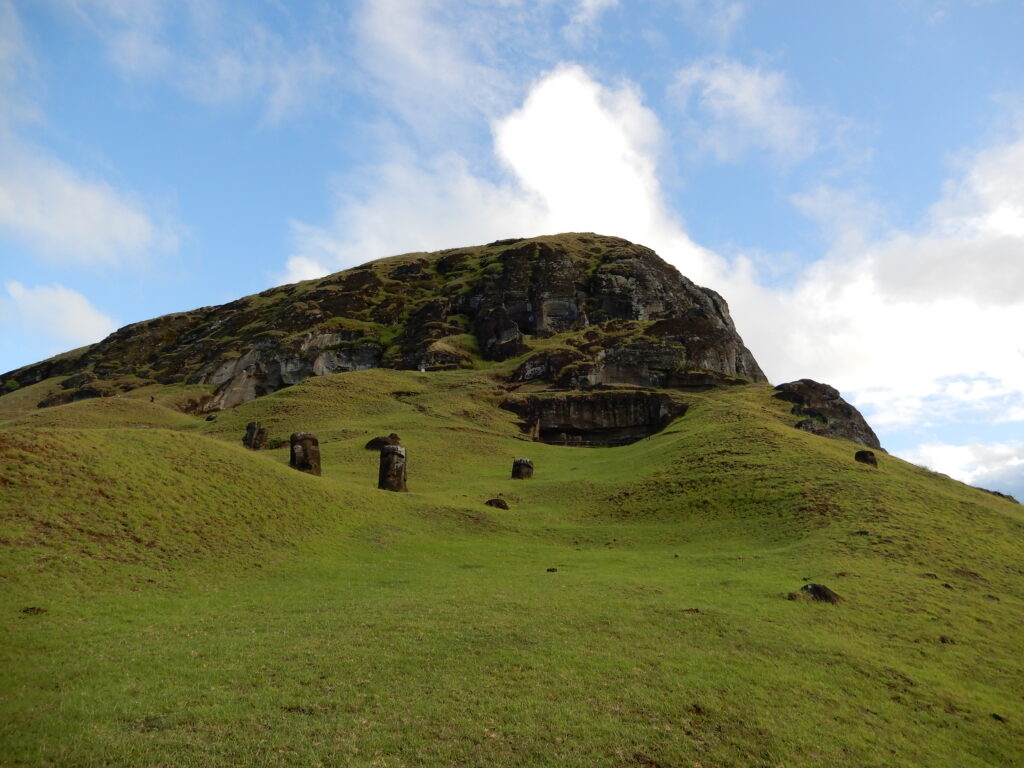

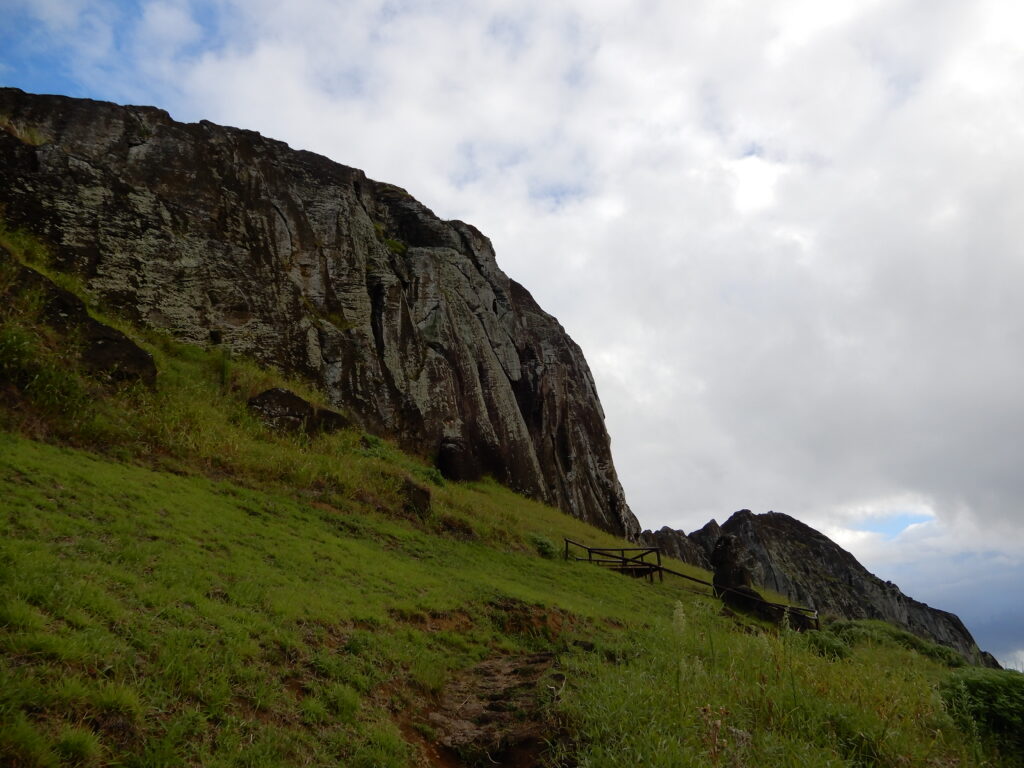

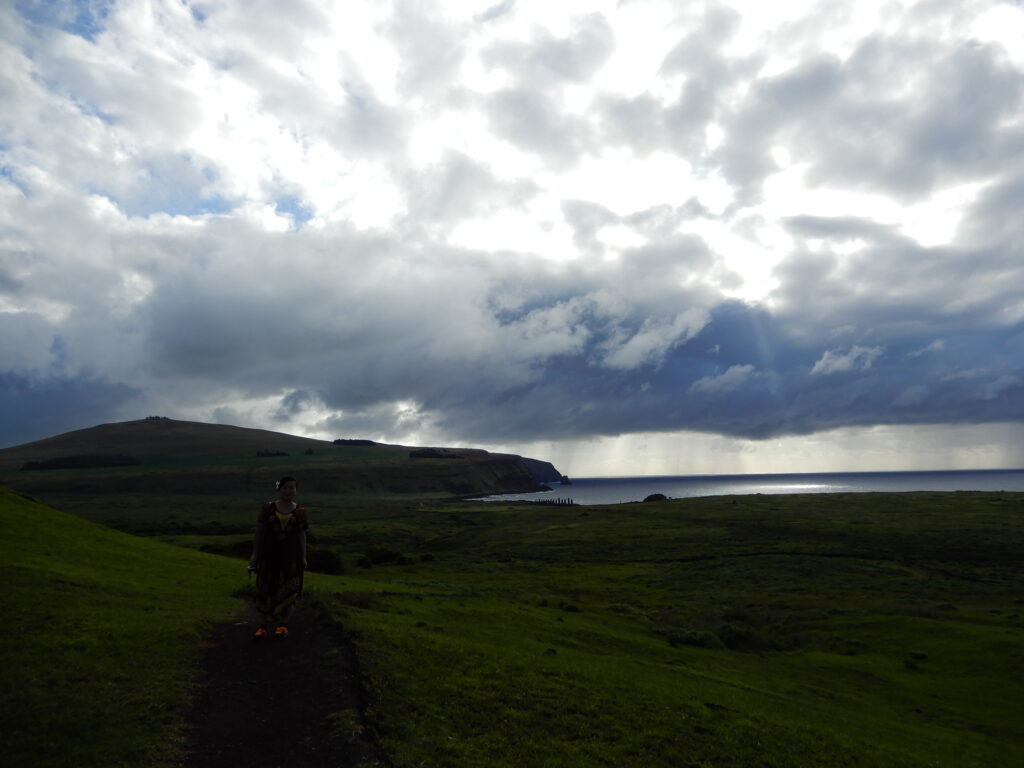
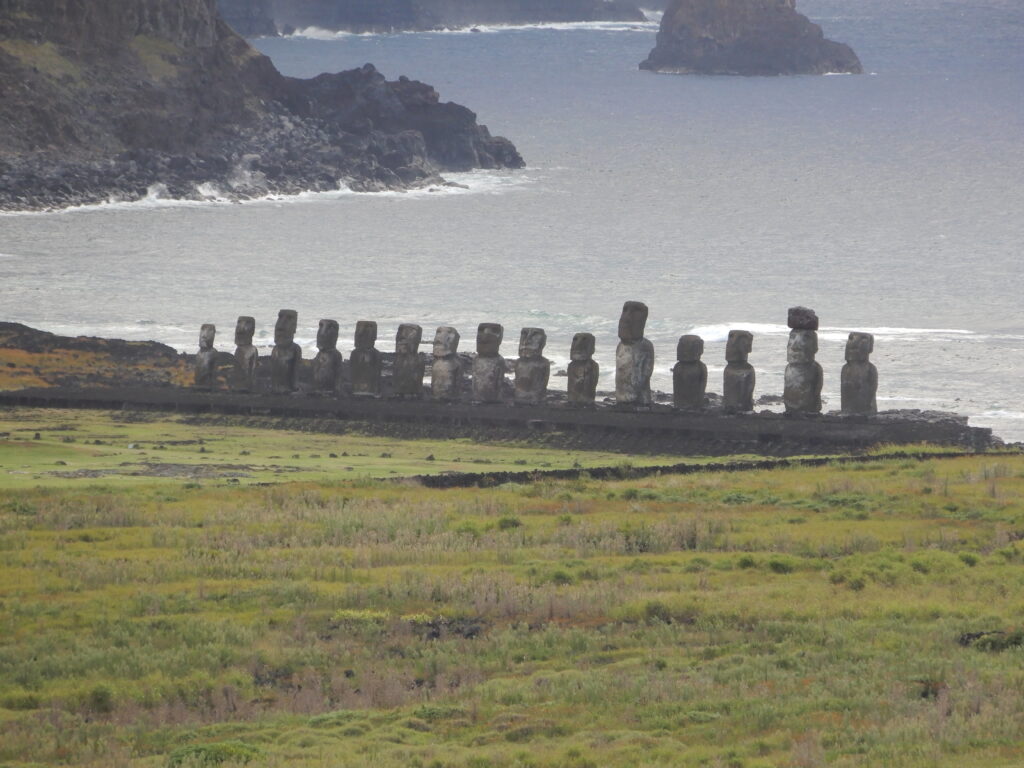
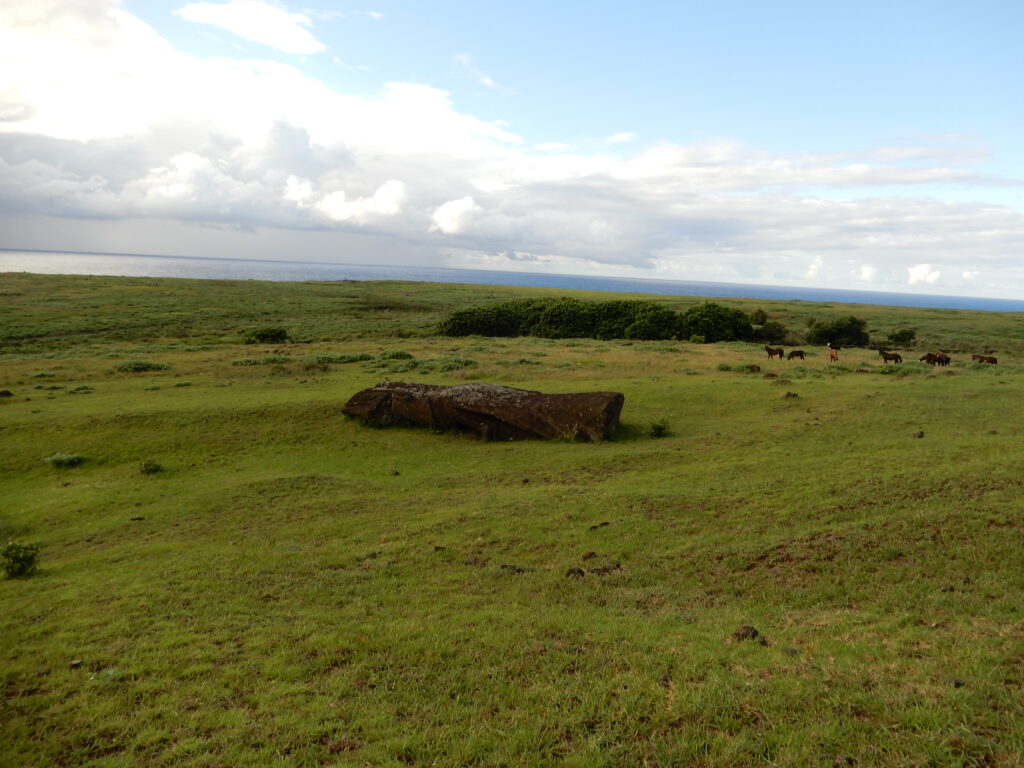
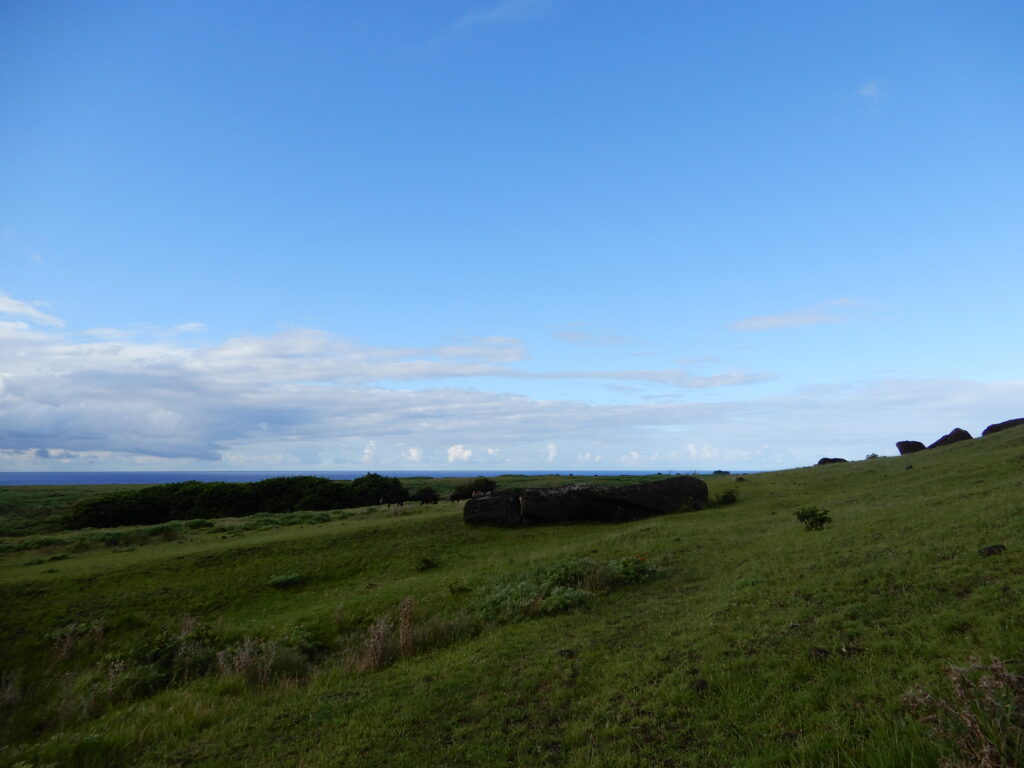
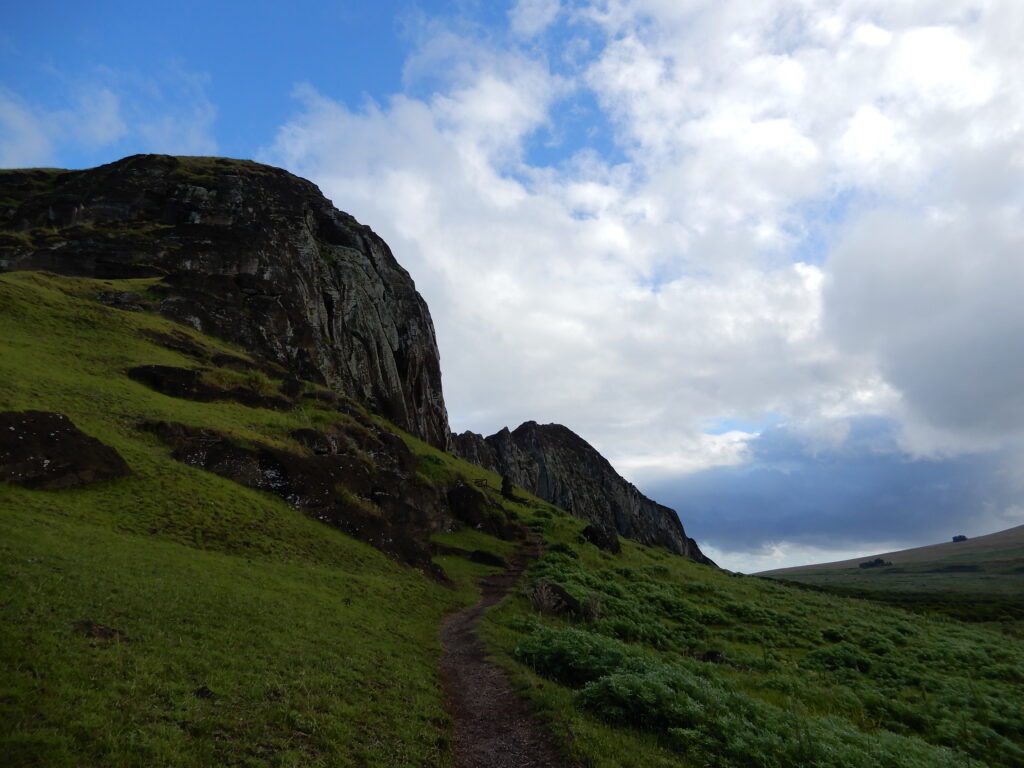
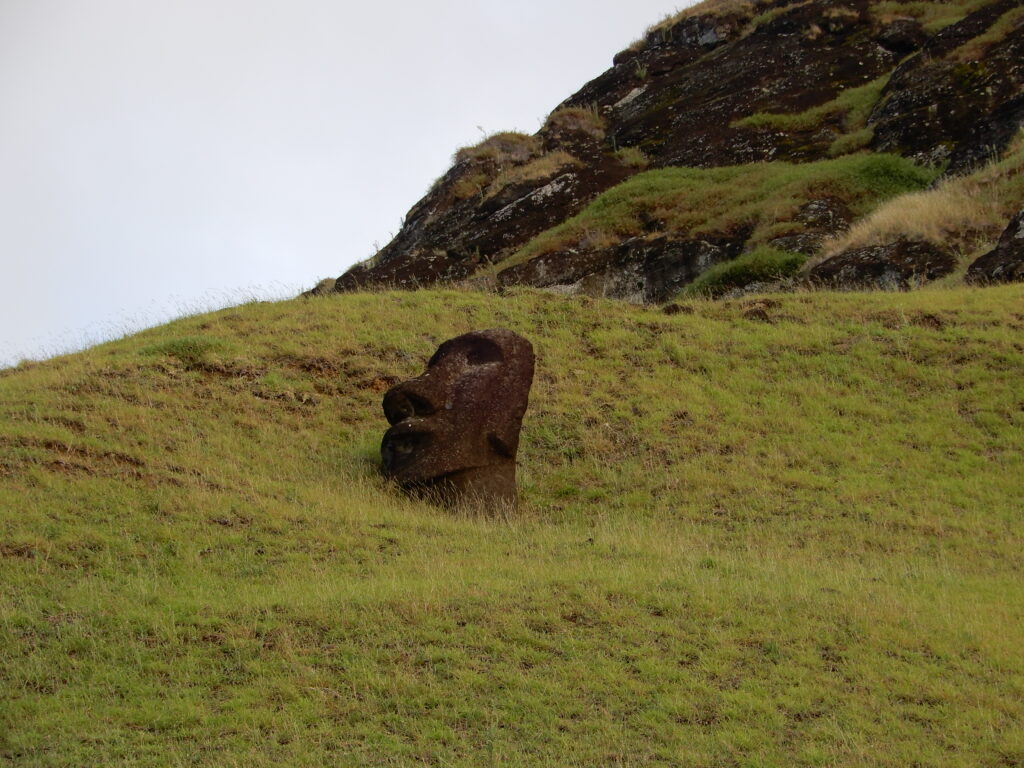
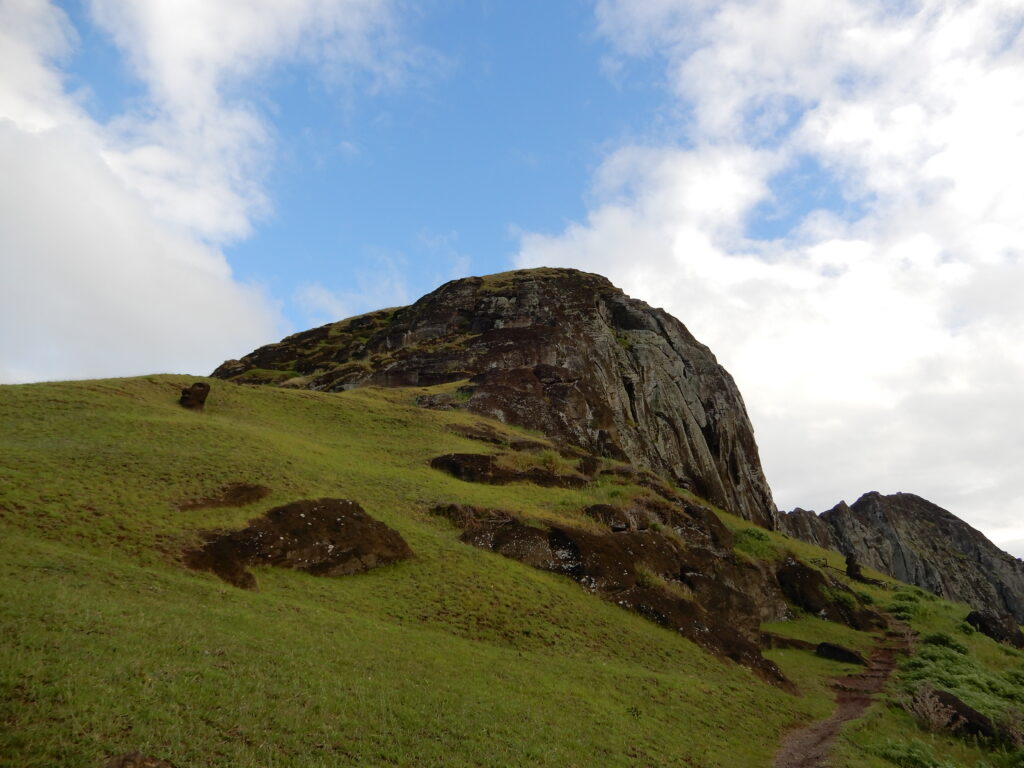

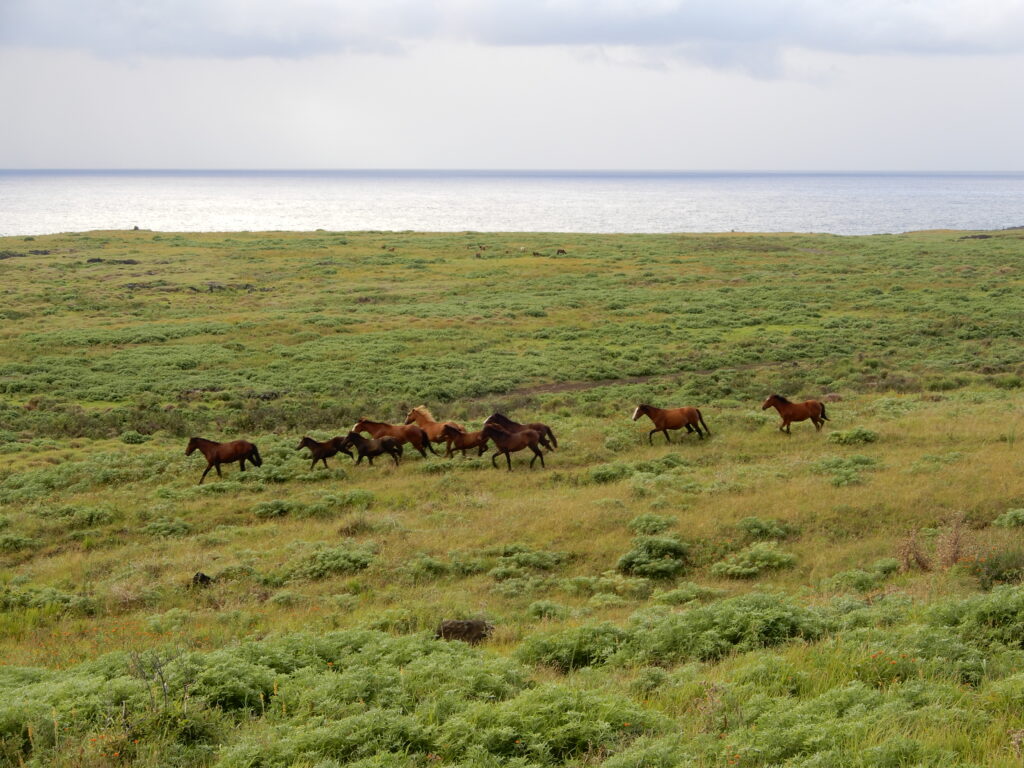
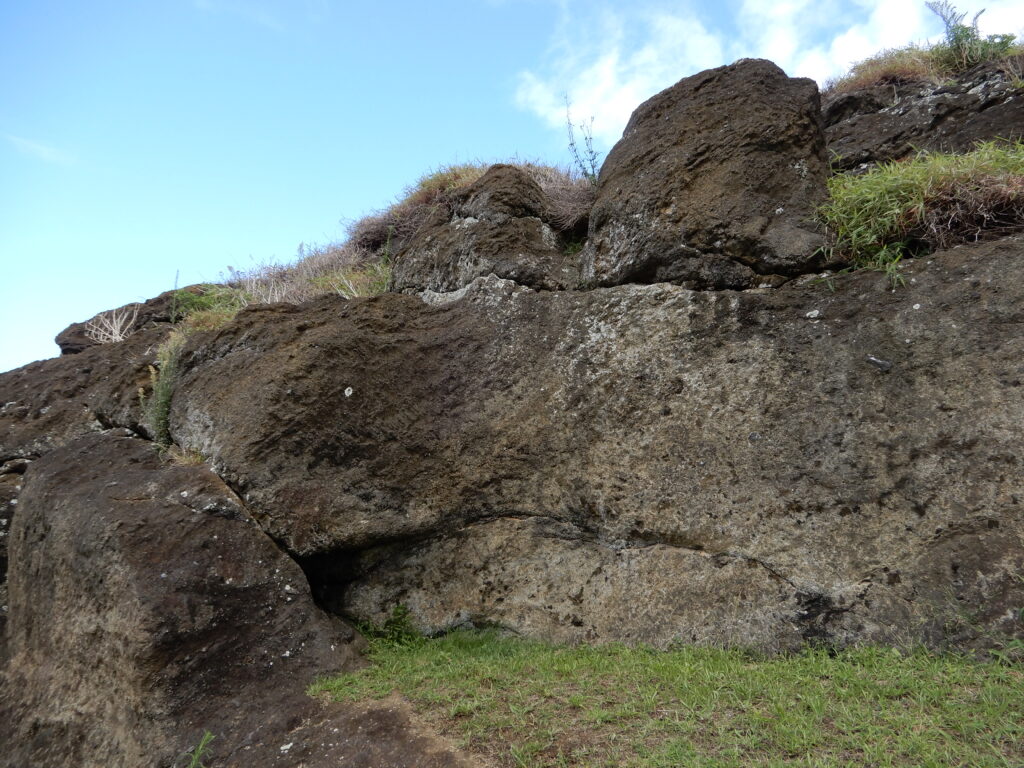
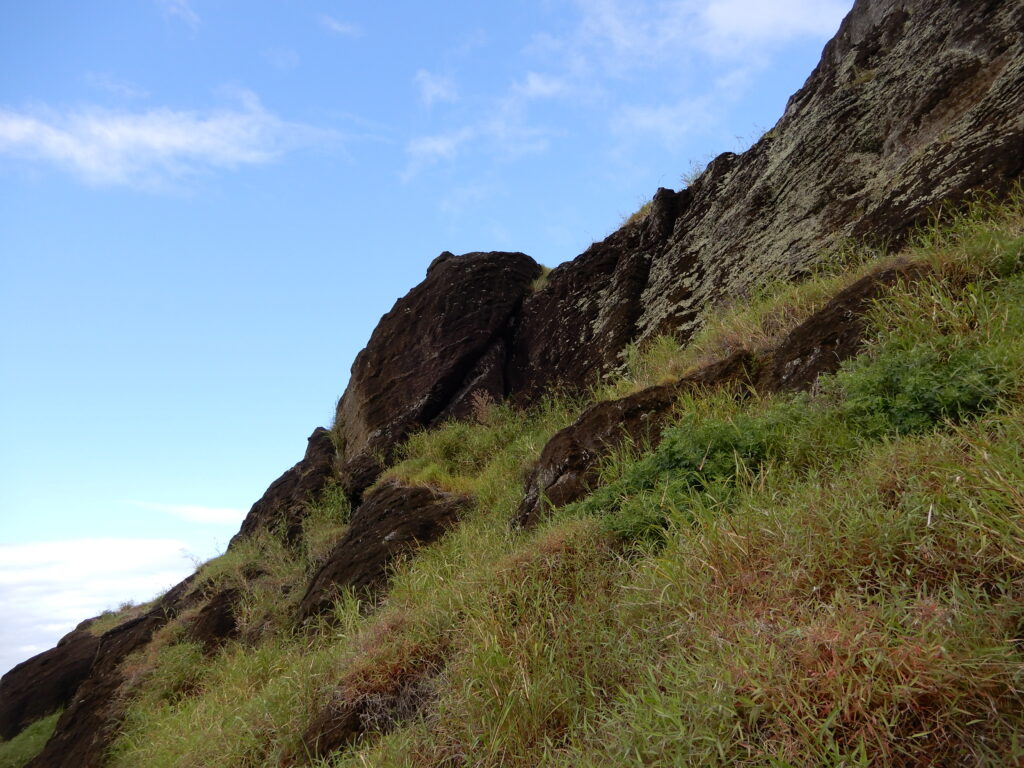
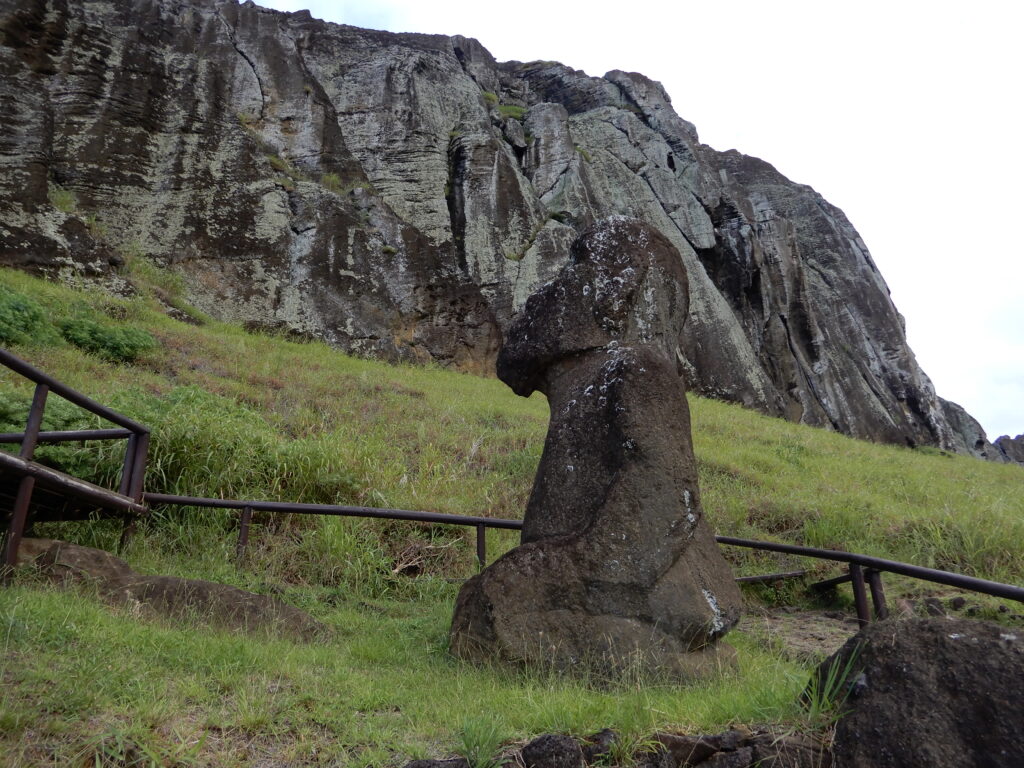
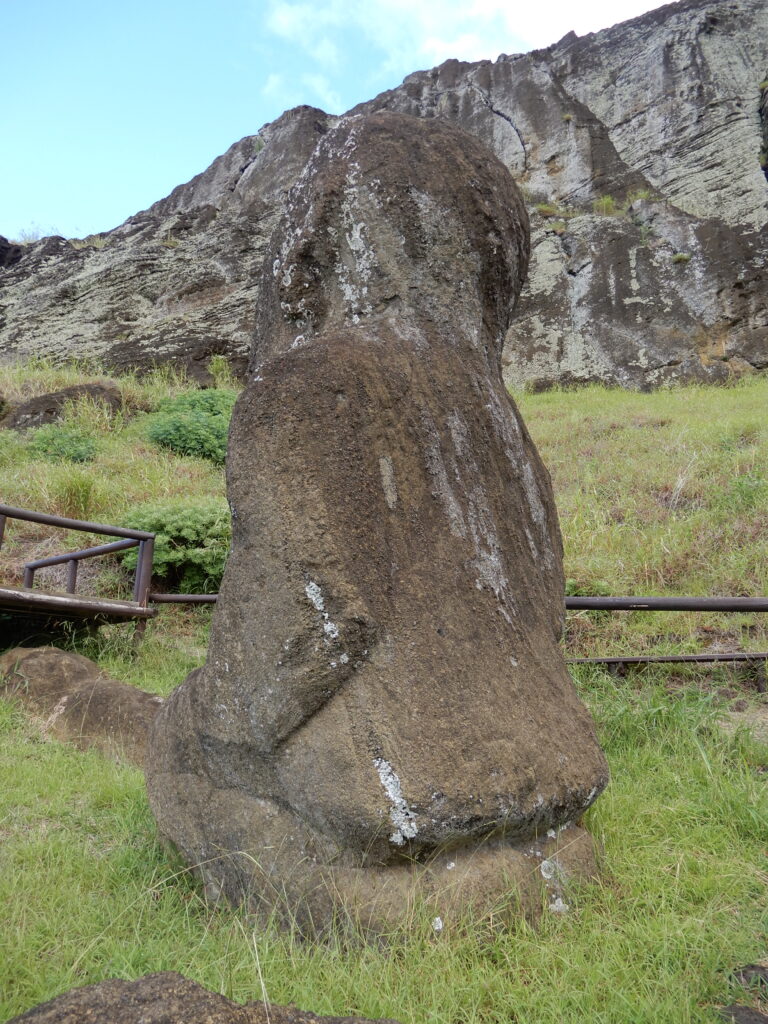
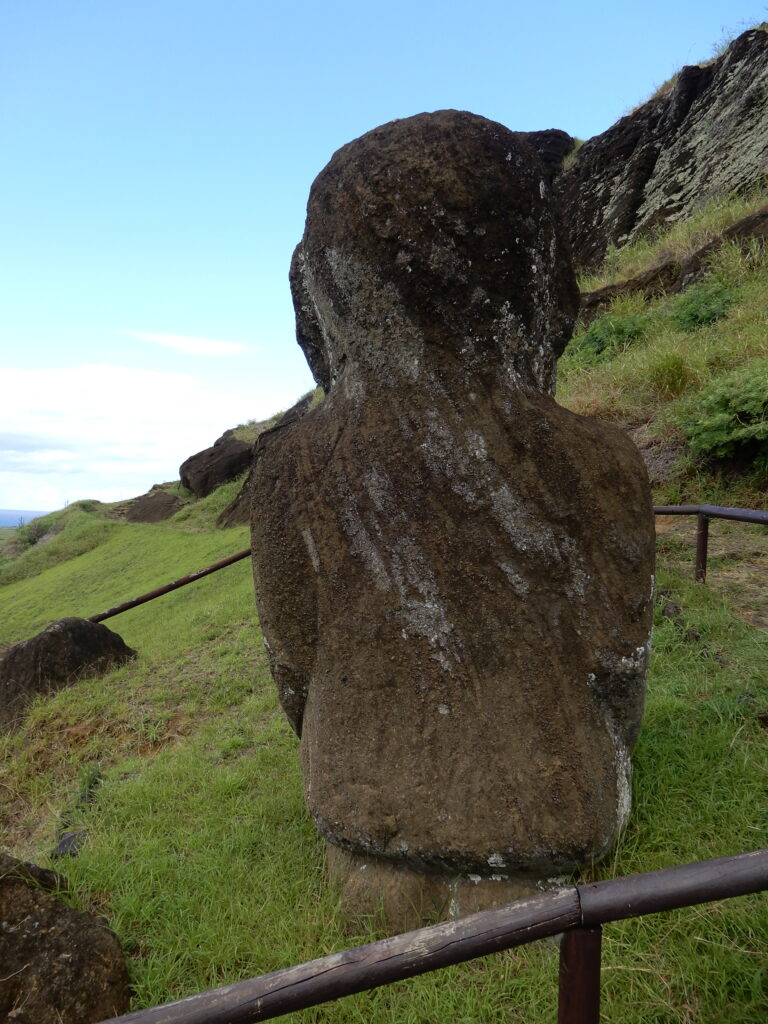
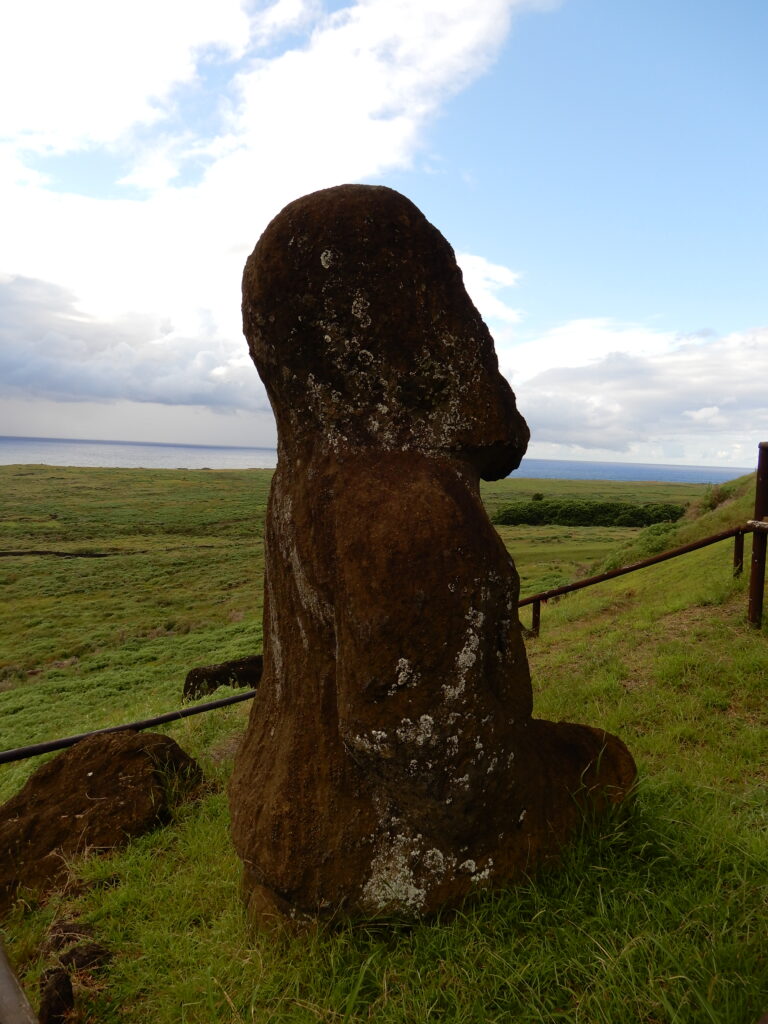
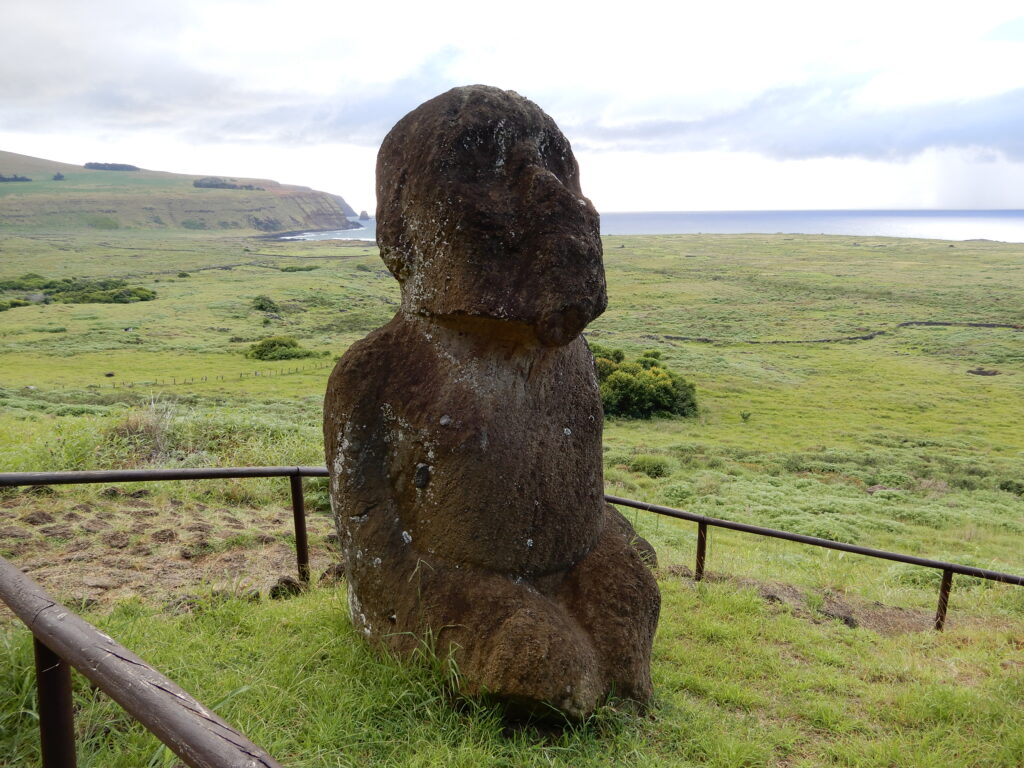

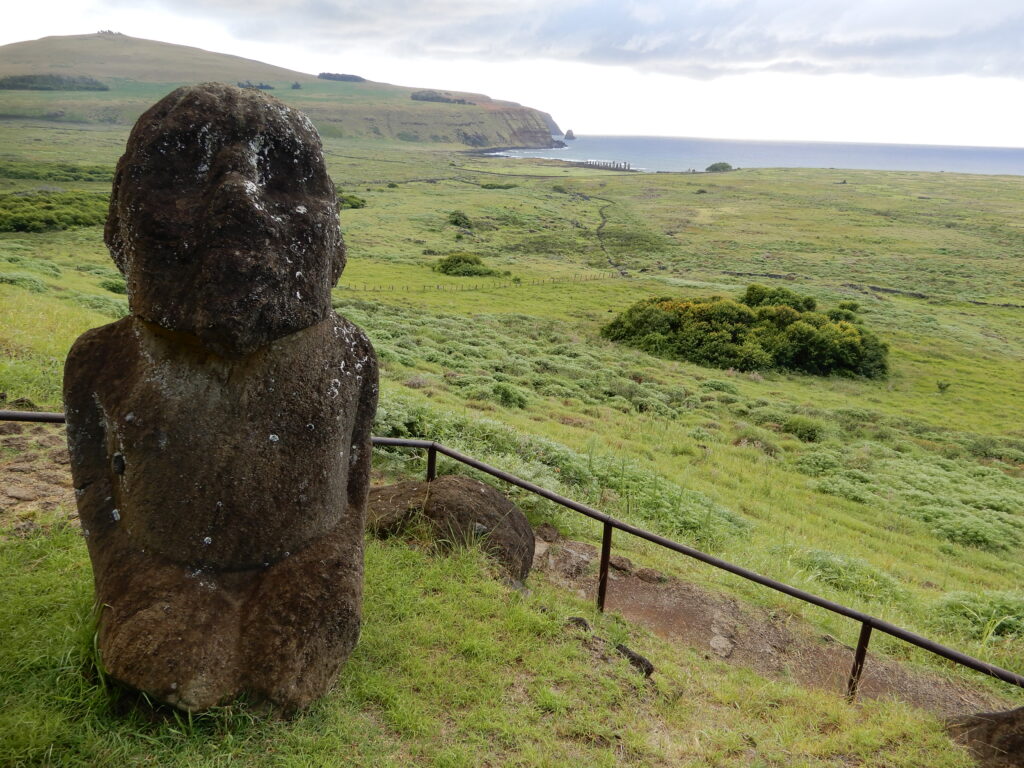
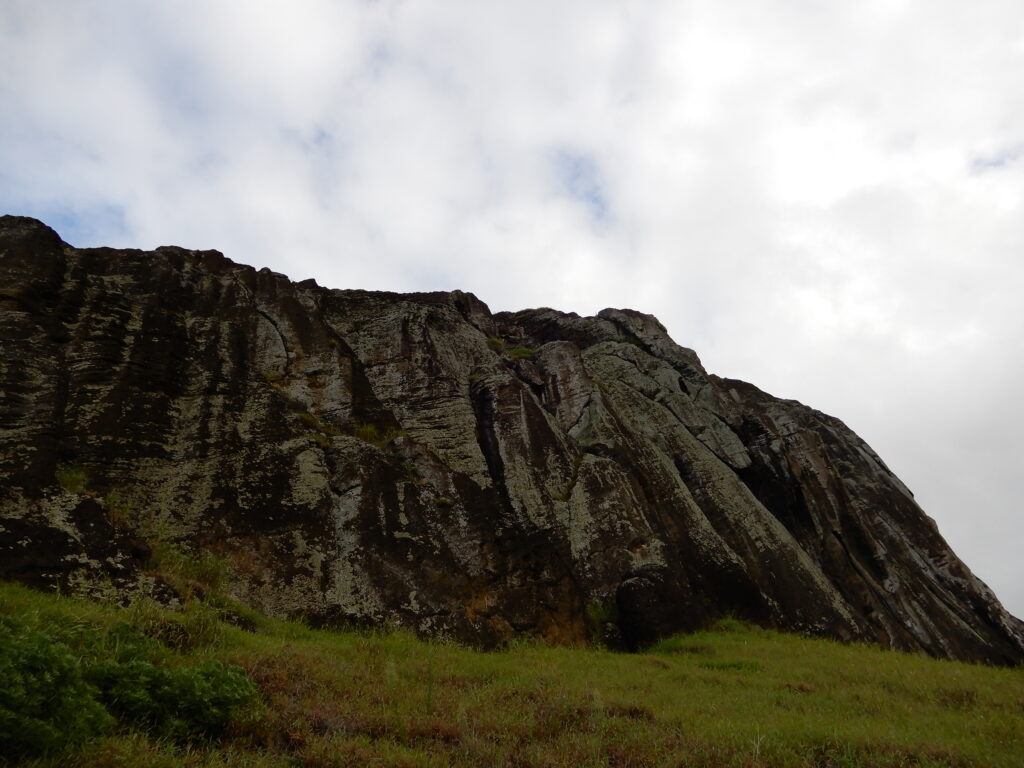
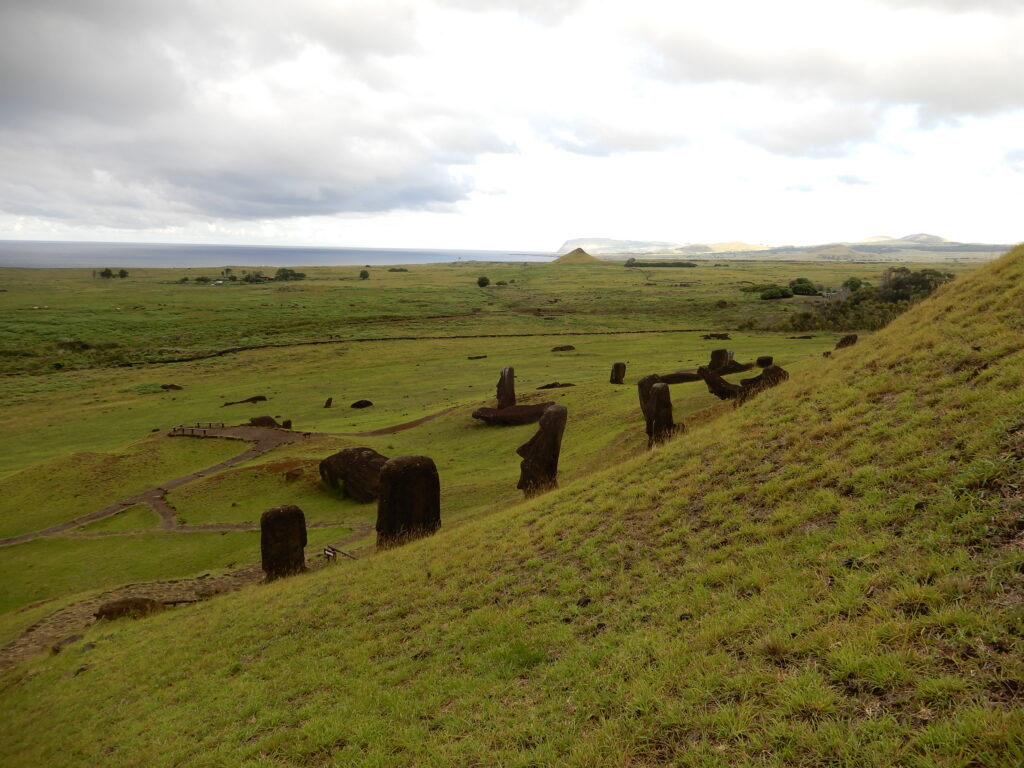
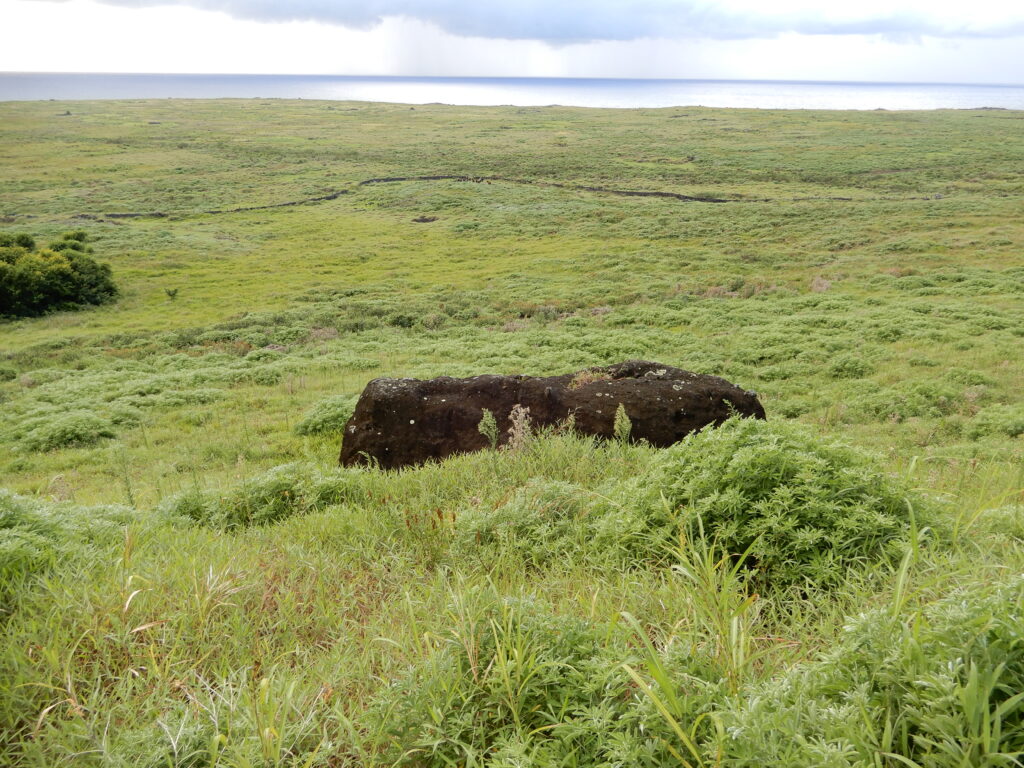
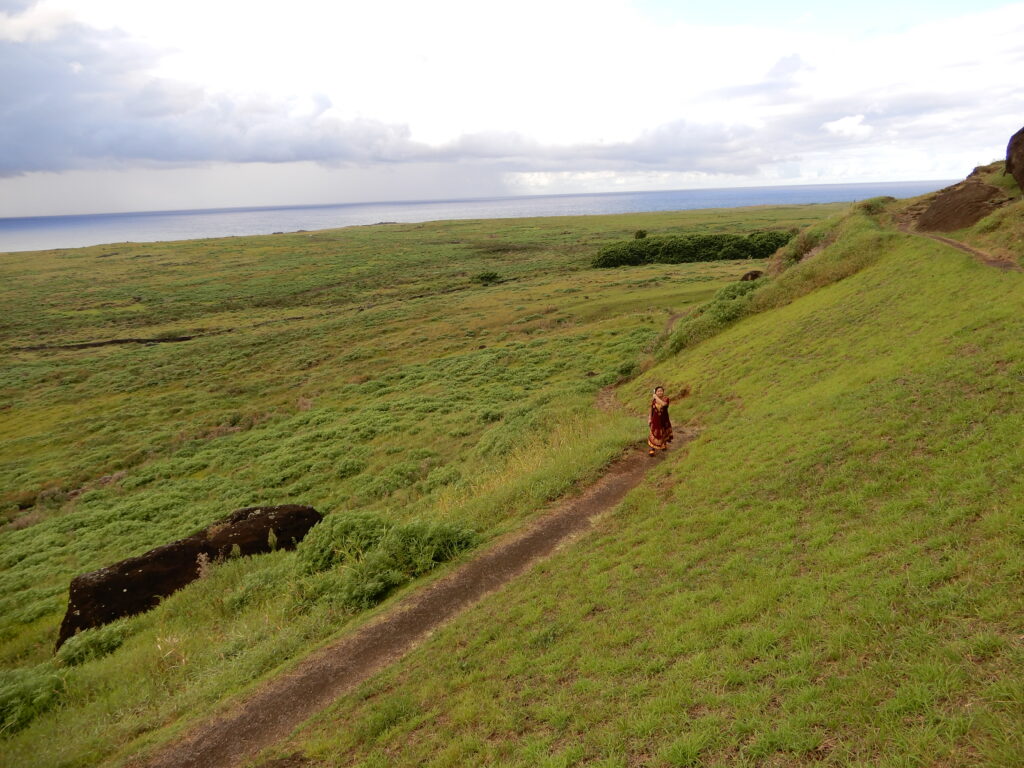
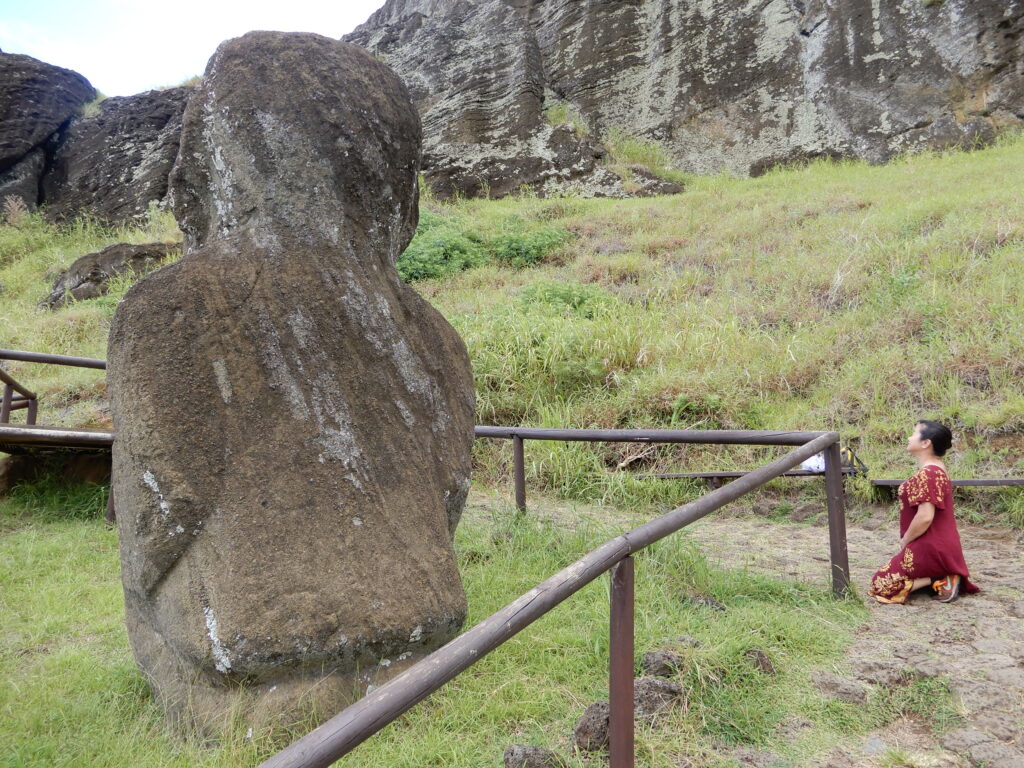
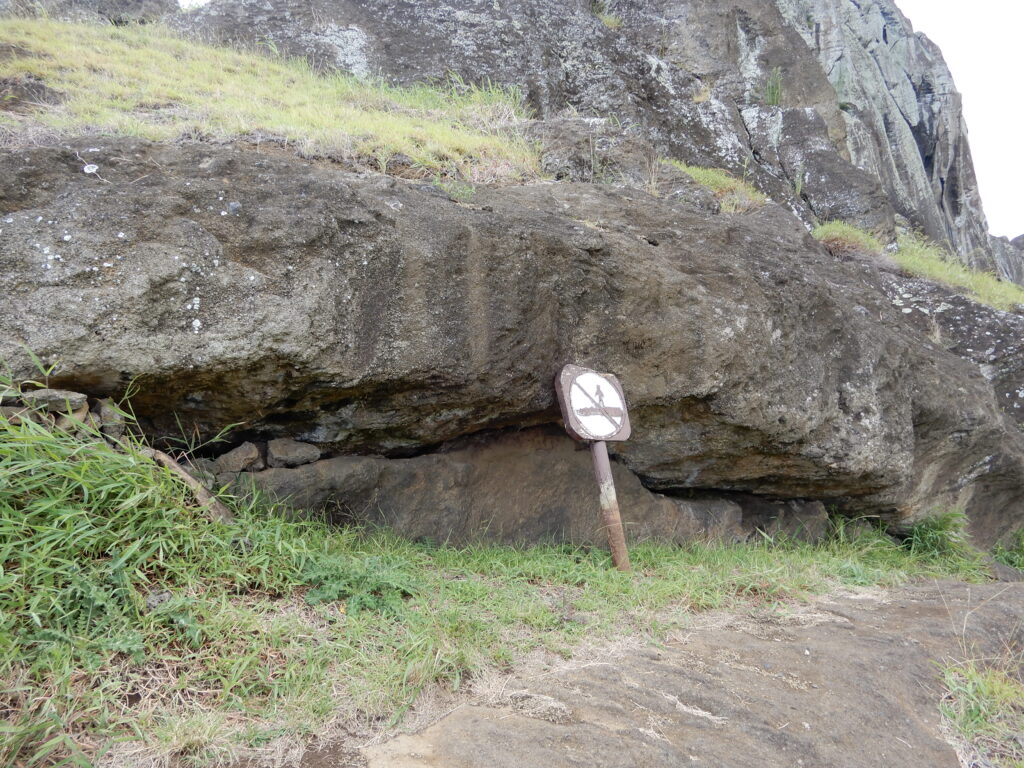
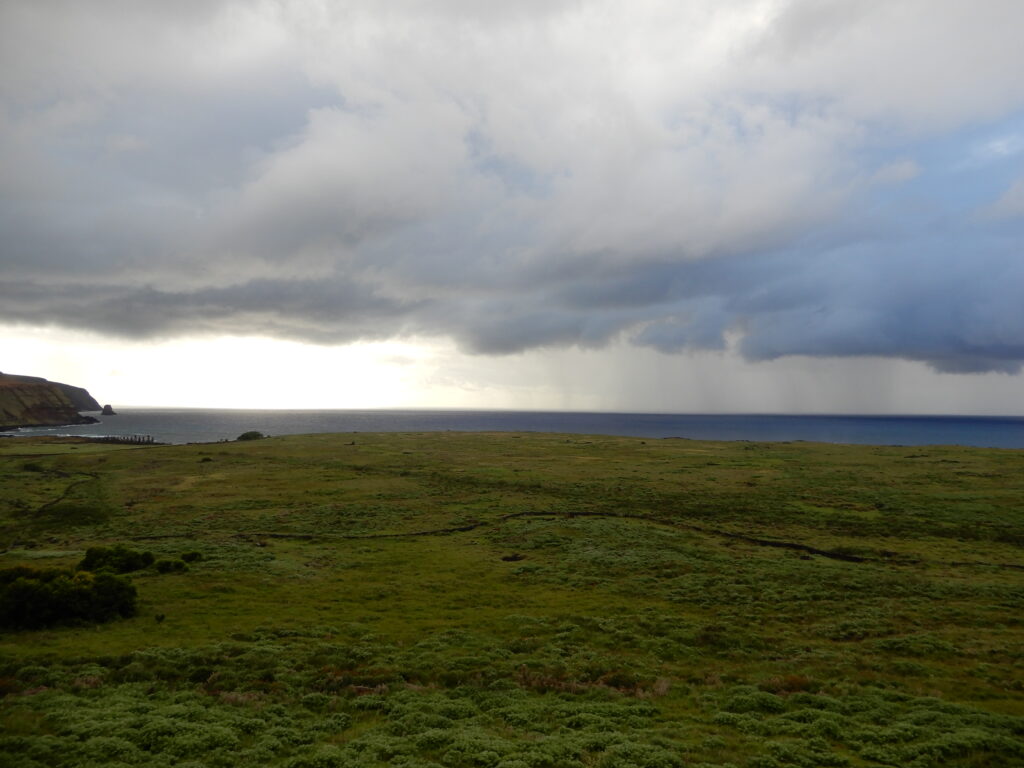

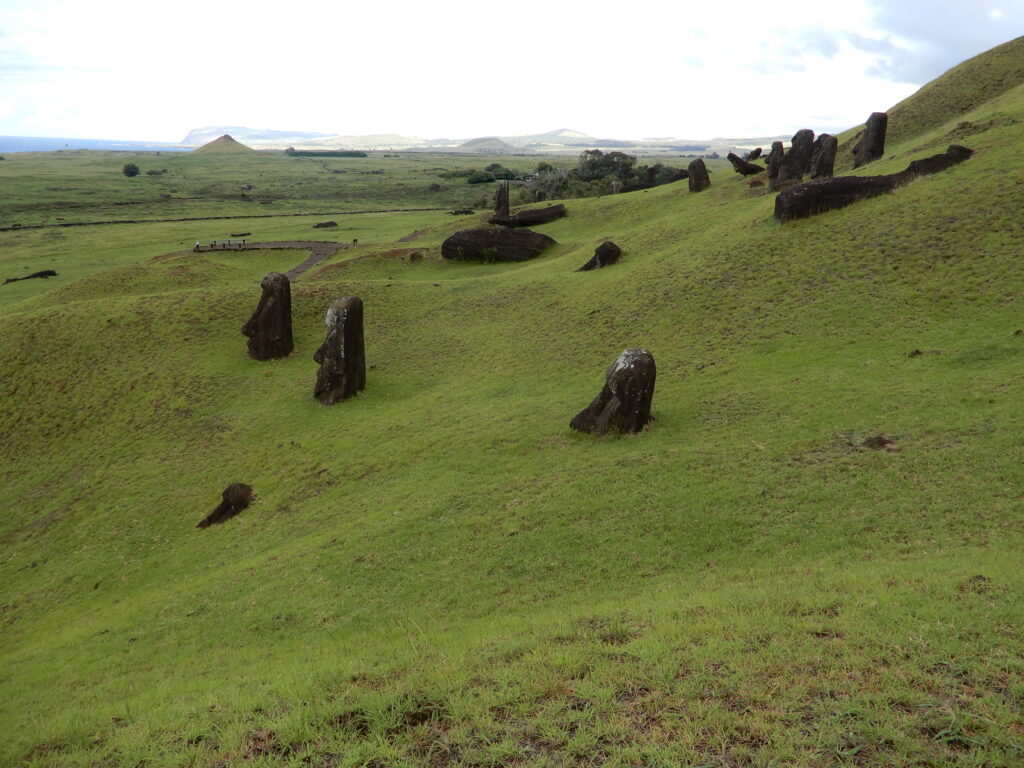

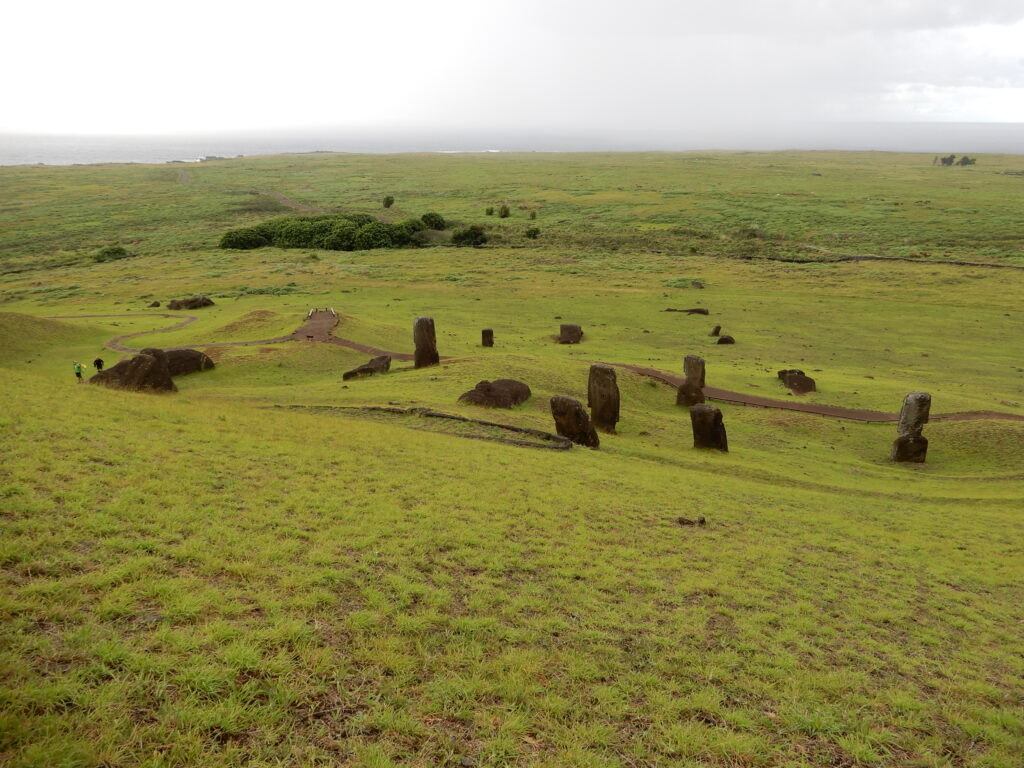
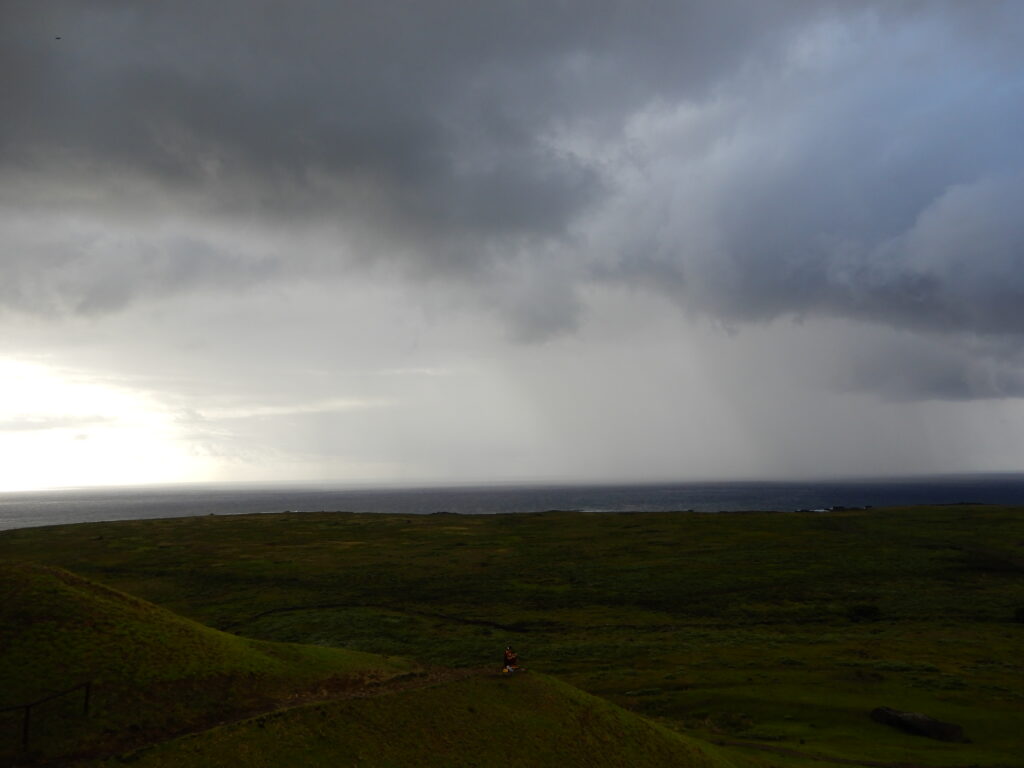
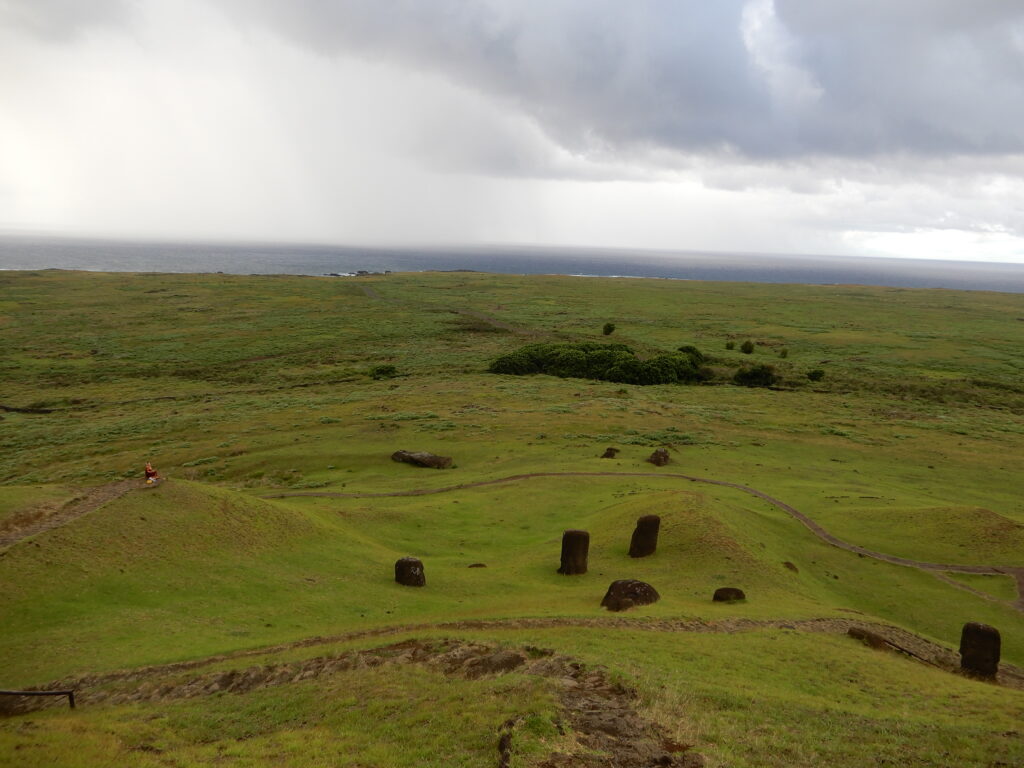
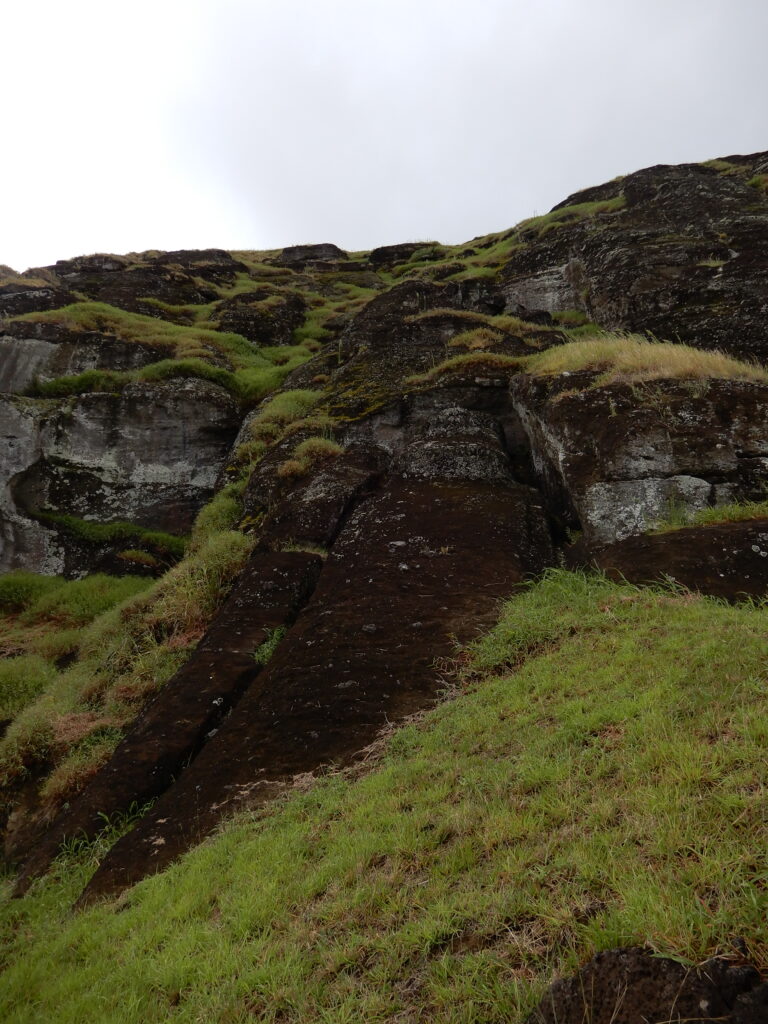
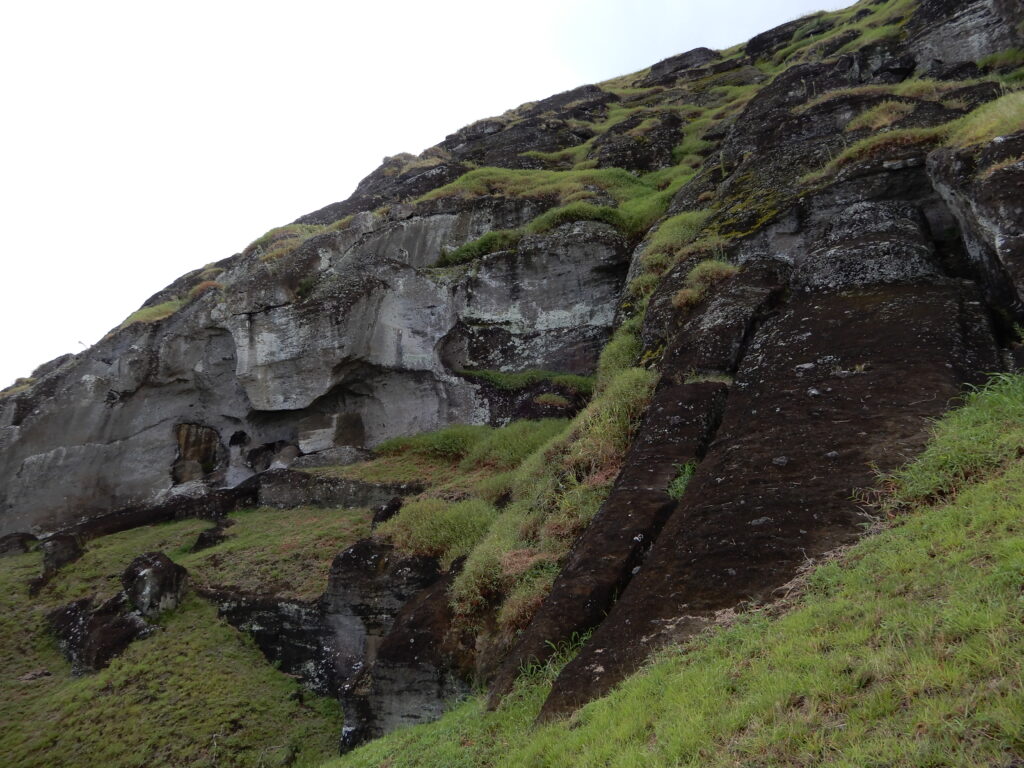
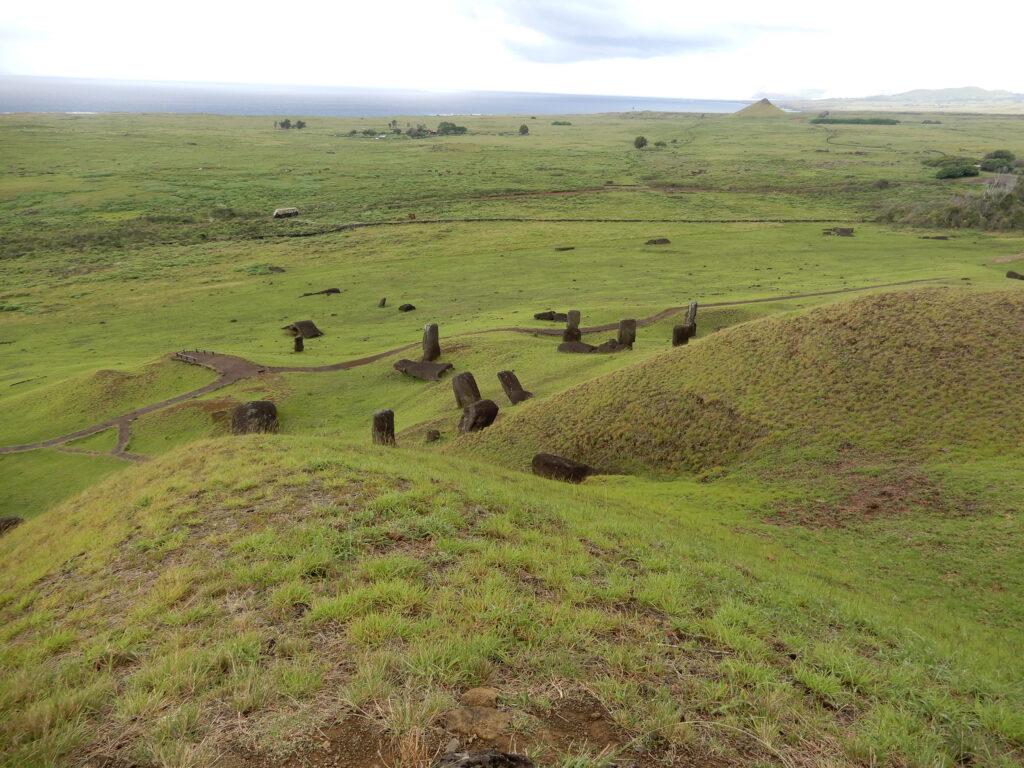
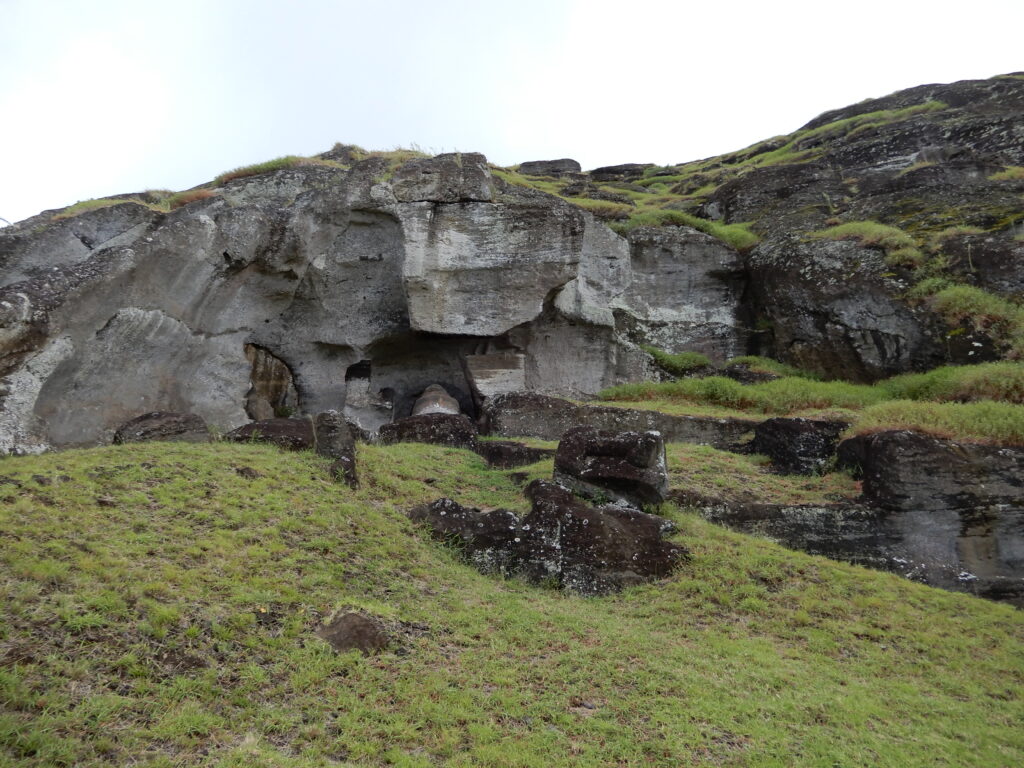
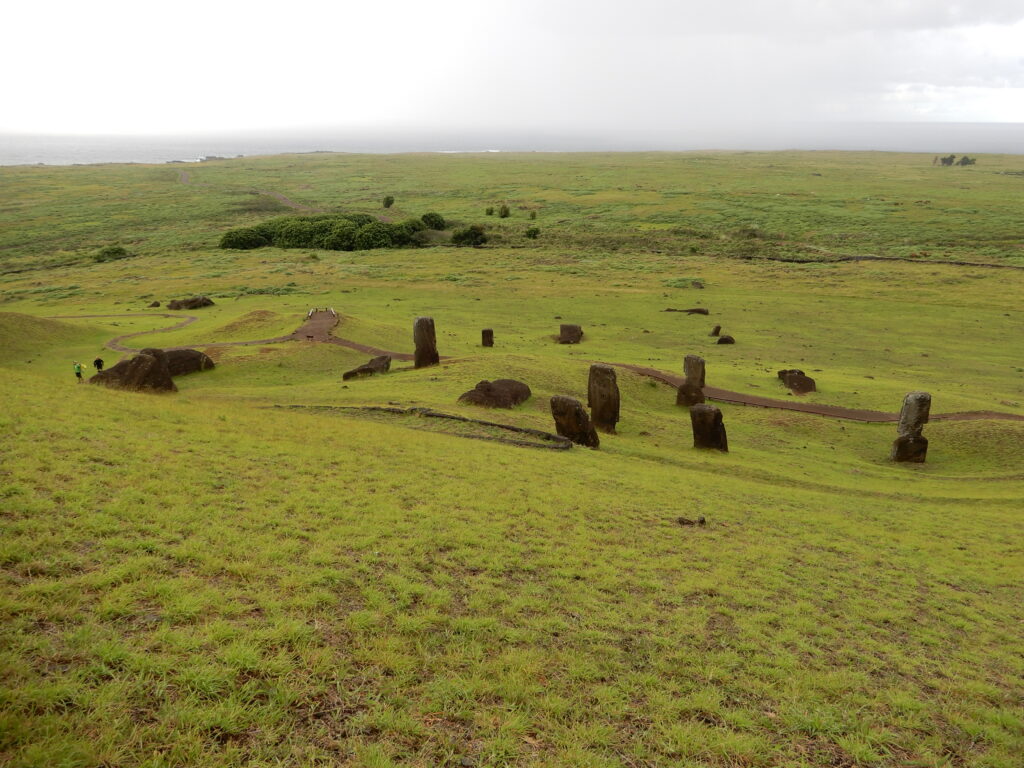
Pu o Hiro
I have no idea what it was used for, just a stone with a hole in it. Translated from the Spanish explanation, it was a fishing charm.
Esta piedra grabada, Ilamada Pu O Hiro(la Trompeta de Hiro) era considerada en tiempos pasados un talisman de pesca.
Ciertas tradiciones dicen que cuando se soplaba en uno de sus orificios, el sonido producido atraia a los peces hacia la costa.
Tambien fue un trofeo de guerra, llevado de un lado a otro de la isla en diversos momentos.
This engraved stone, called Pu O Hiro (Hiro’s trumpet) was once considered a fishing talisman.
Some traditions say that when blown into one of its holes, the sound produced attracted fish to the shore.
It was also a war trophy, carried from one side of the island to the other at various times.
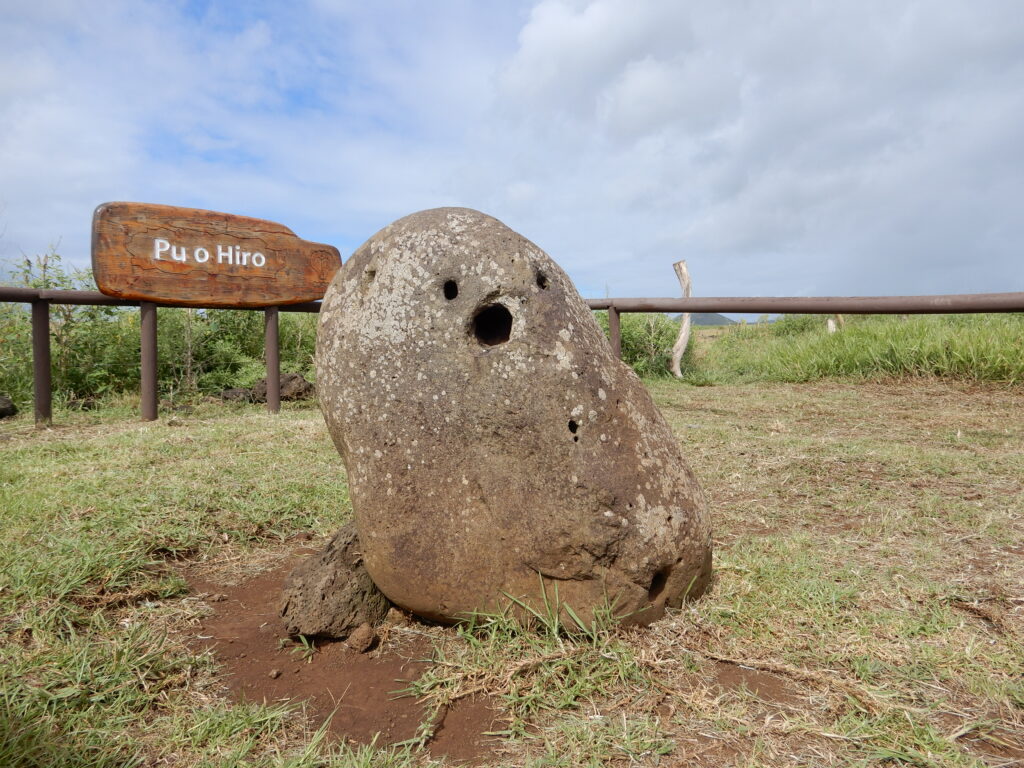
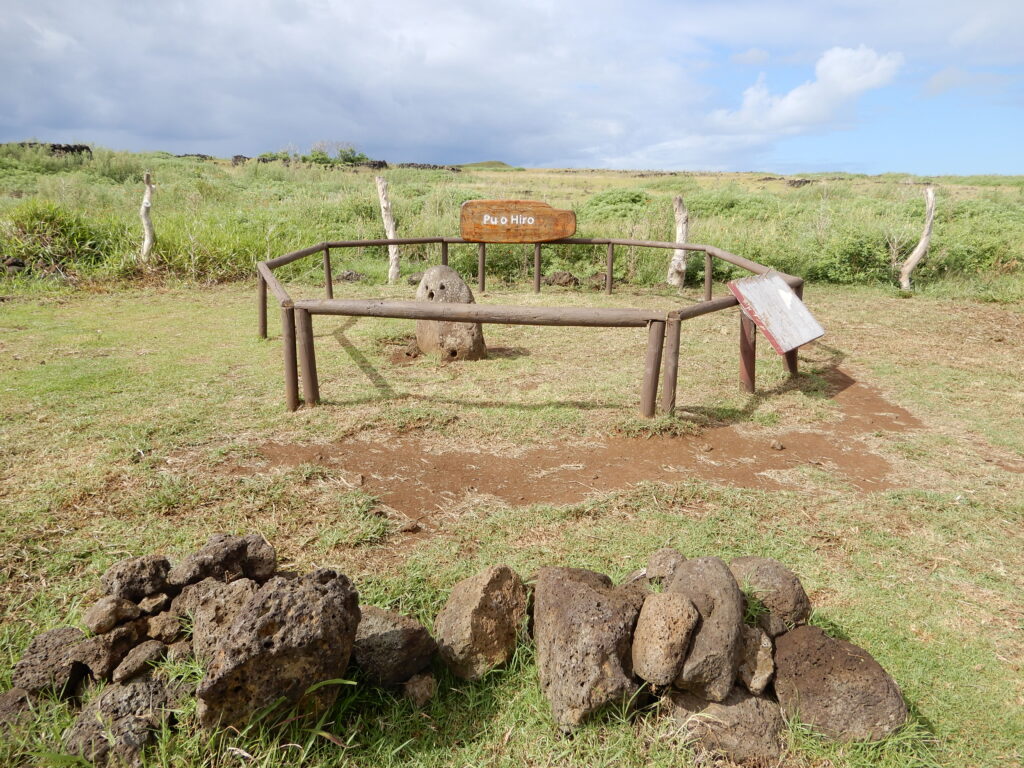
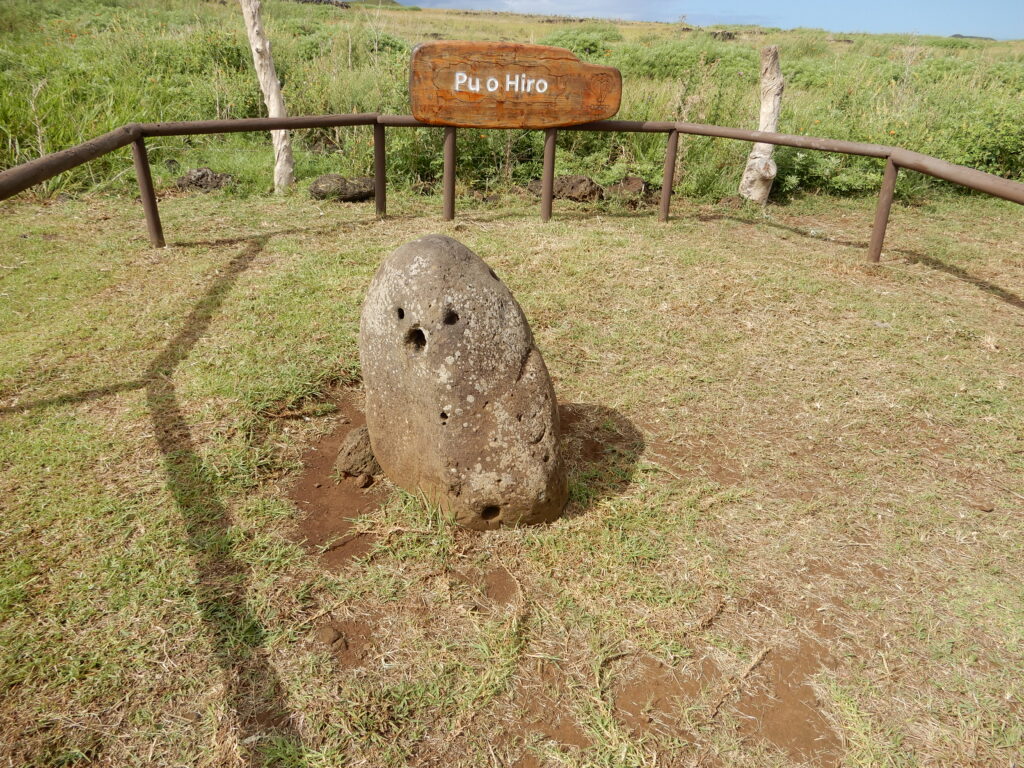
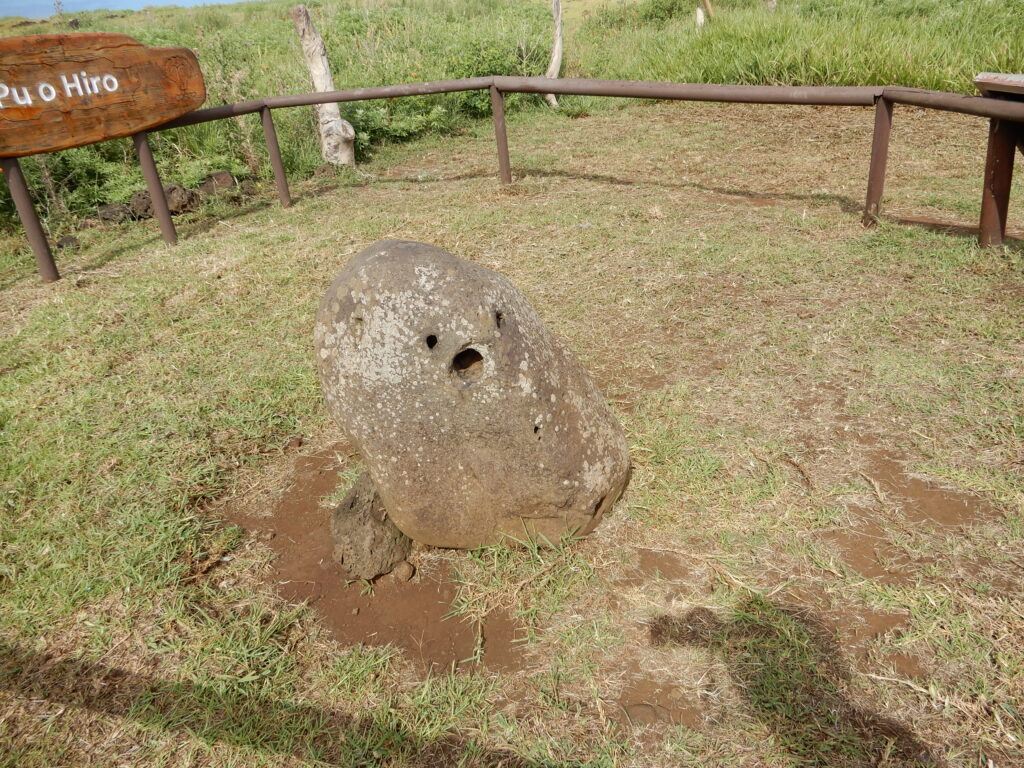
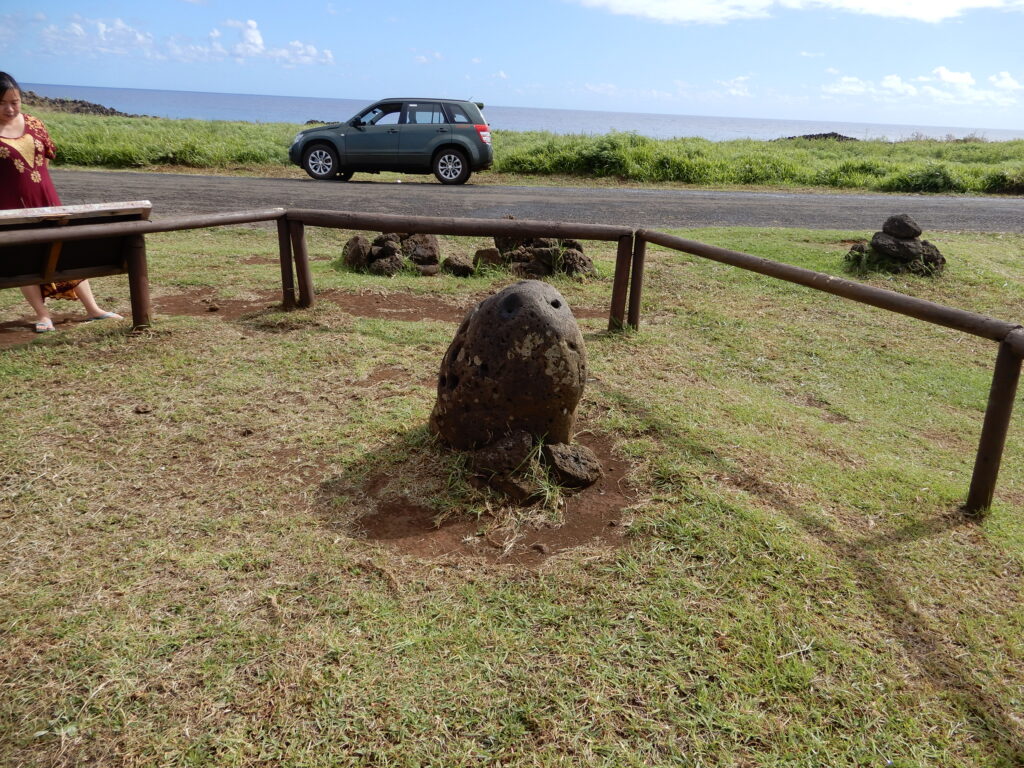
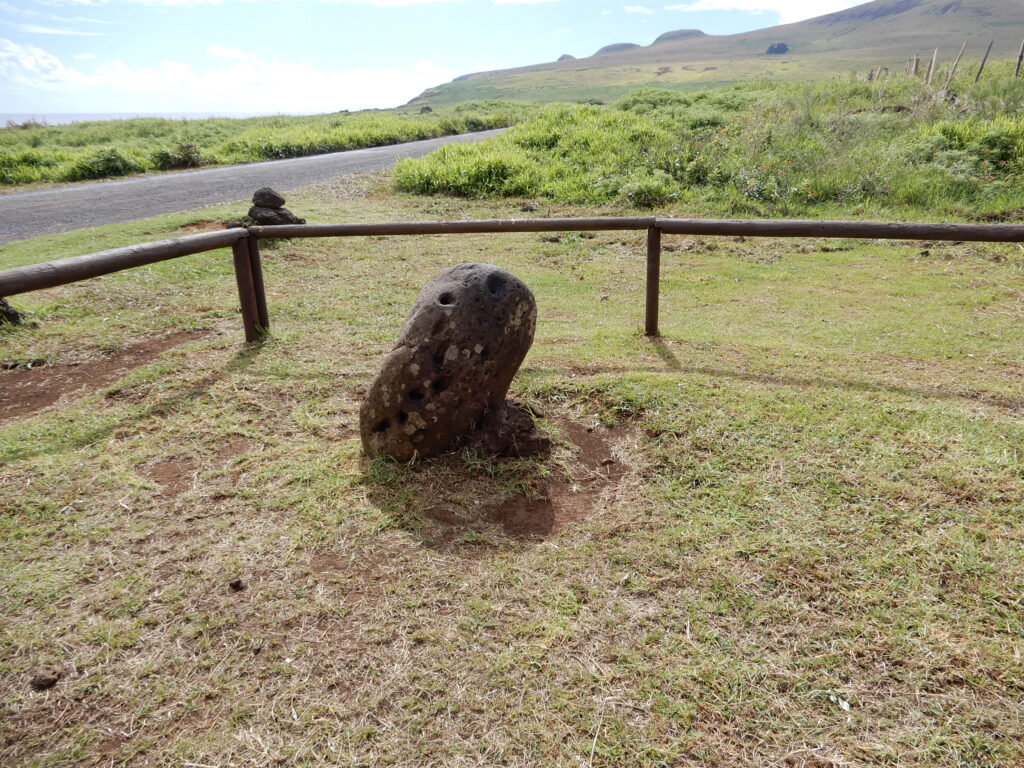
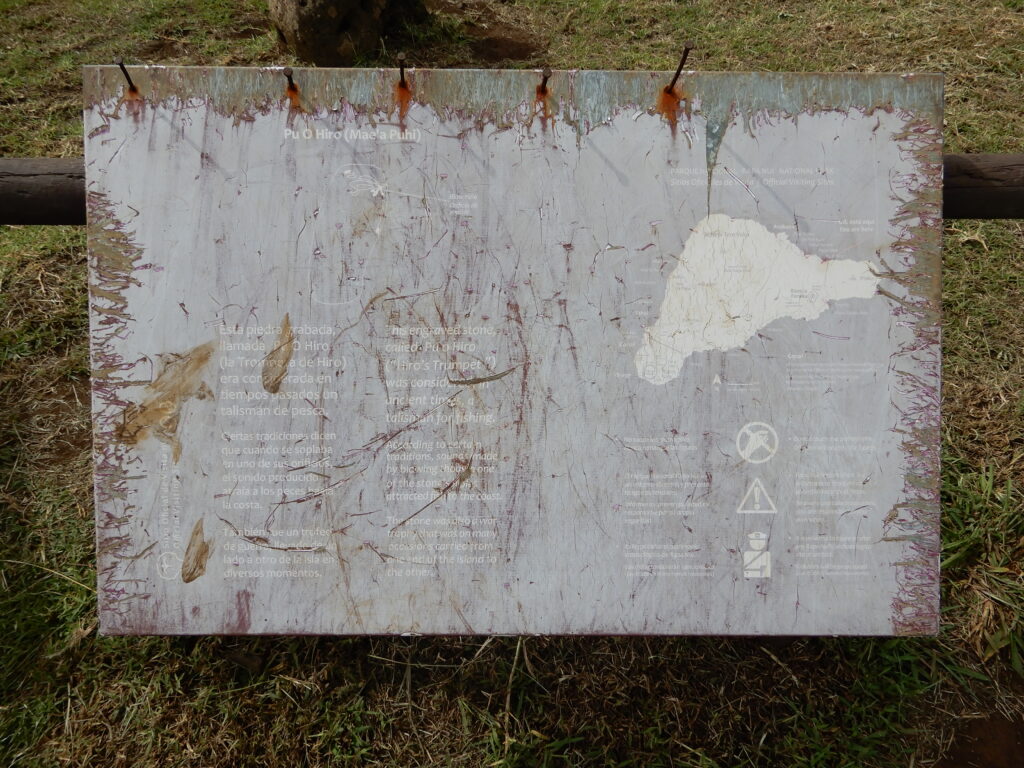
Papa Vaka
The remains of a settlement.
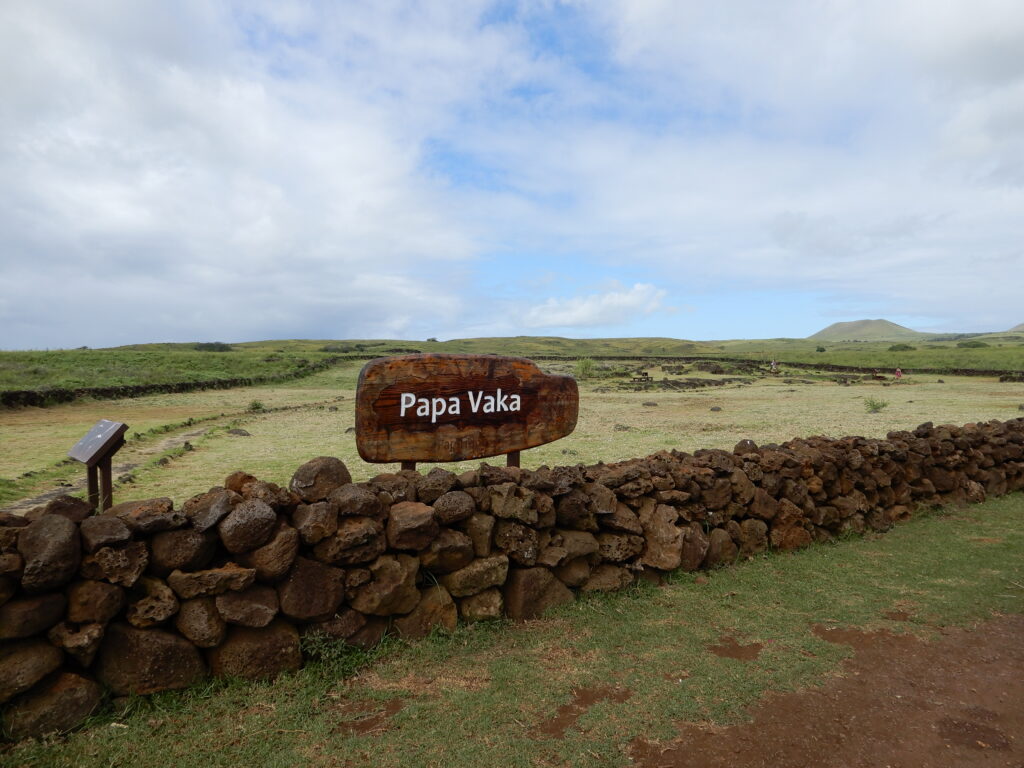
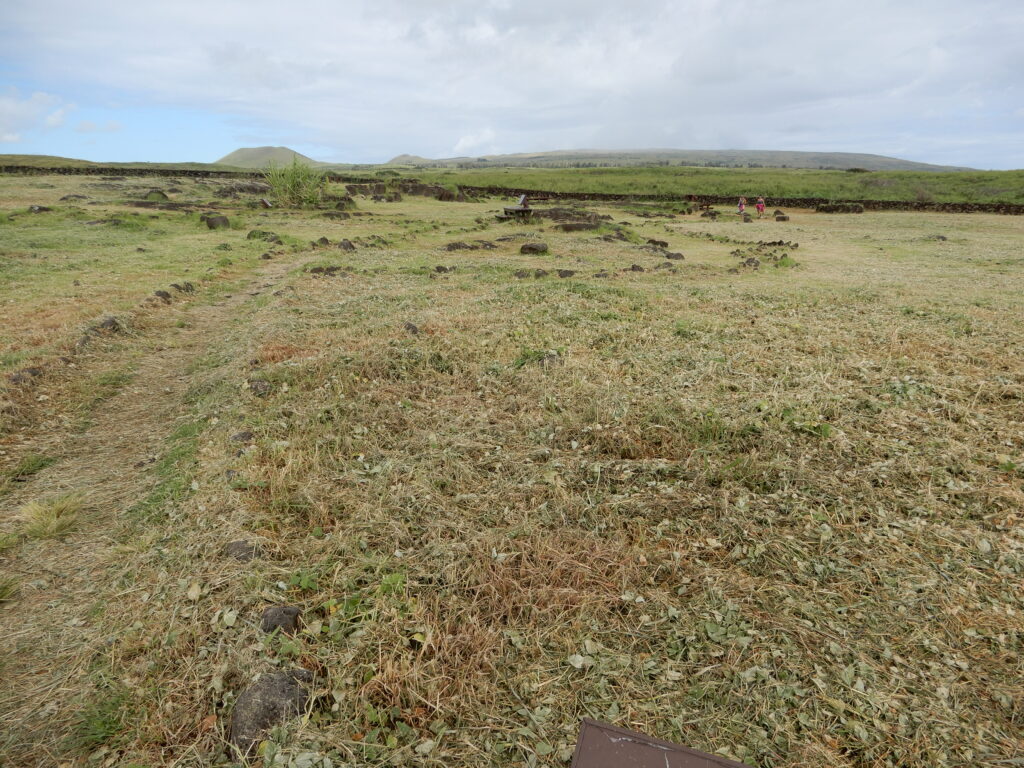
Papa Mango
Compare las dos figuras principales, con sus colas, aletas, cuerpos, y como a traves de lineas simples se representan bien estas dos especies diferentes: el kahi(atun), y el mango(tiburon).
Compare the two main figures, with their tails, fins, bodies, and how through simple lines these two different species are well represented: the kahi(tuna), and the mango(shark).
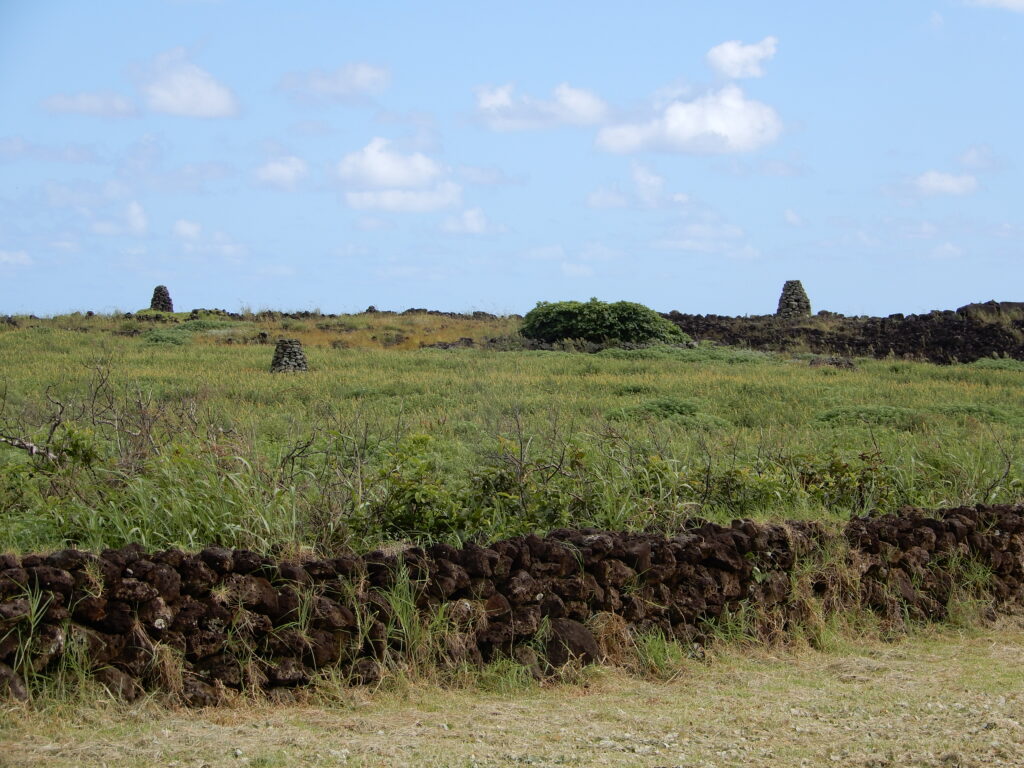
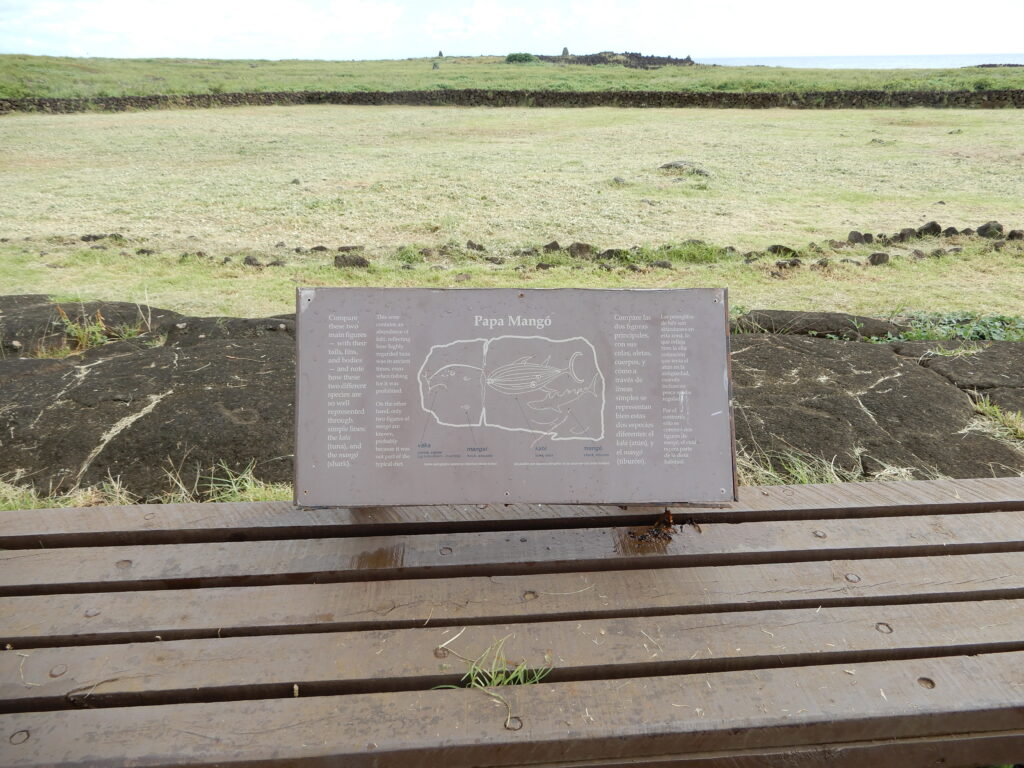
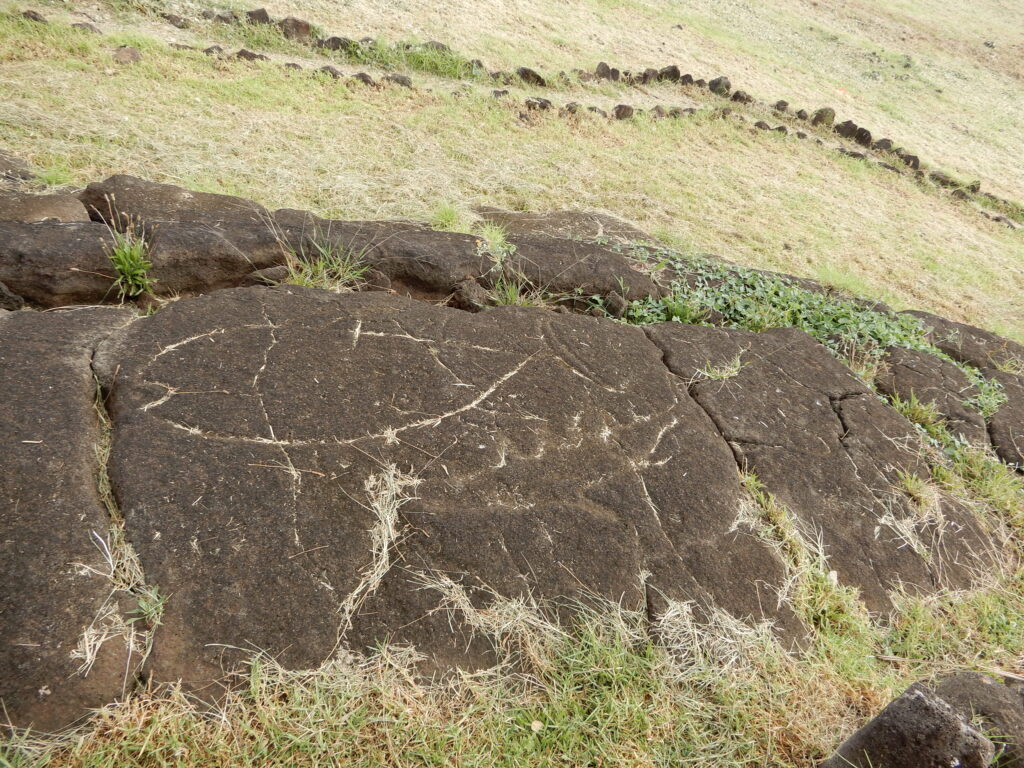
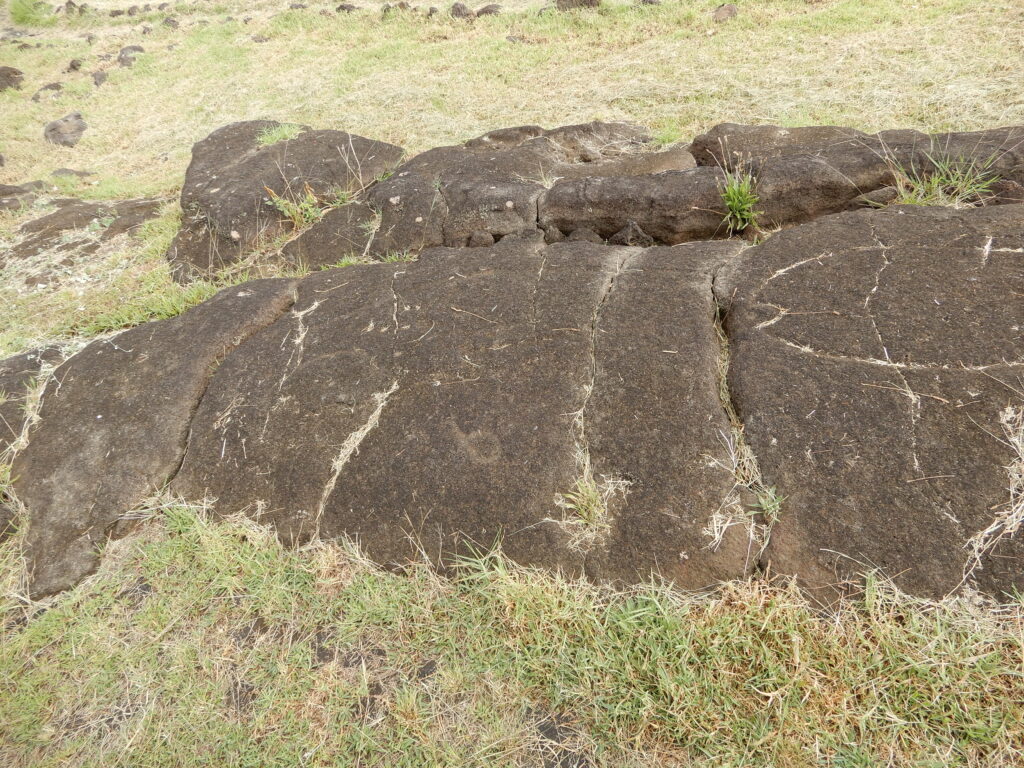
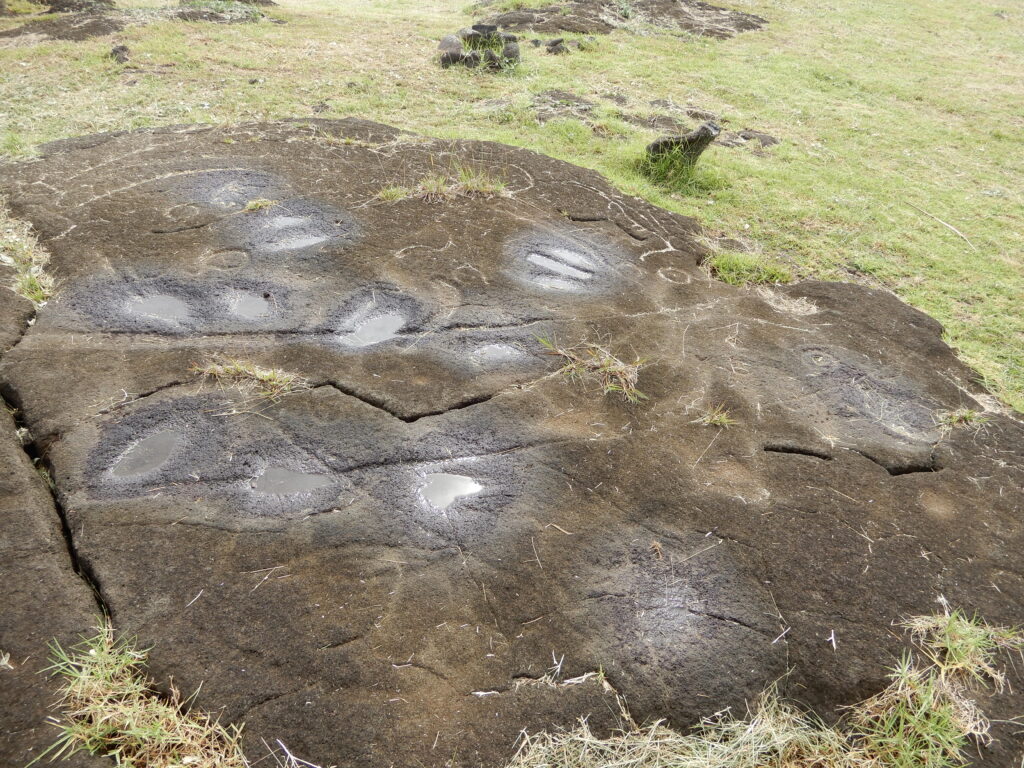
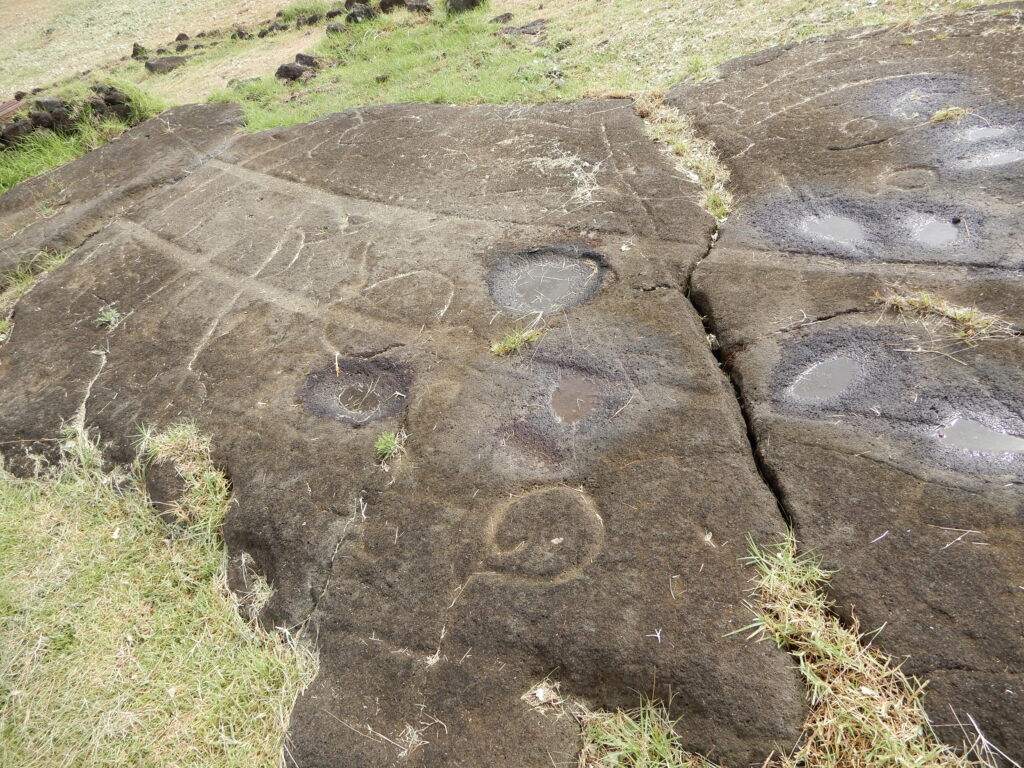
Ana Kena
The ancestors of the Rapa Nui are said to have traced their DNA to Taiwan. It is said that Anakena is where the first people from Taiwan landed on the island, many generations later. And the ship they were on at that time is called “Reimiro,” which is the symbol of the island and is also used as a flag.
This beach is very beautiful and many tourists were swimming. There were moai here as well. If you go further back than the moai in the row, you will find one moai with a short face.
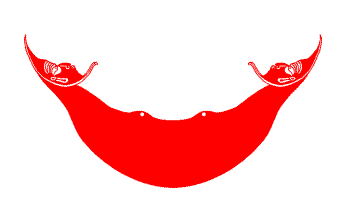
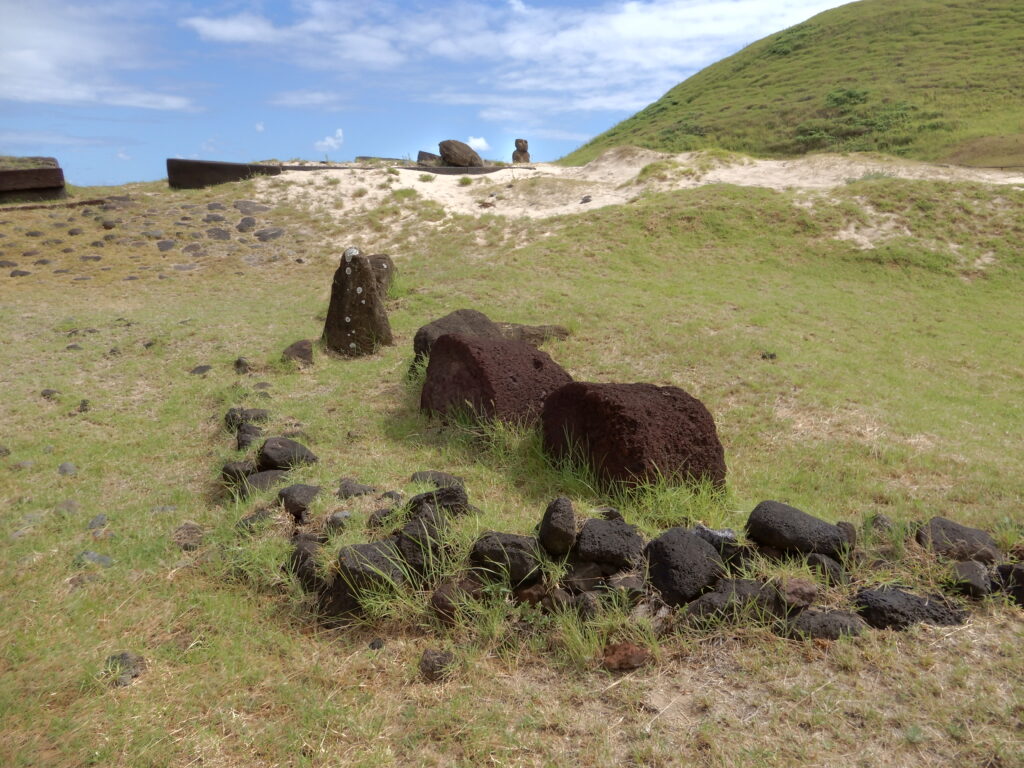
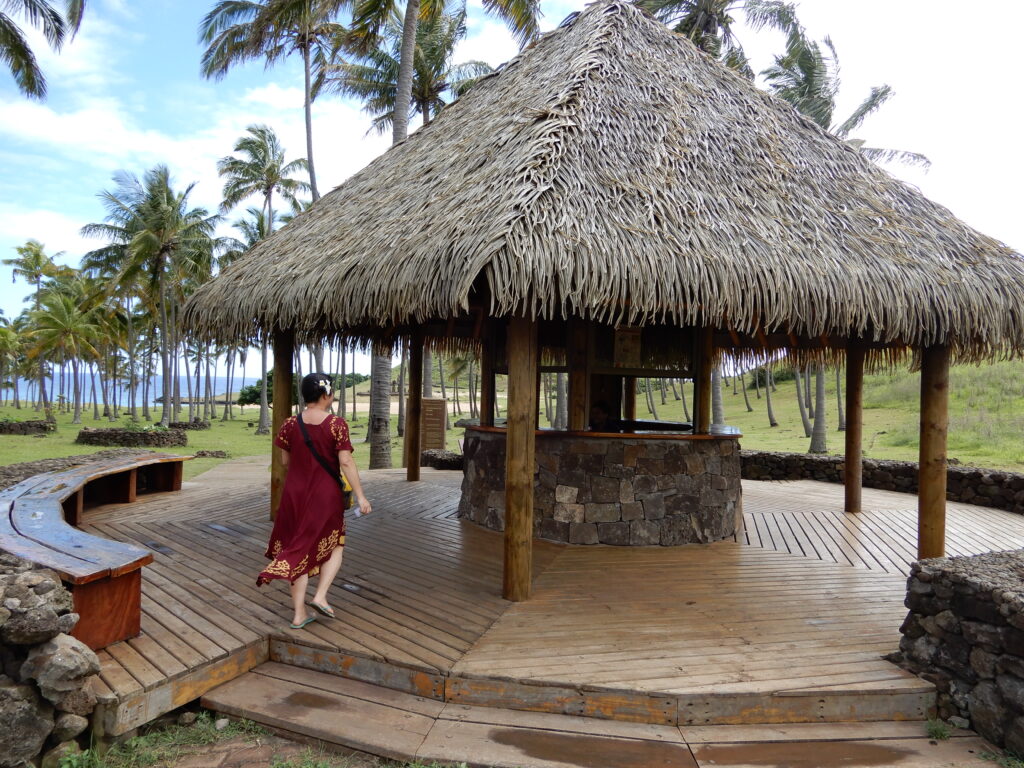
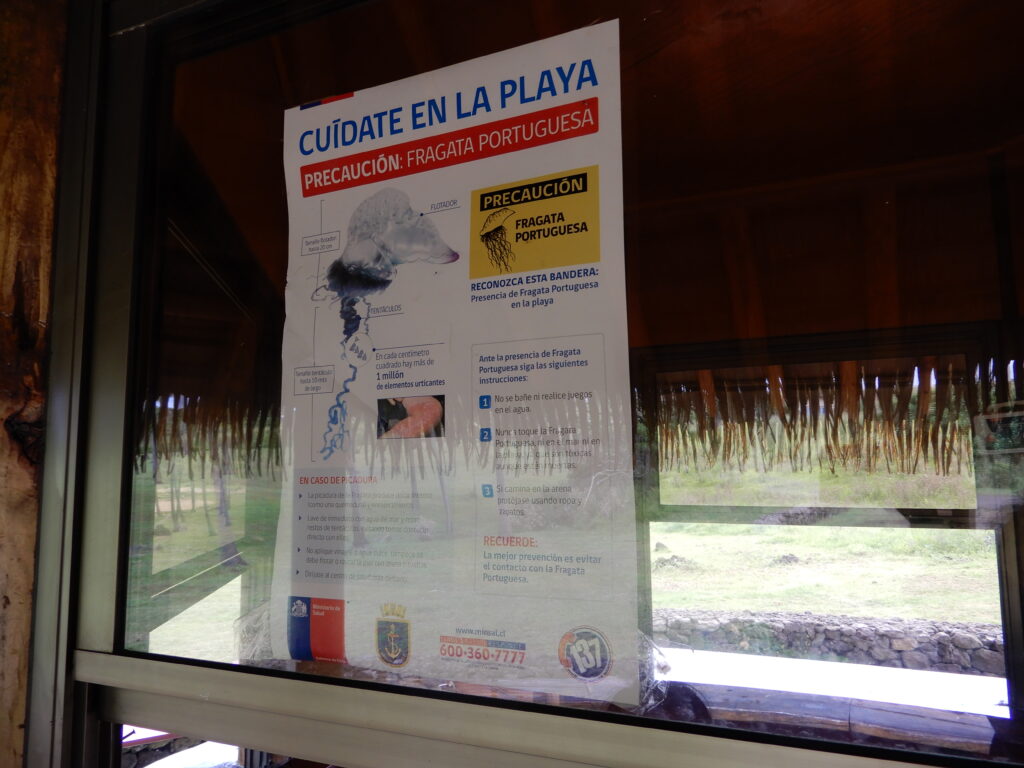
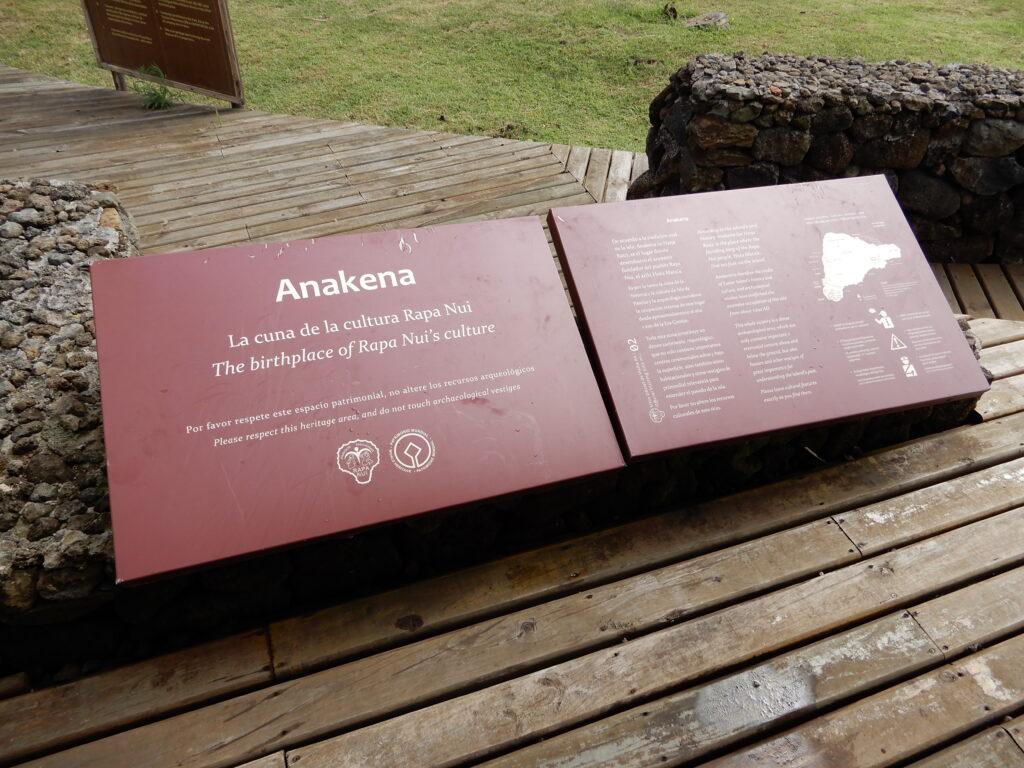

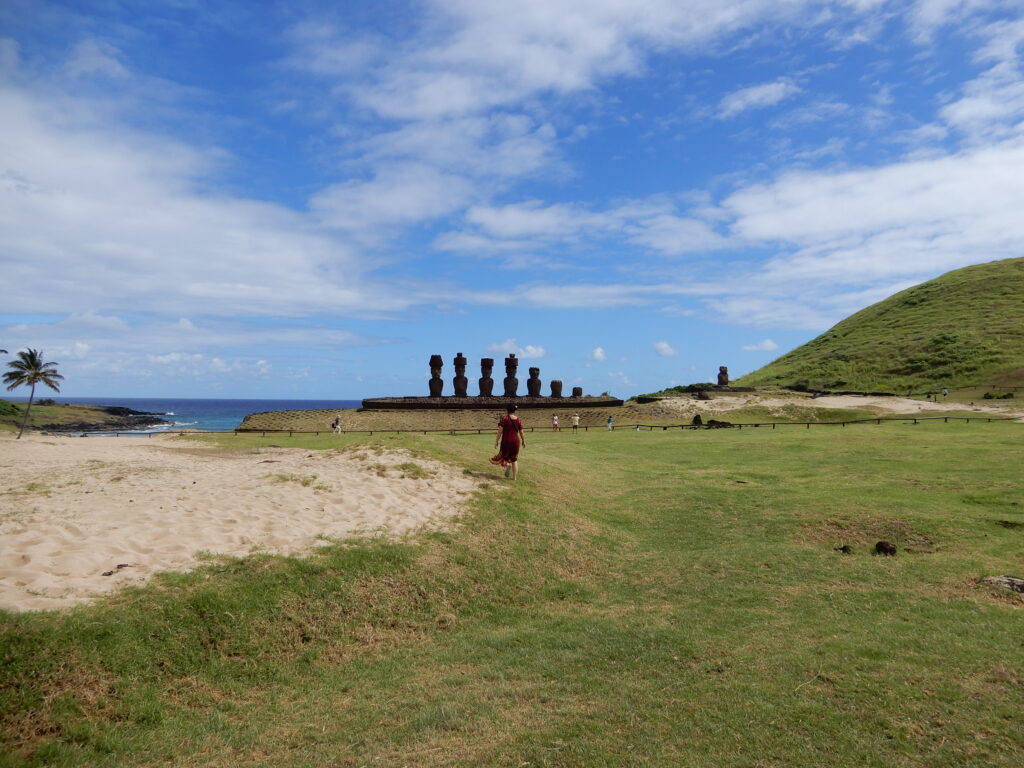
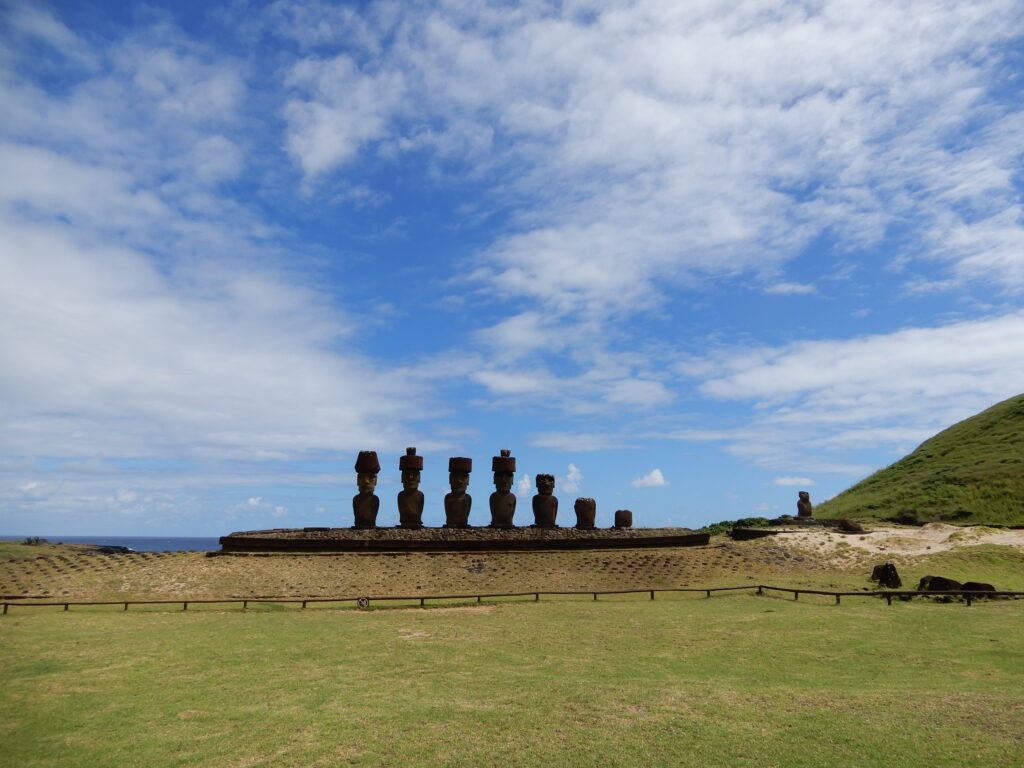
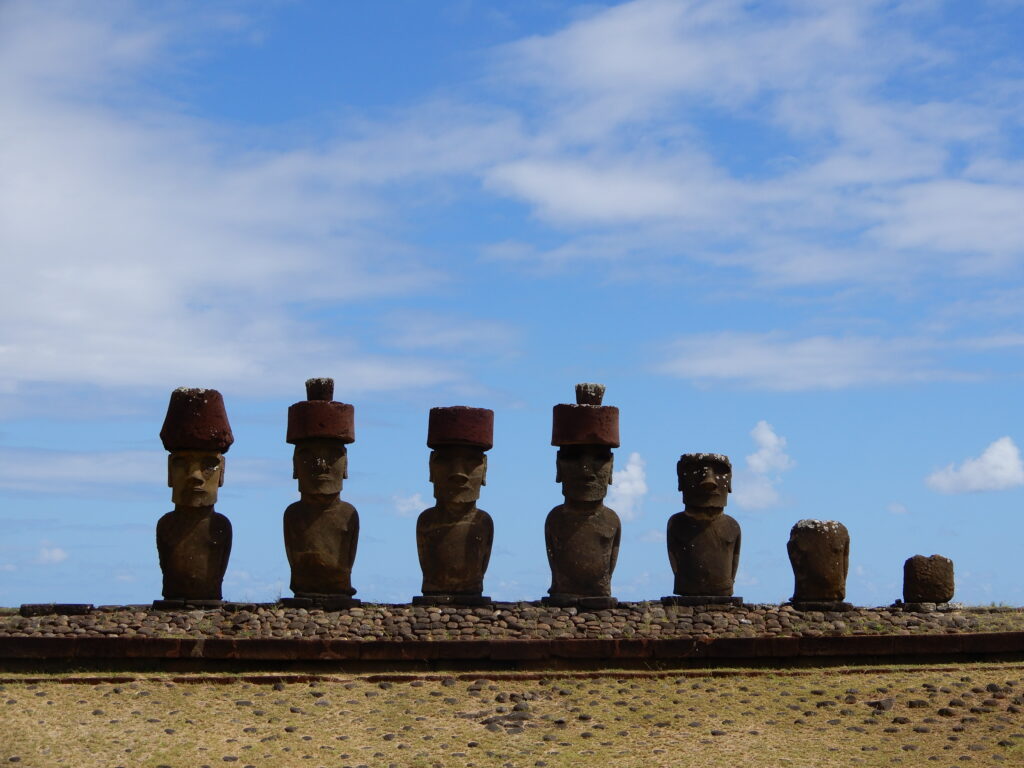

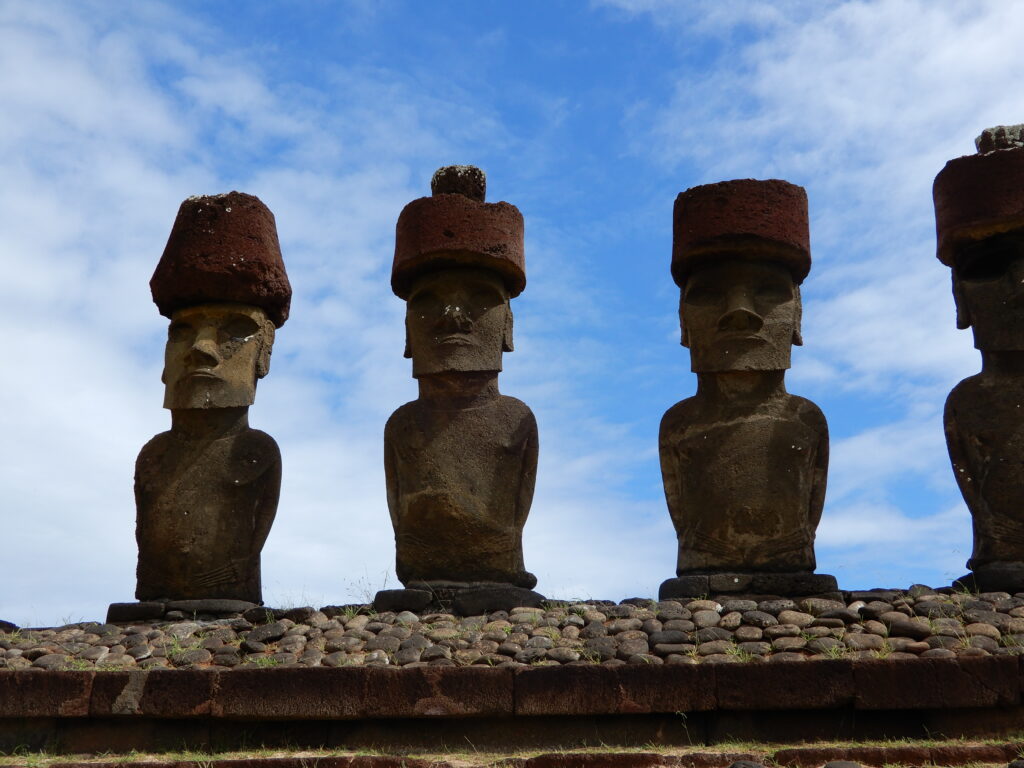
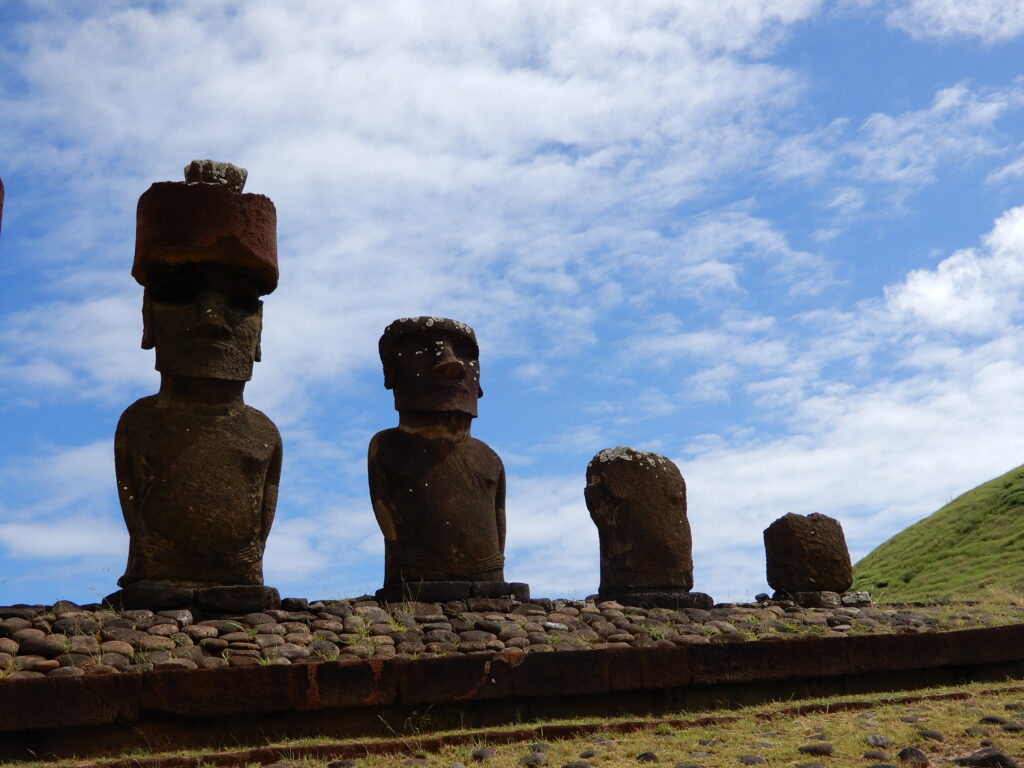
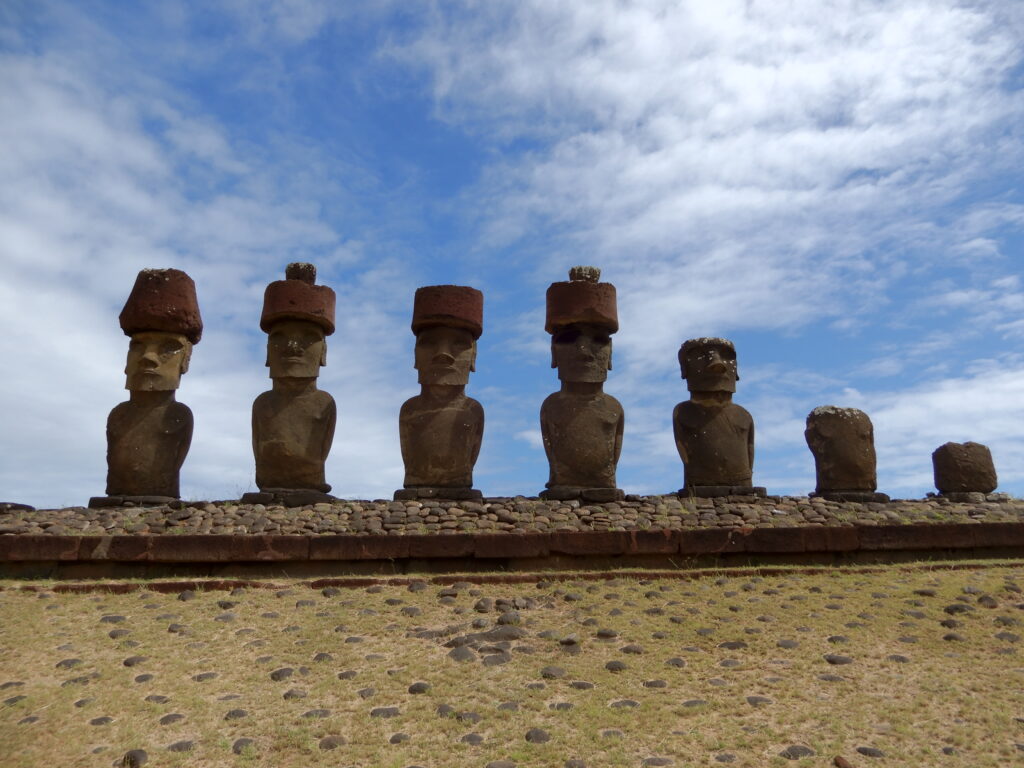
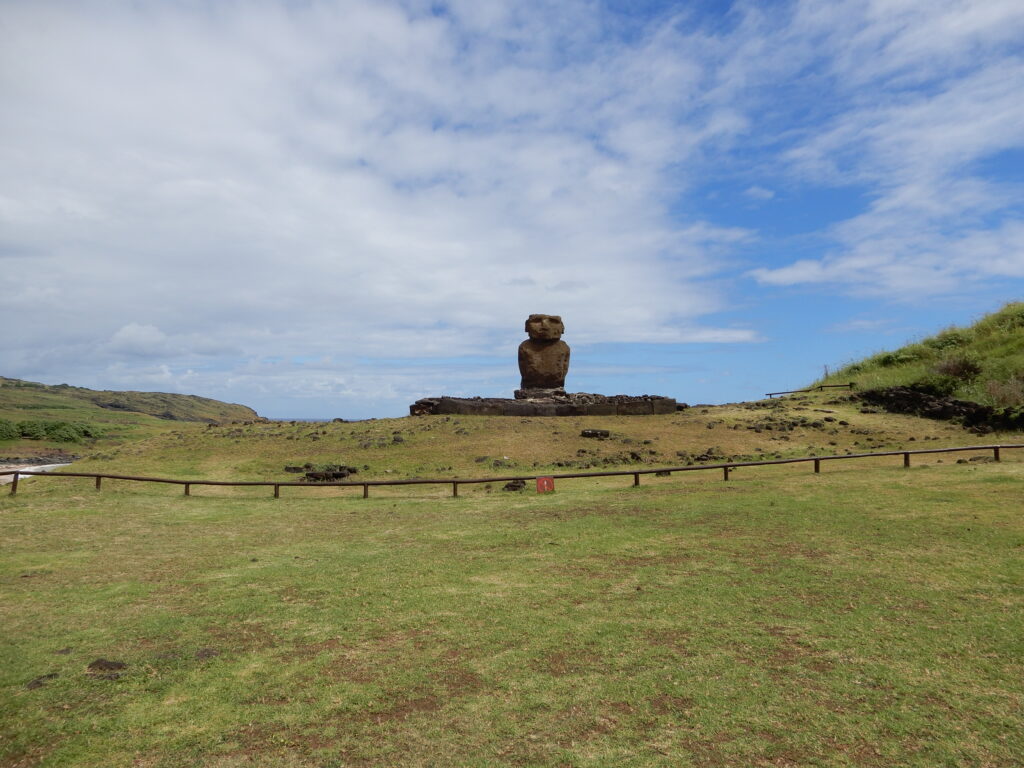
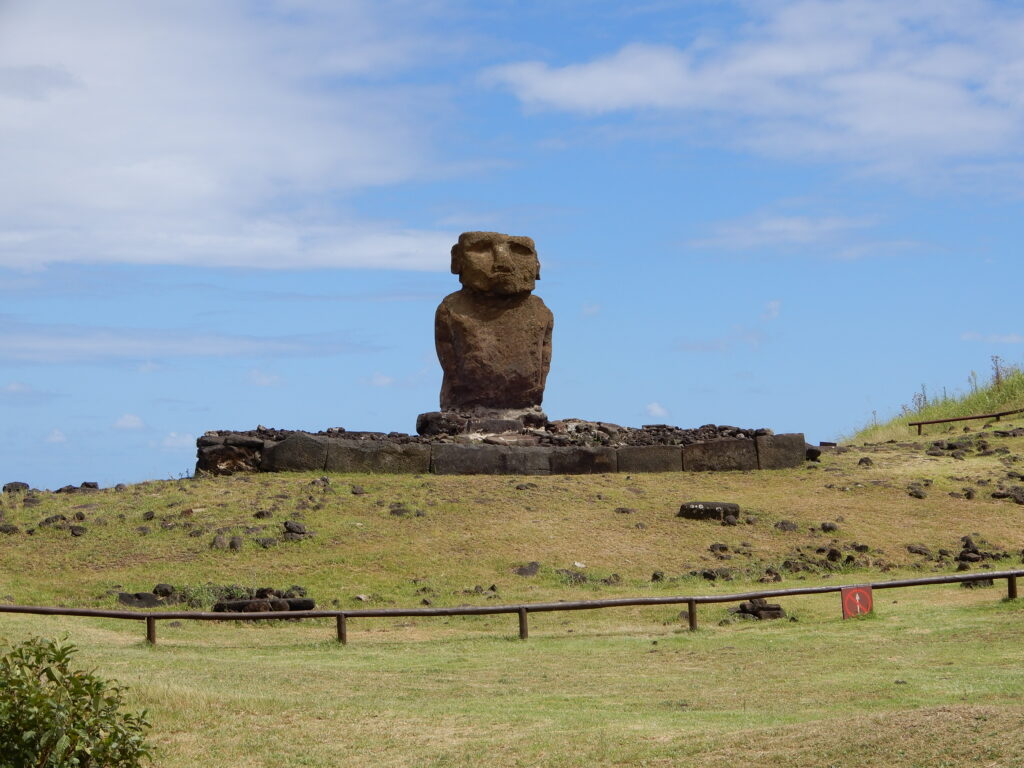
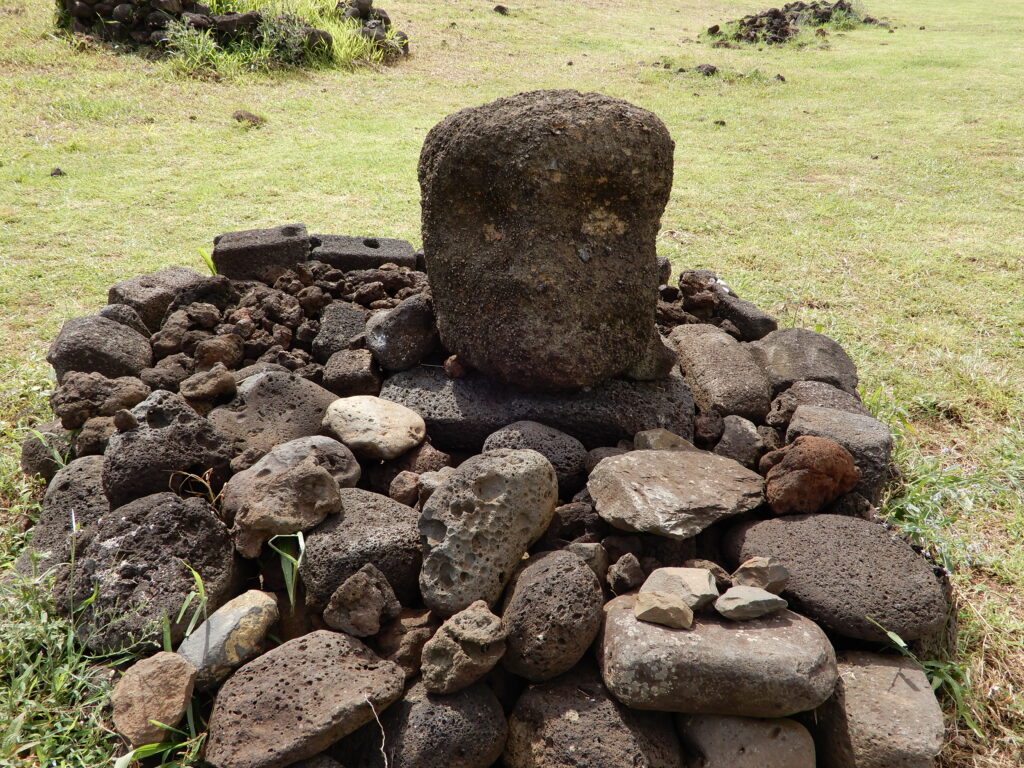


Esta aldea se interpreta como un espacio utilizado en tiempos tardios, pero constituido por elementos arqueologicos elaborados en etapas anteriores.
Esto se deduce por la presencia de elementos arqueologicos que no continuan el patron constructivo definido para el periodo temprano y de apogeo cultural como el uso de paenga como muros de aterrazamiento o paenga hare en estructuras de umu pae.
Destaca, como rasgo arqueologico tardio, el pavimento de poro aterrazado com paenga re-utilizados como elementos de contencion.
This village is interpreted as a space used in late times, but constituted by archaeological elements elaborated in previous stages.
This is deduced by the presence of archaeological elements that do not continue the constructive pattern defined for the early period and of cultural apogee like the use of paenga as walls of terracing or paenga hare in structures of umu pae.
It stands out, as a late archaeological feature, the pore pavement terraced with paenga re-used as retaining elements.
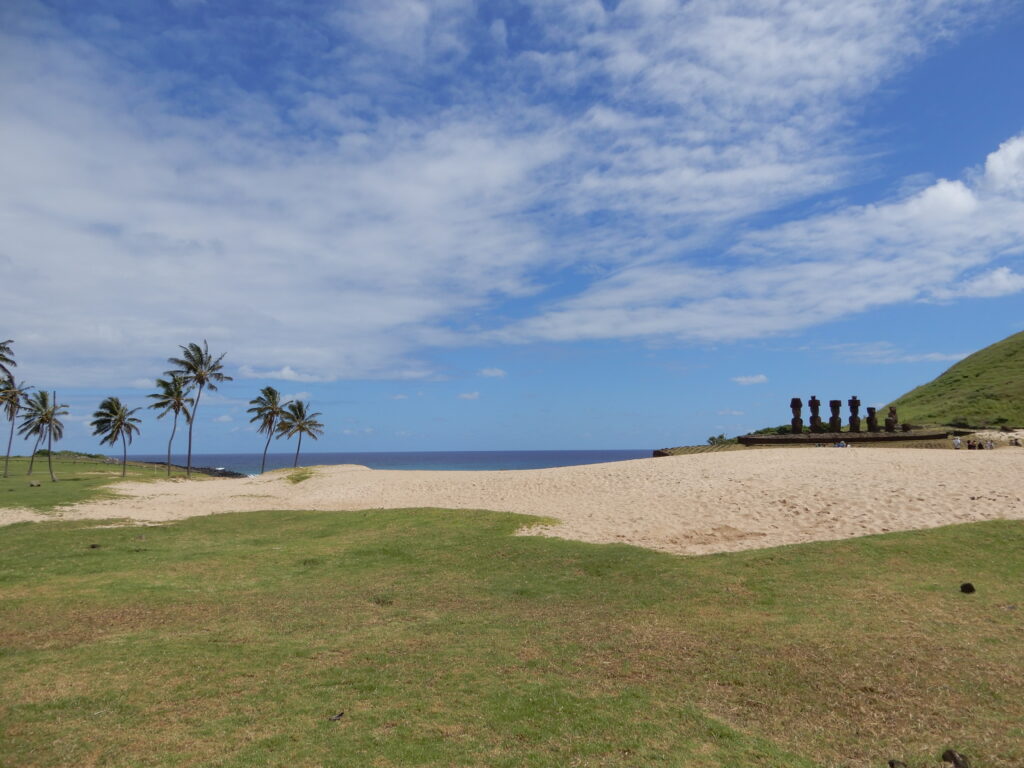
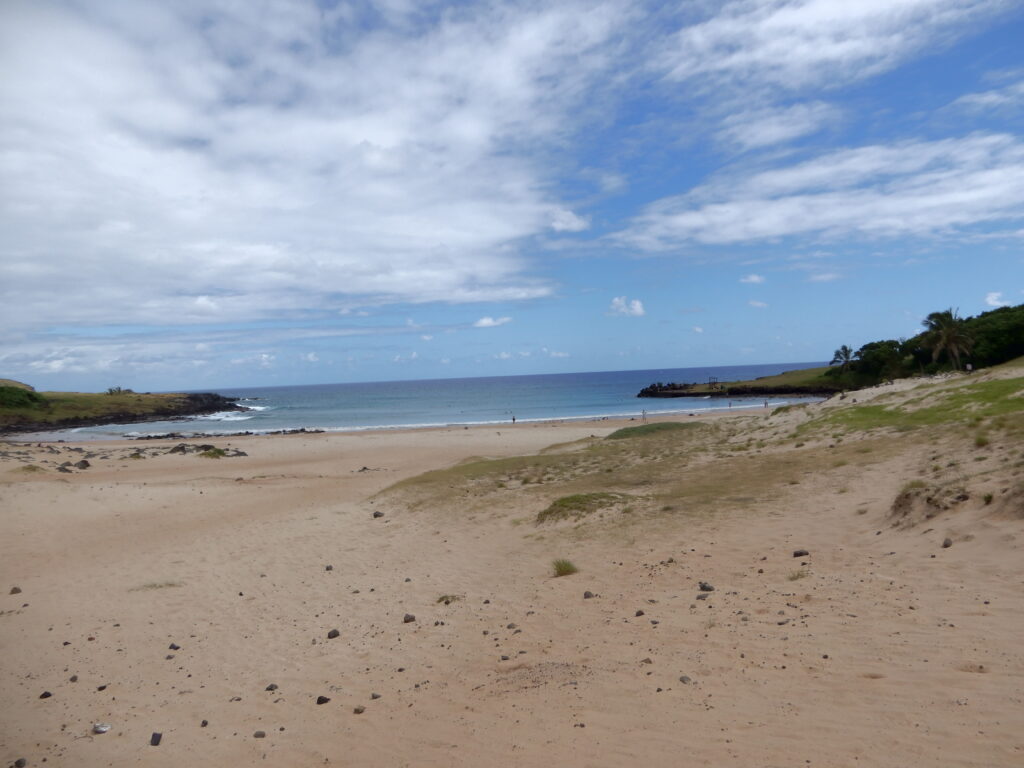
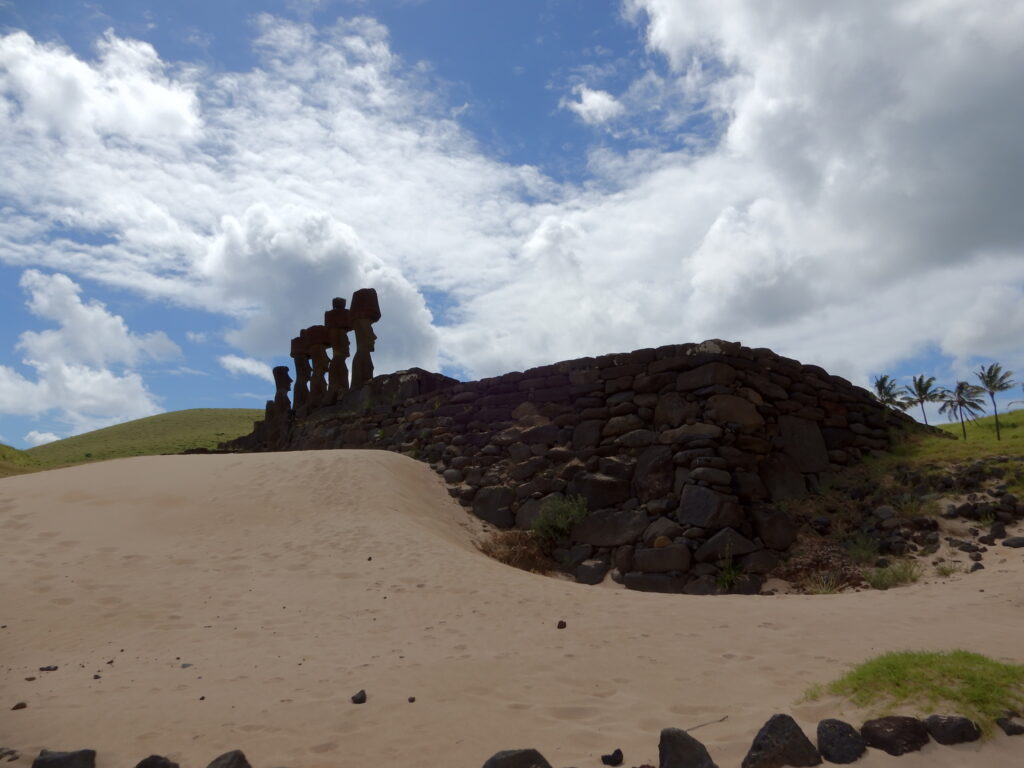
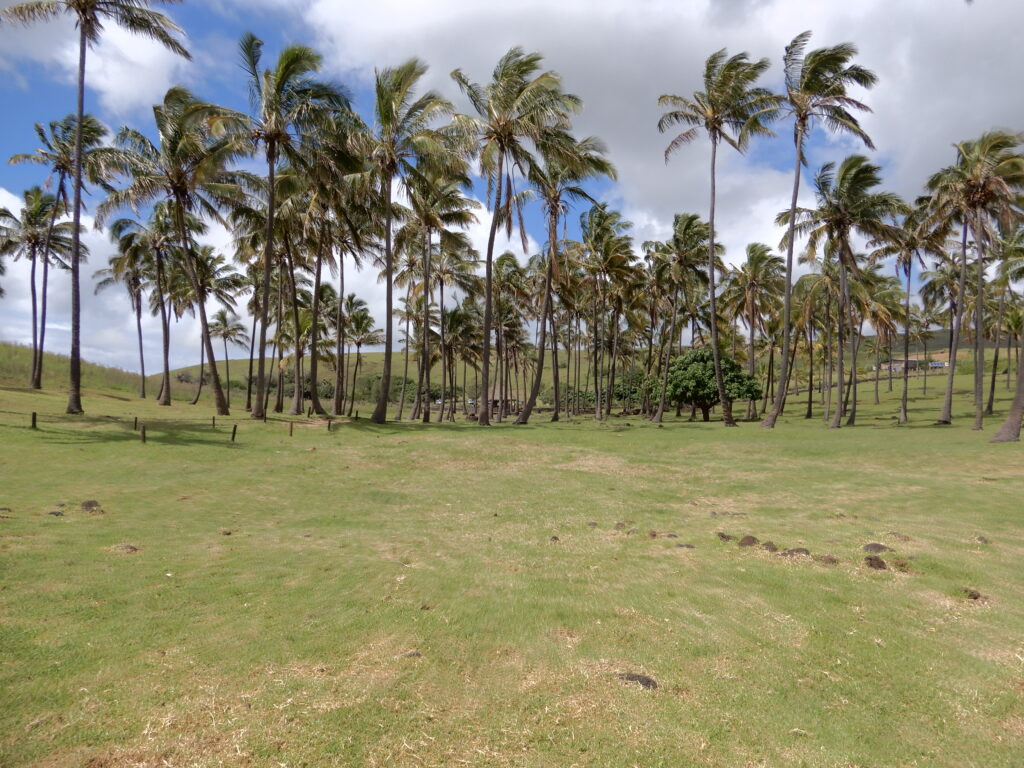
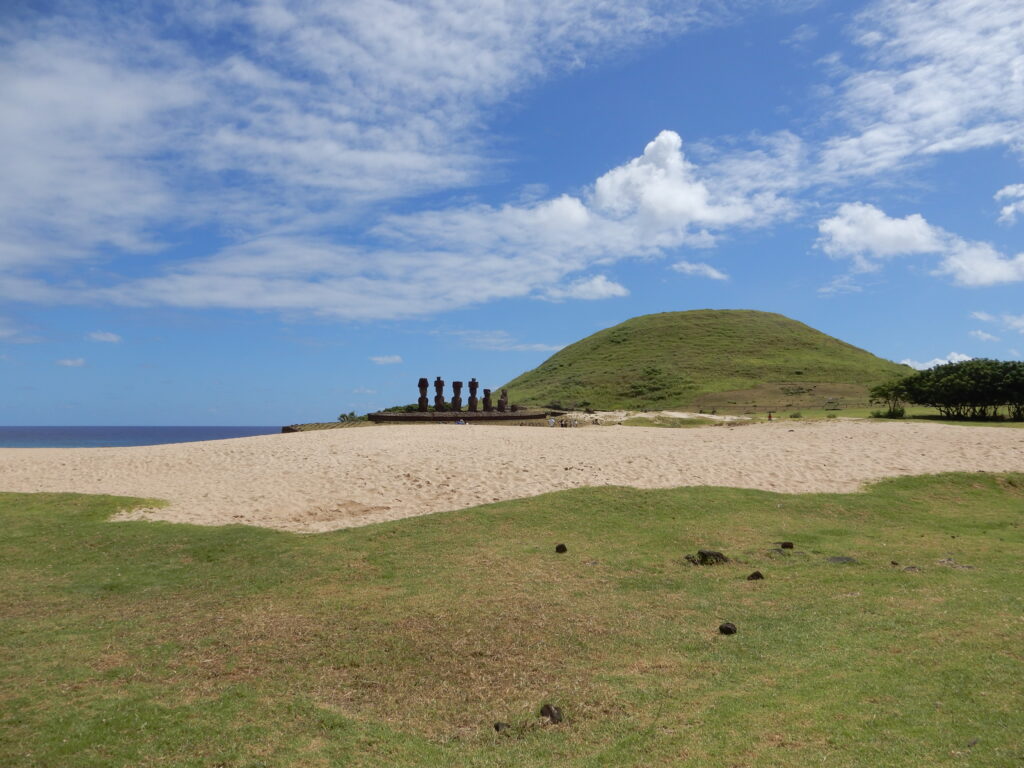



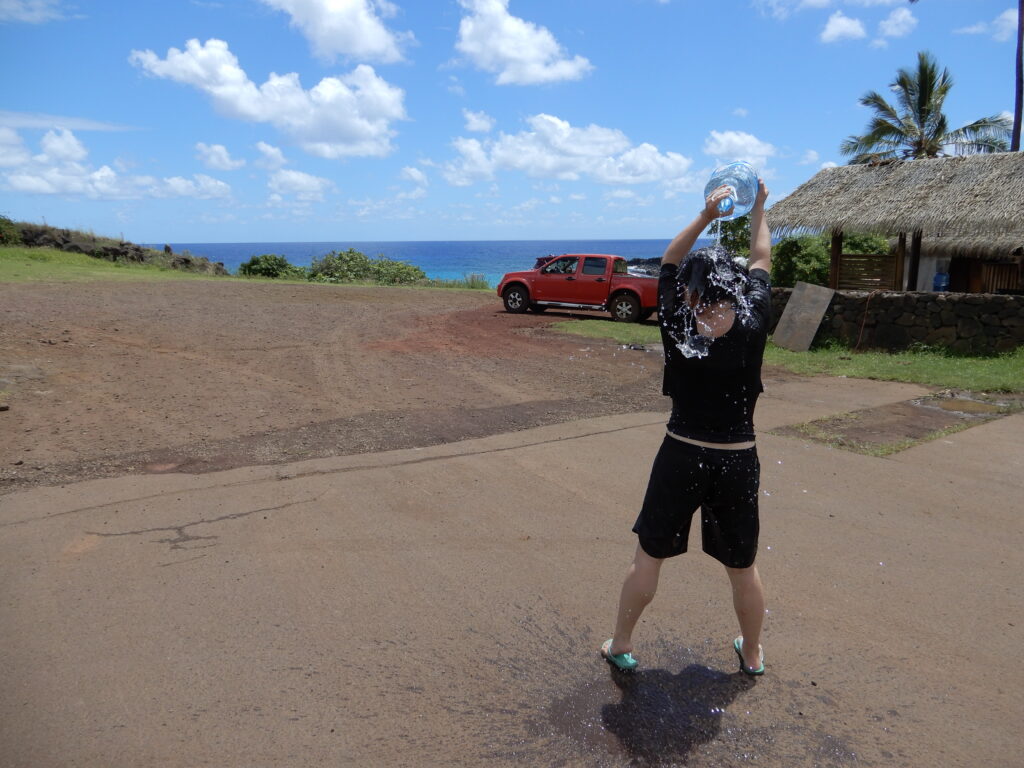
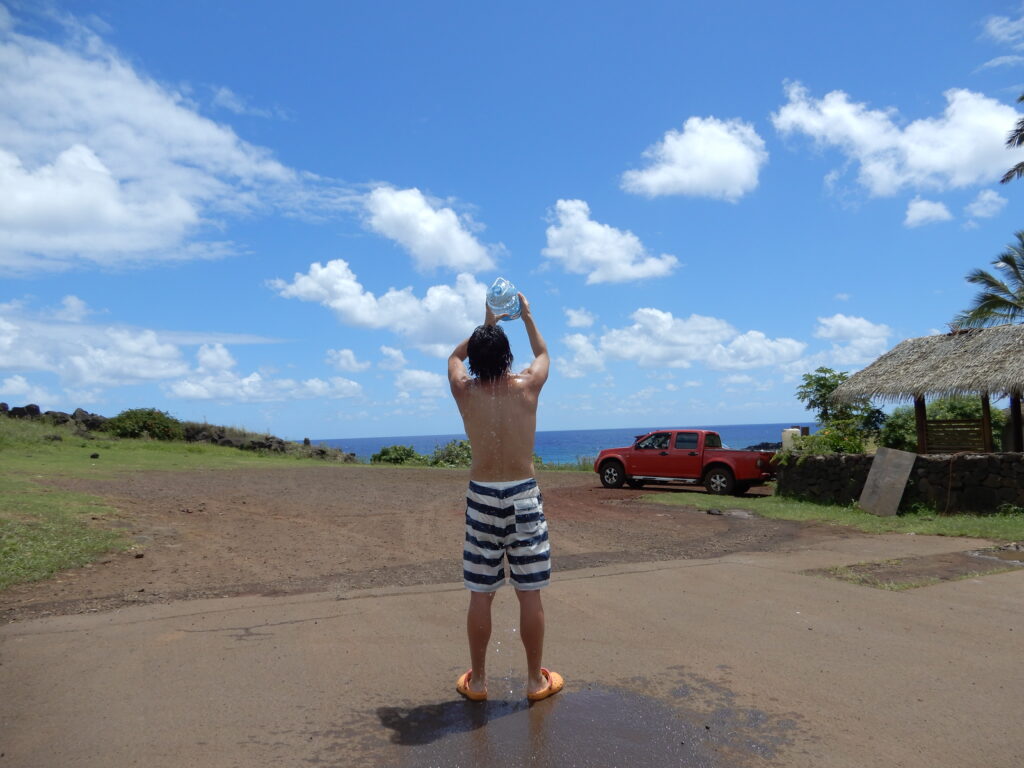
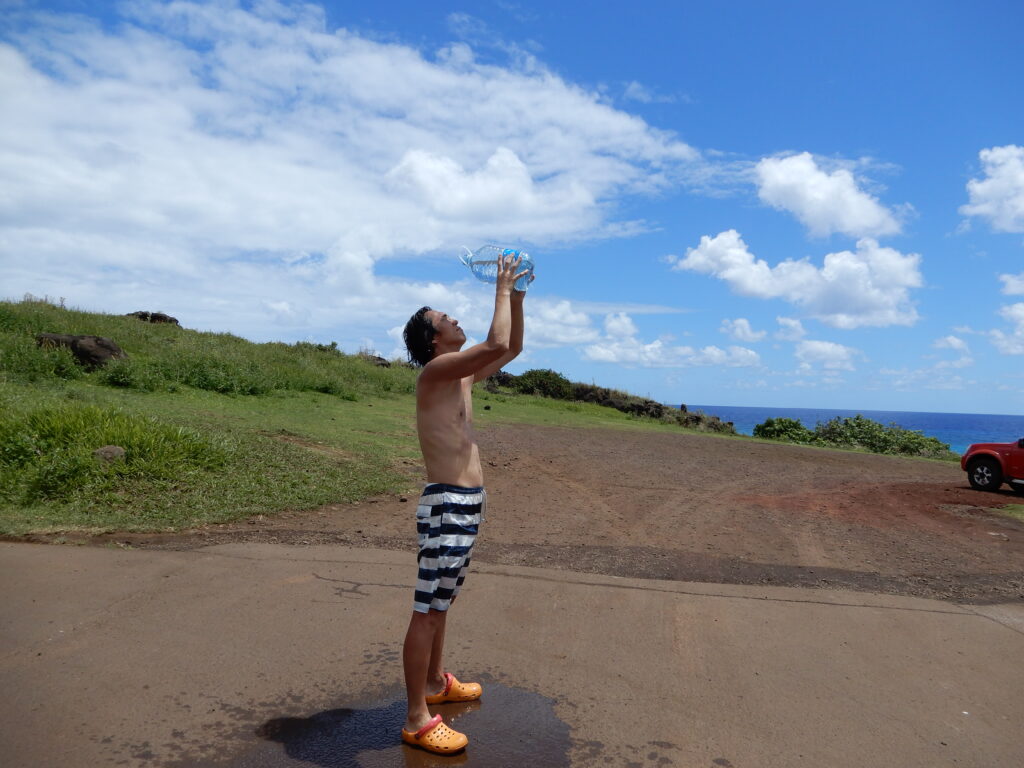
Hanga Roa
Back in Hanga Roa, what’s that? People dressed for fun! Ah! Oh, yeah! A festival! I quickly got out of the car and wandered around. I had my face painted. This is a pattern that the islanders of Rapa Nui used to paint on their bodies during ceremonies. The vertical line on the forehead represents the rain that falls on Rapa Nui.
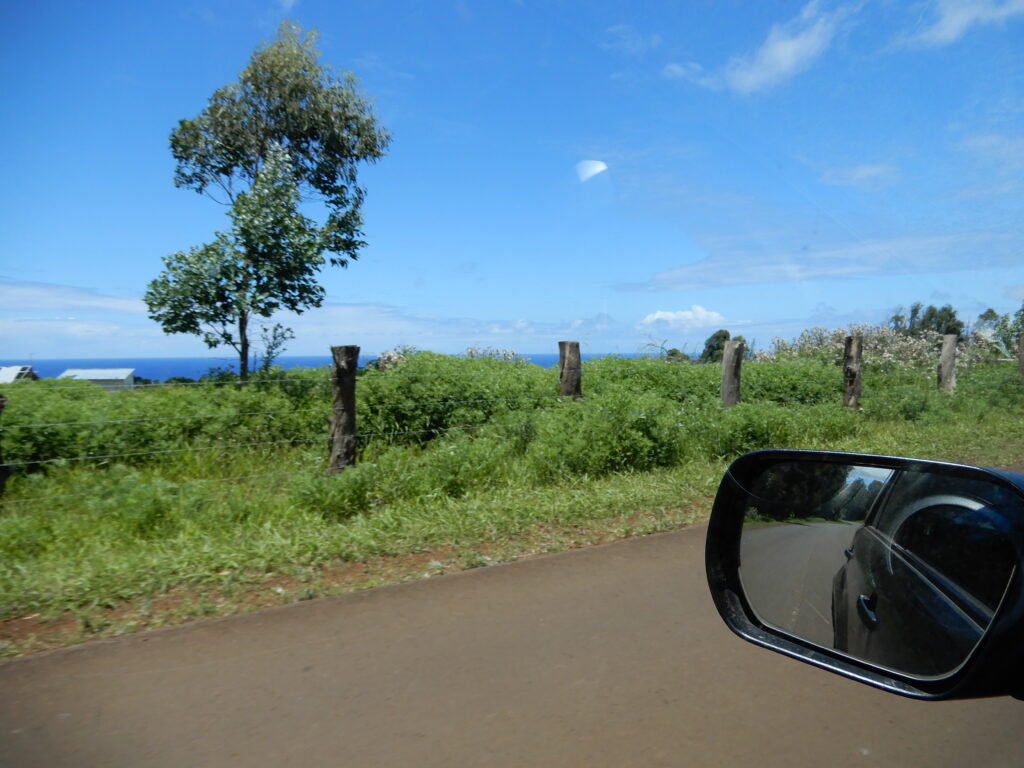
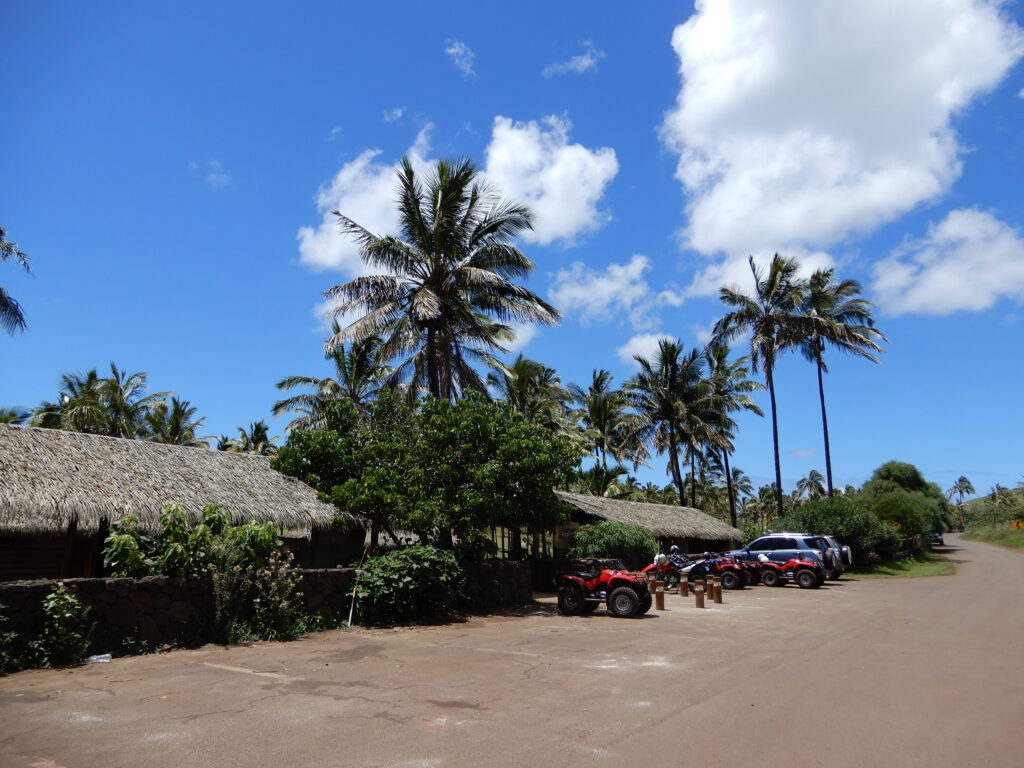
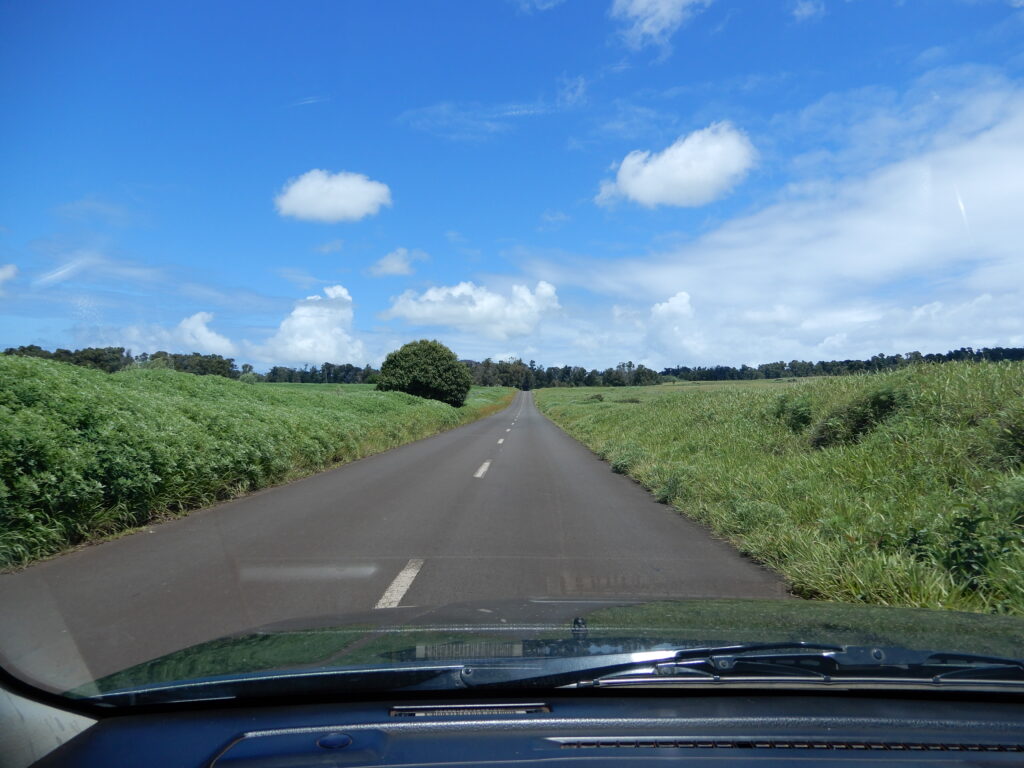
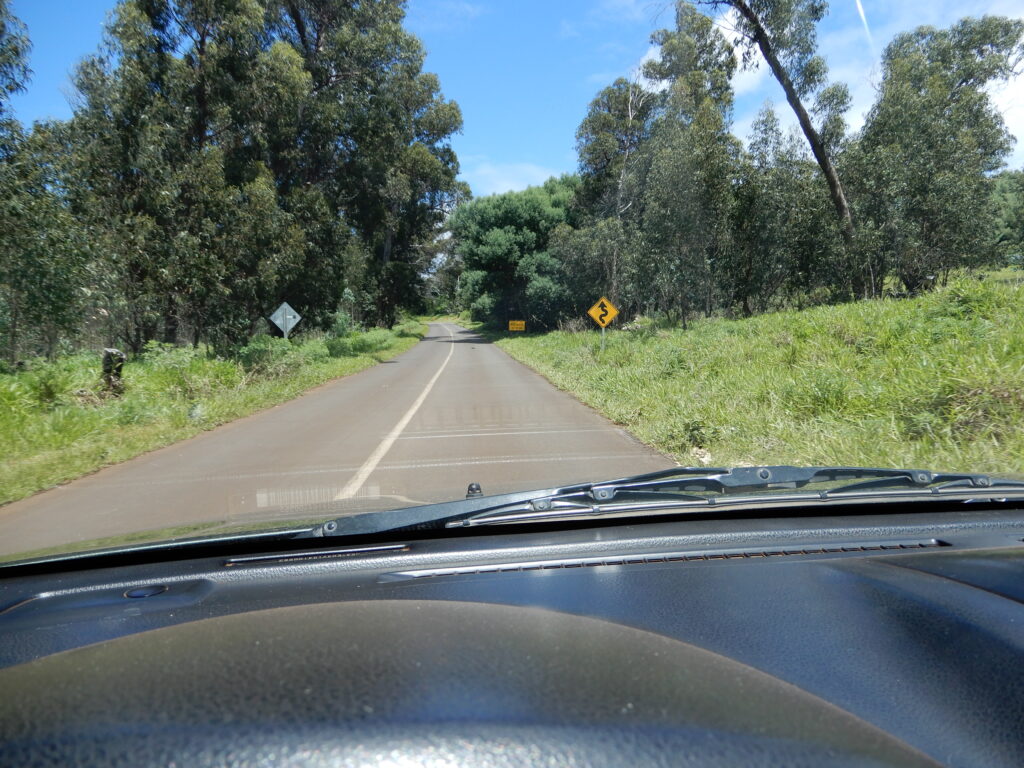
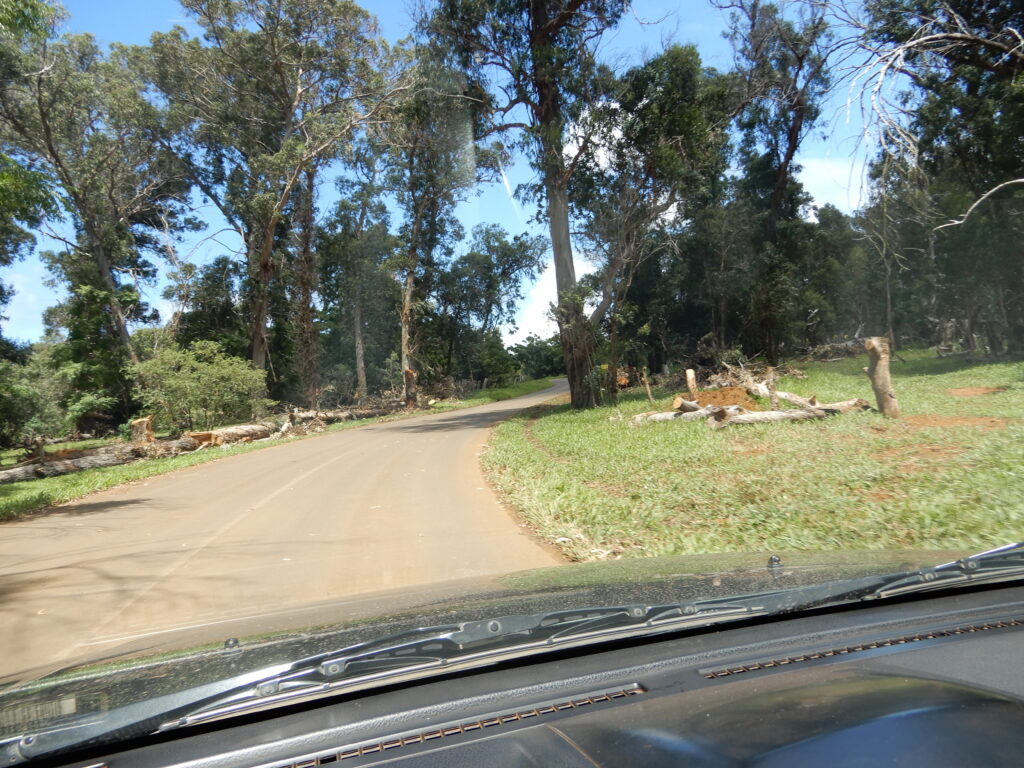

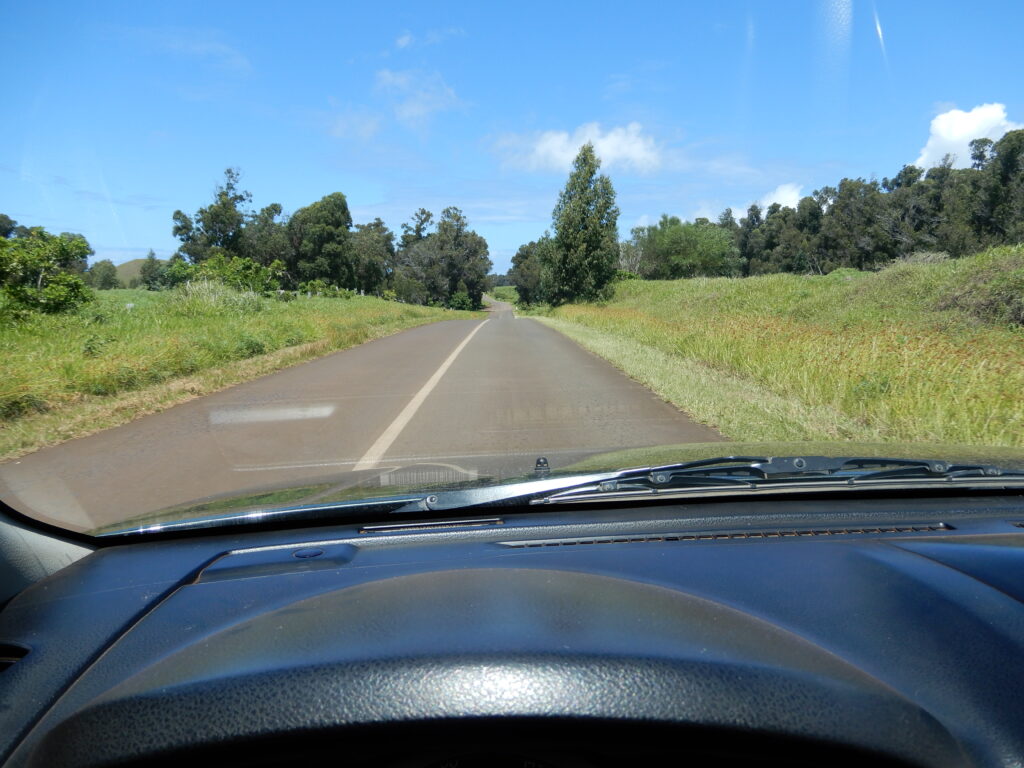
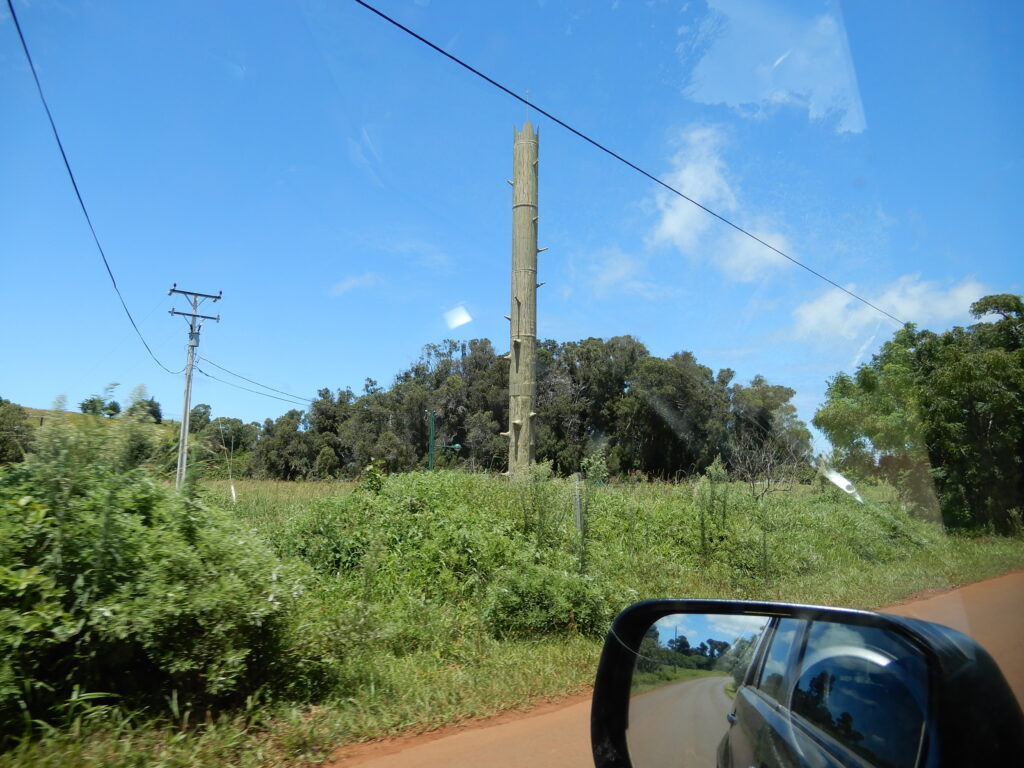
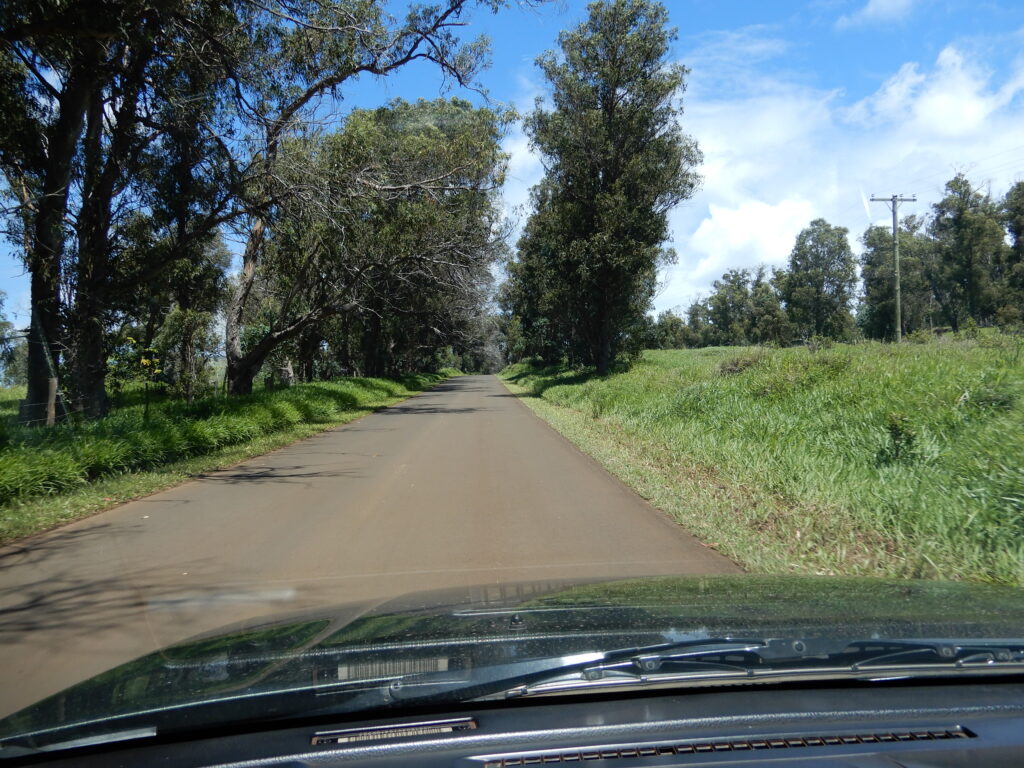
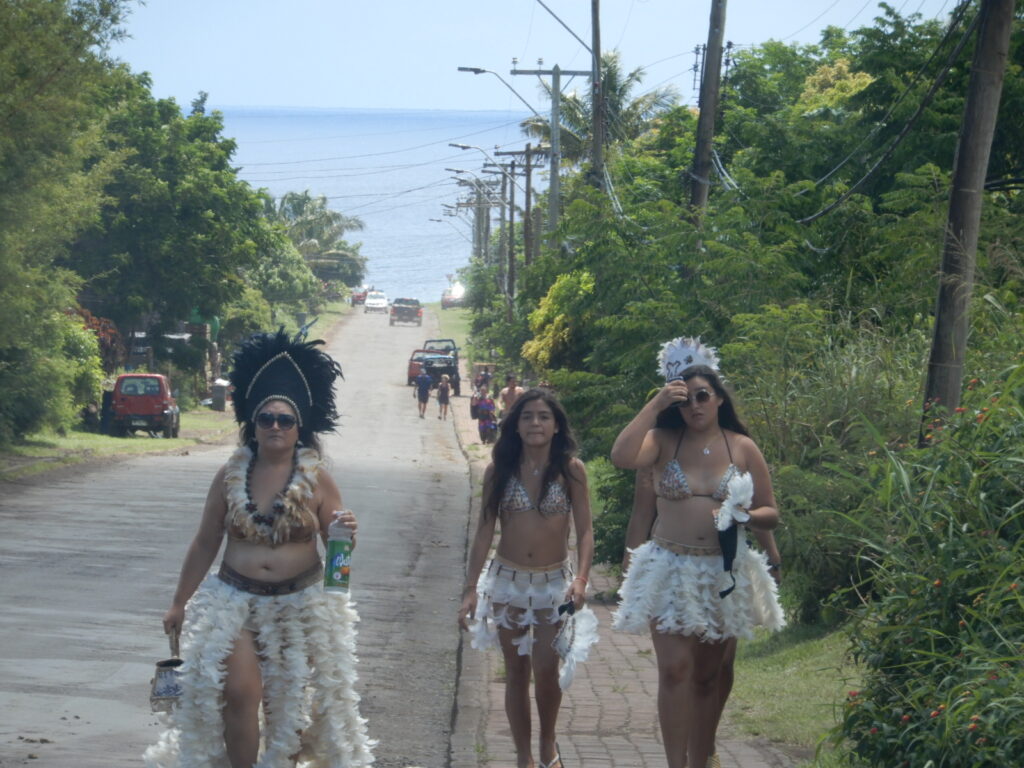
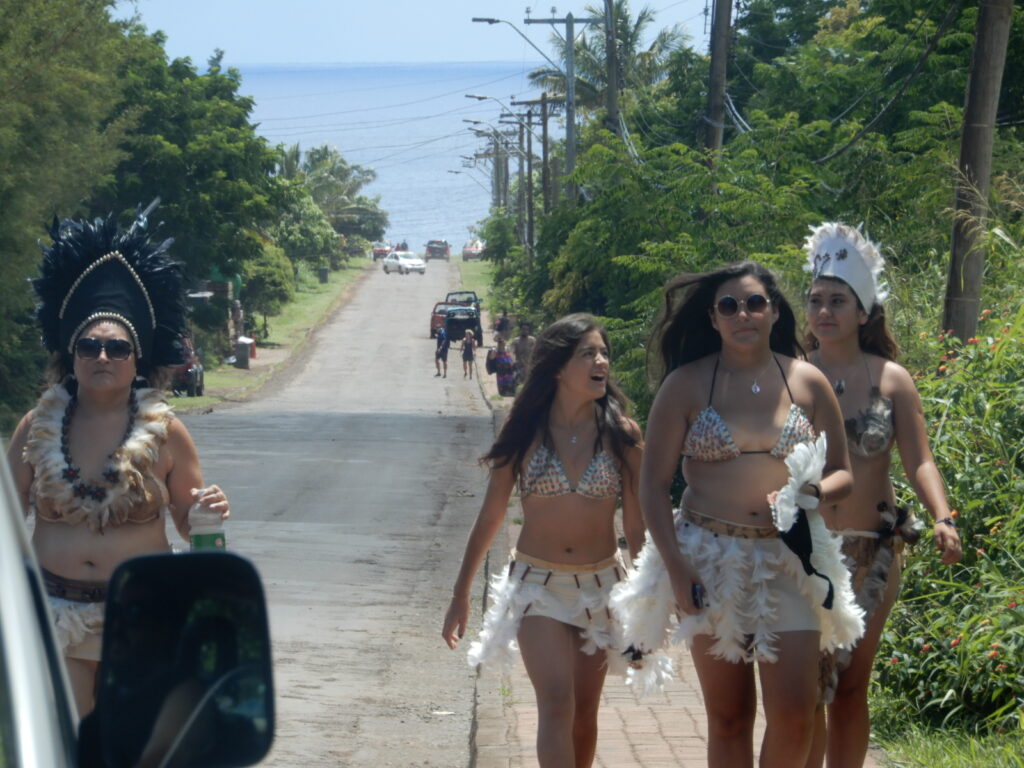
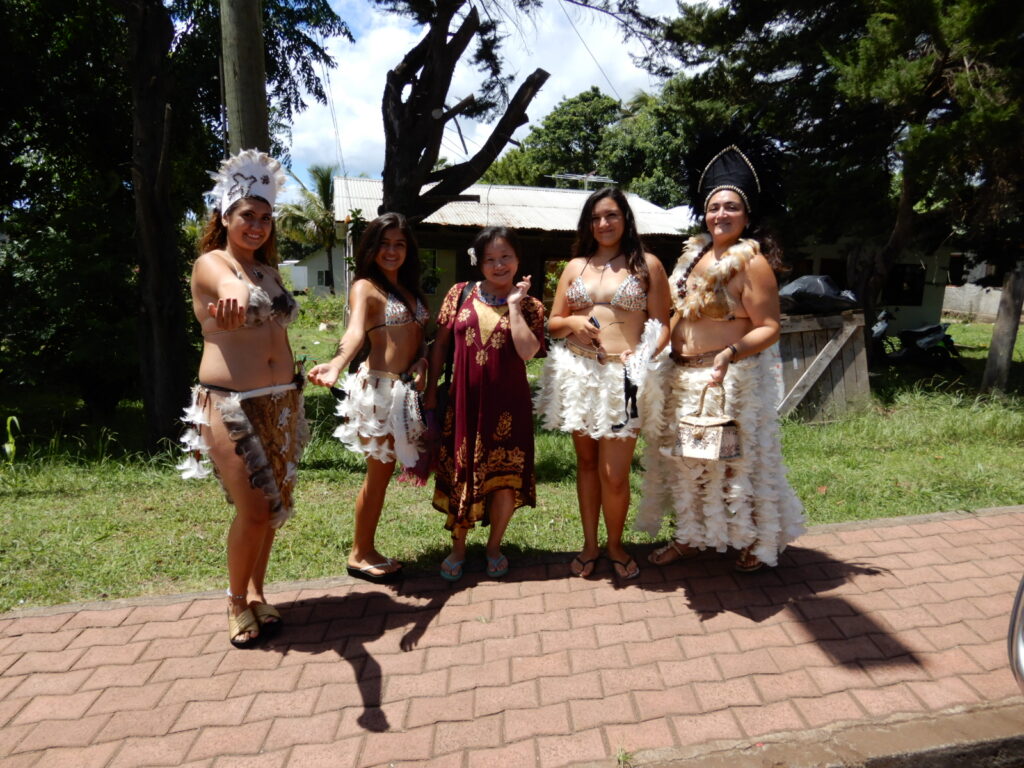
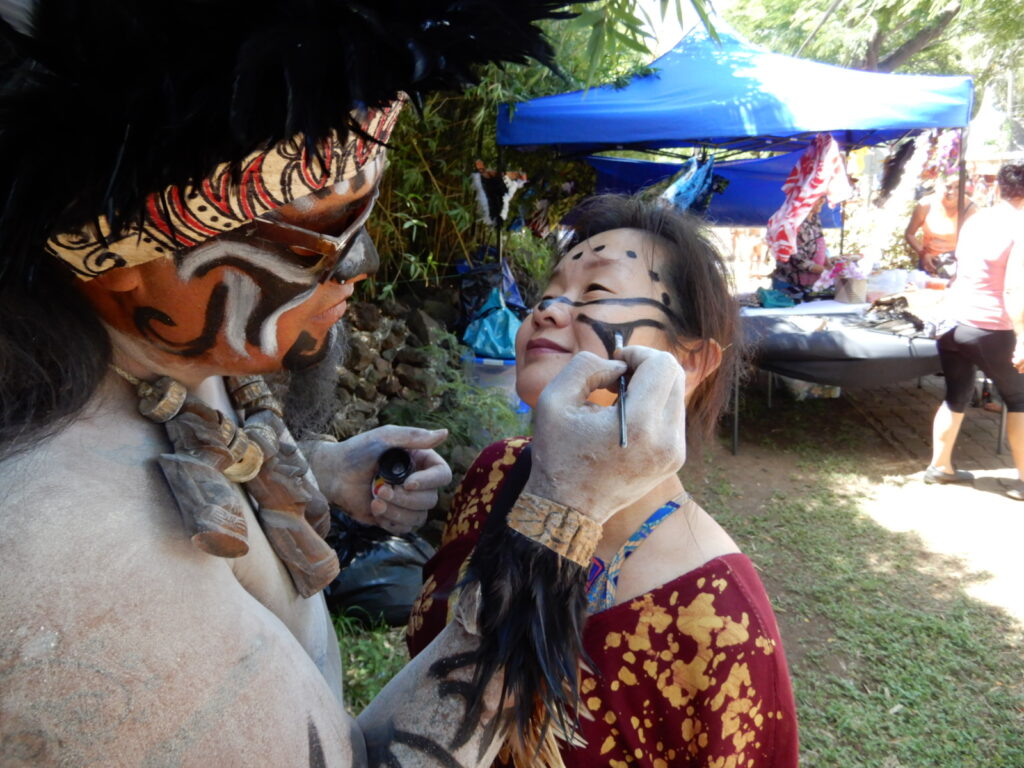
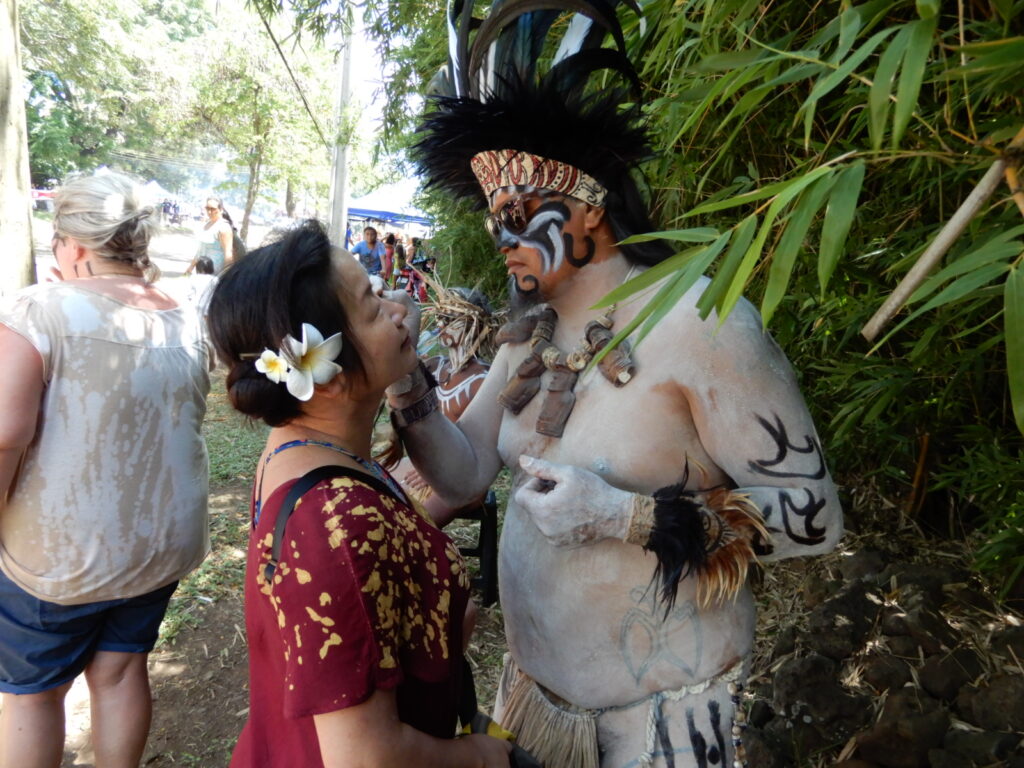

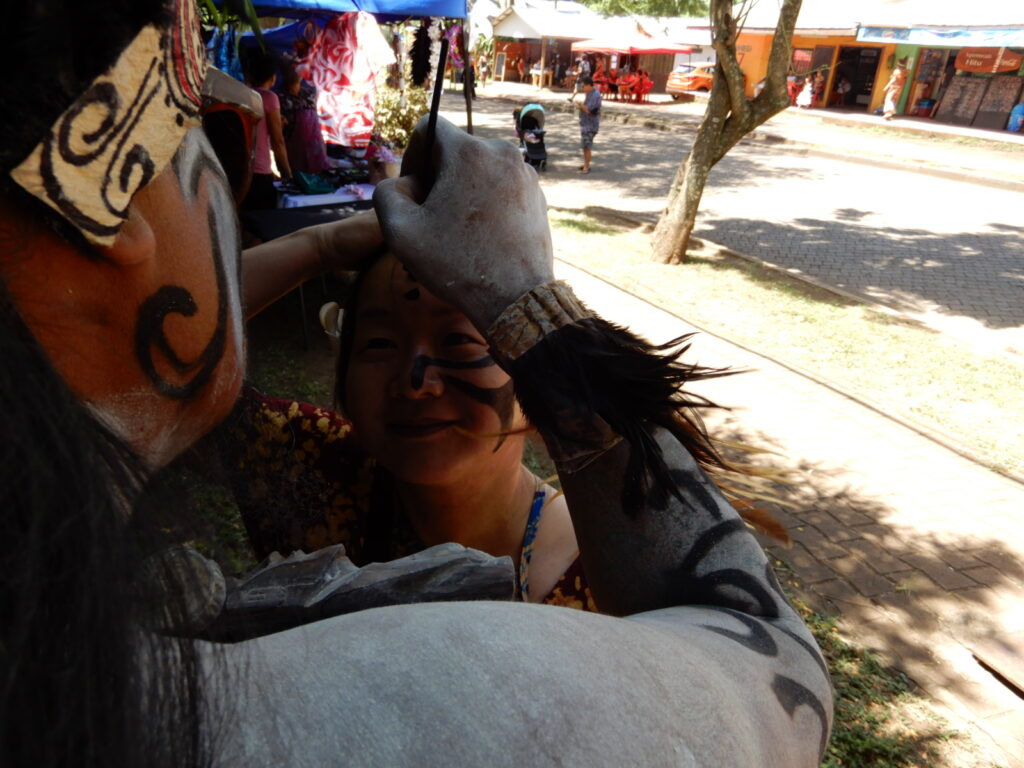
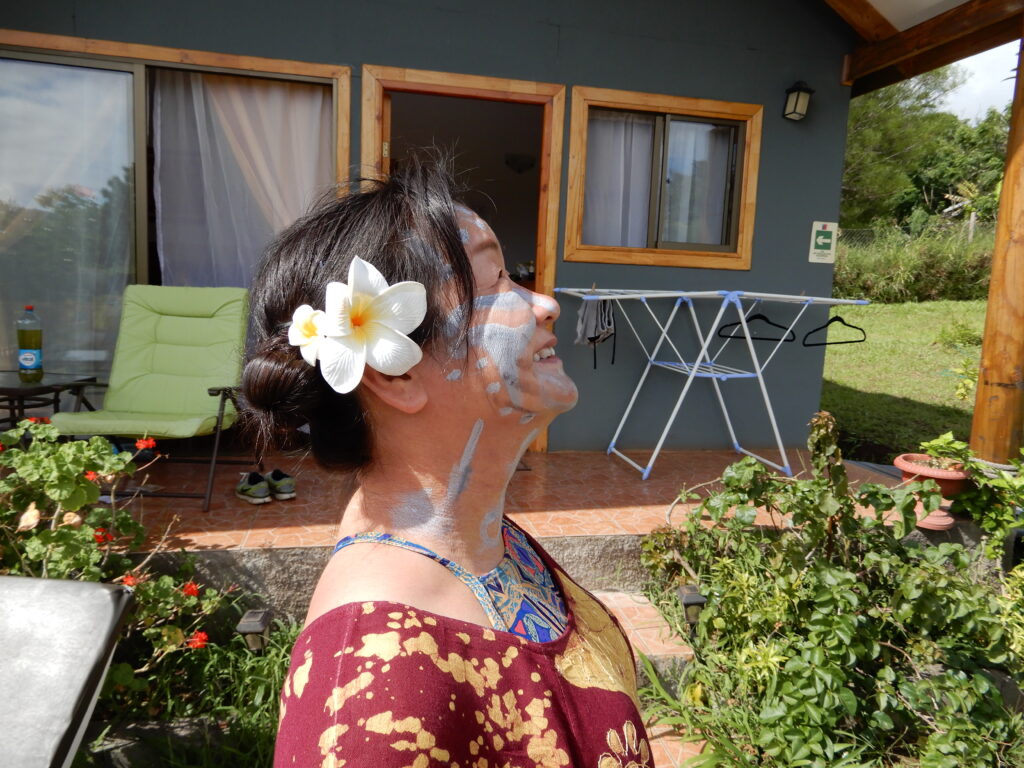
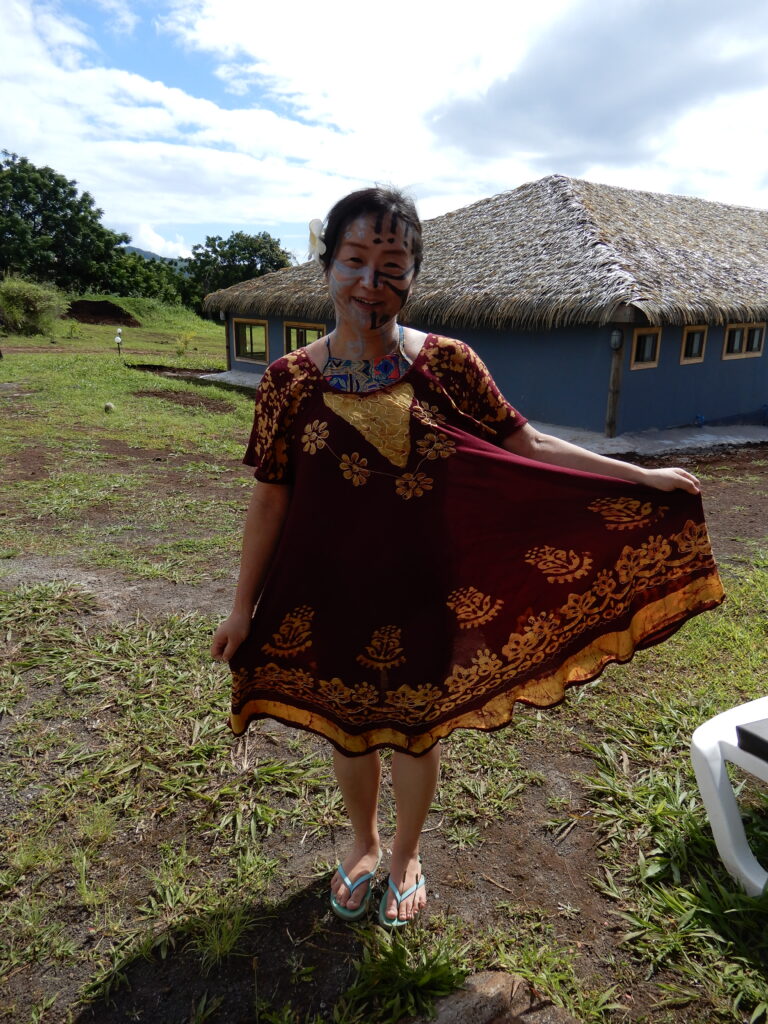


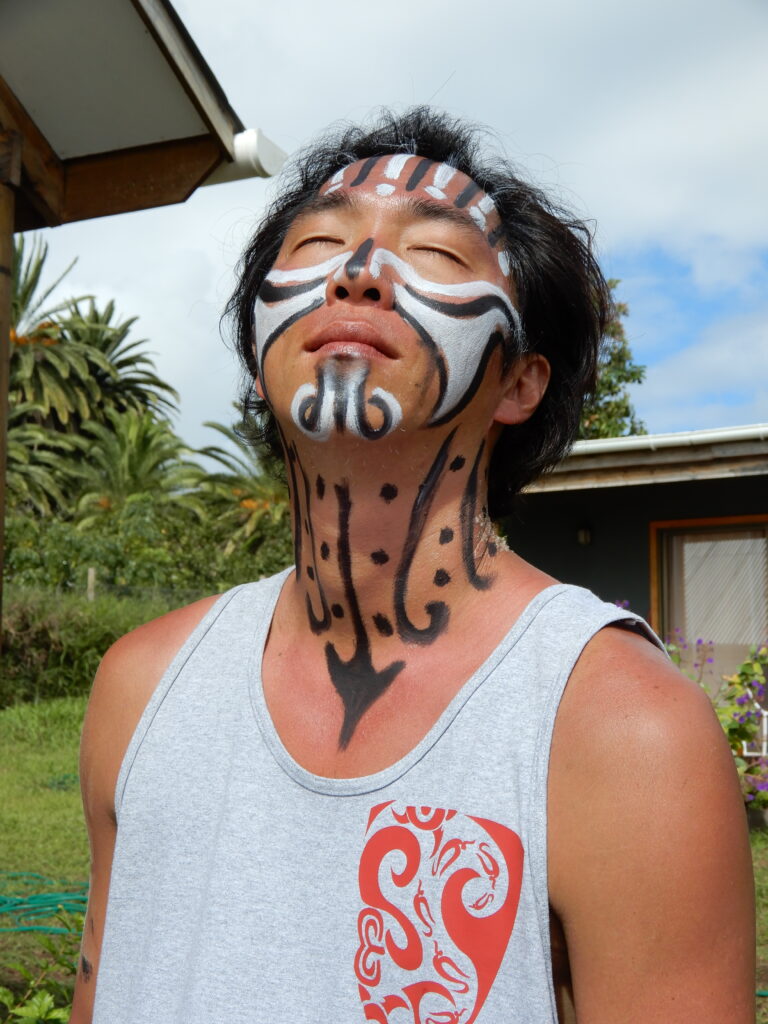
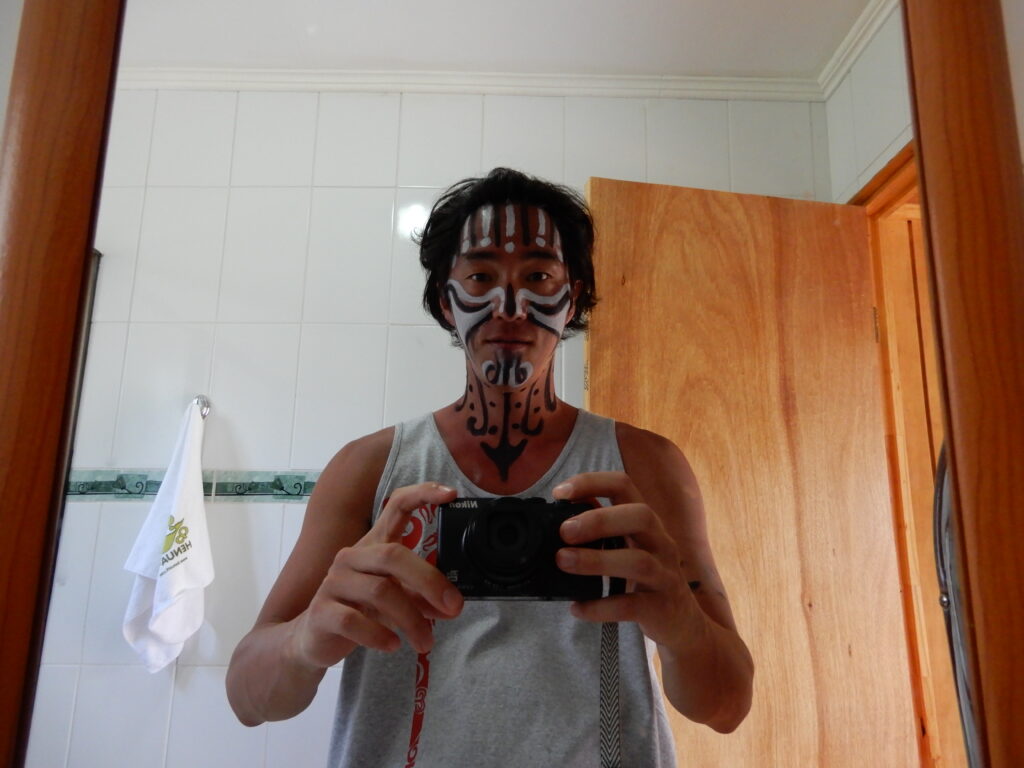
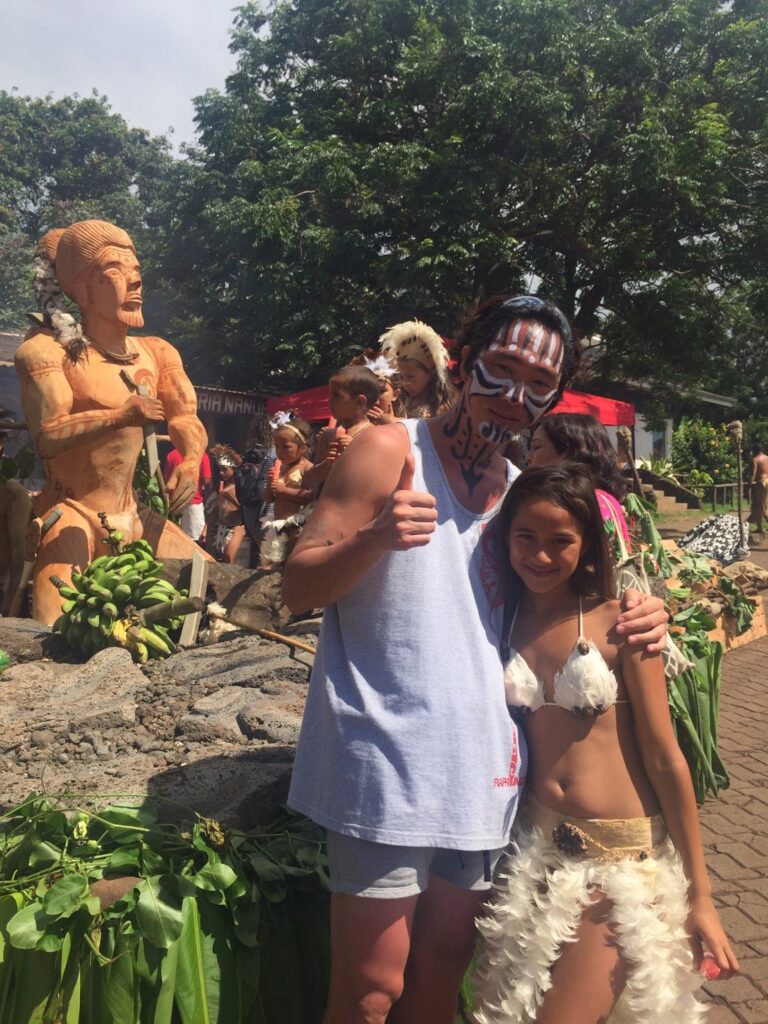
Farewell, Rapa Nui ⇒ Lima, Peru
But now we have to catch our flight. We took a shower to remove the paint and went to the Mataveri Airport, wishing I had done my research on such an enjoyable festival. Here we had a little accident. The owner of the cottage was supposed to pick us up at the airport, but she didn’t show up when it was time. It would take too much time to walk to the airport with our large luggage…
So I spoke English to a Spanish man who was staying in the cottage across the street, and he understood me, so I said, “This is why I need to call the owner, but our phones are not sim-free, so I can’t get through. The owner’s phone number is here (she had given me his business card), so could you call here?” I asked, and they called her.
The owner still did not pick up the phone…a few minutes later, the owner arrived by car. She drove us to the airport as if nothing had happened, but I was afraid that we might miss our flight.
We had spent four whole days in Rapa Nui. I felt as if this was the end of my world trip, but there are still many places to go. I boarded the plane, determined to come back again.
The interior lighting of LAN Airlines is purple. I love it, it’s so sexy. I am now heading to Lima, Peru.
